Best Time To Visit Asia


Asia through the seasons
The best time to visit Southeast Asia depends on which country you are planning to visit. You may wish to explore UNESCO-listed heritage sites such as Angkor Wat or Borobudur Temple, or meander down the Mekong in Vietnam aboard a luxury cruise ship. Relaxing on the golden beaches of Thailand or Bali are undoubtedly some of the best things to do in Asia , as are visits to Japan’s ancient shrines and temples, or China’s Great Wall. To help you make the most of your time in Asia and plan the perfect trip that matches all your interests, our experts provide an overview below on the best time for your Southeast Asia tours.
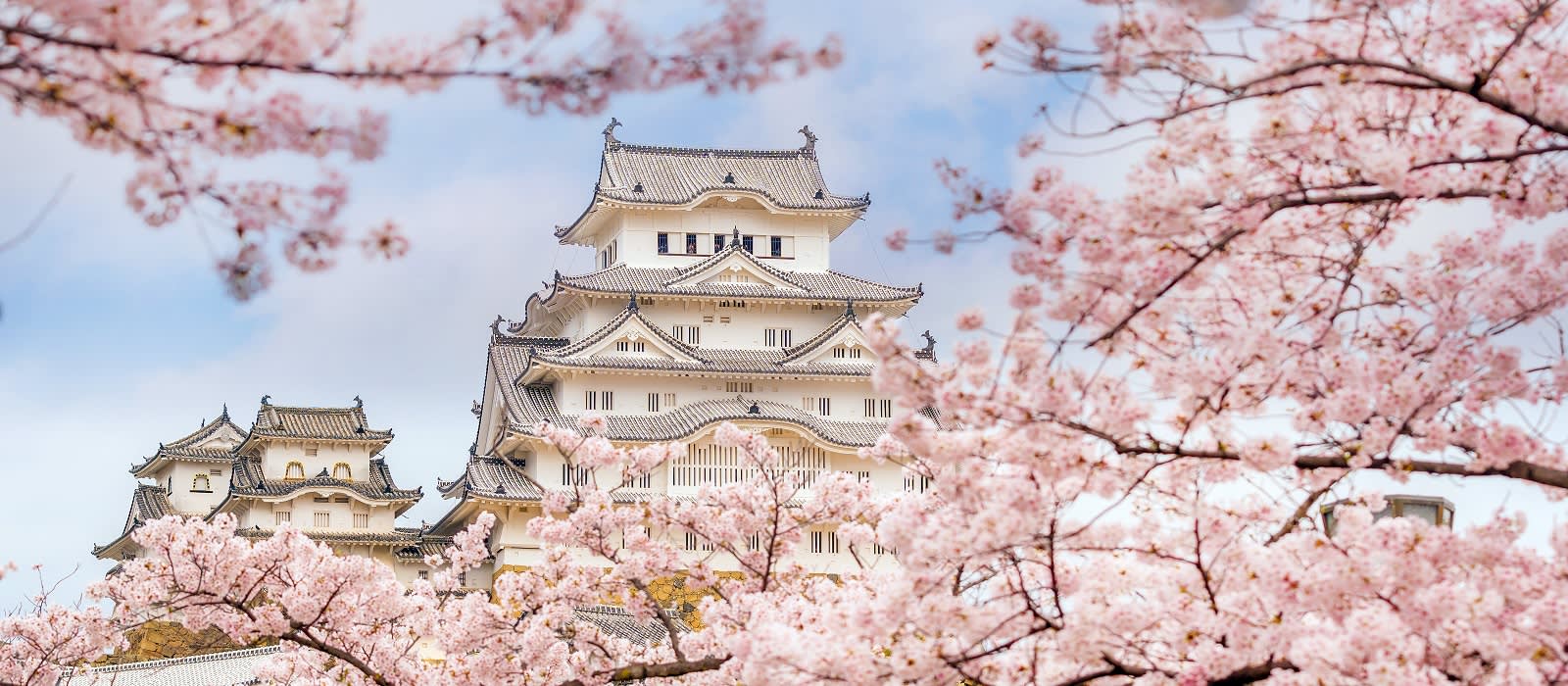
Travel to Bhutan during springtime, between March to May, when the rhododendrons and jacarandas in full bloom and many festivals are celebrated. Winter is an excellent season for birding enthusiasts and you can also indulge in rafting adventures in Southern Bhutan. With pleasant temperatures and excellent visibility, the autumn months between late September to the end of November, are ideal for traveling to Bhutan.
BEST TIME TO VISIT BHUTAN
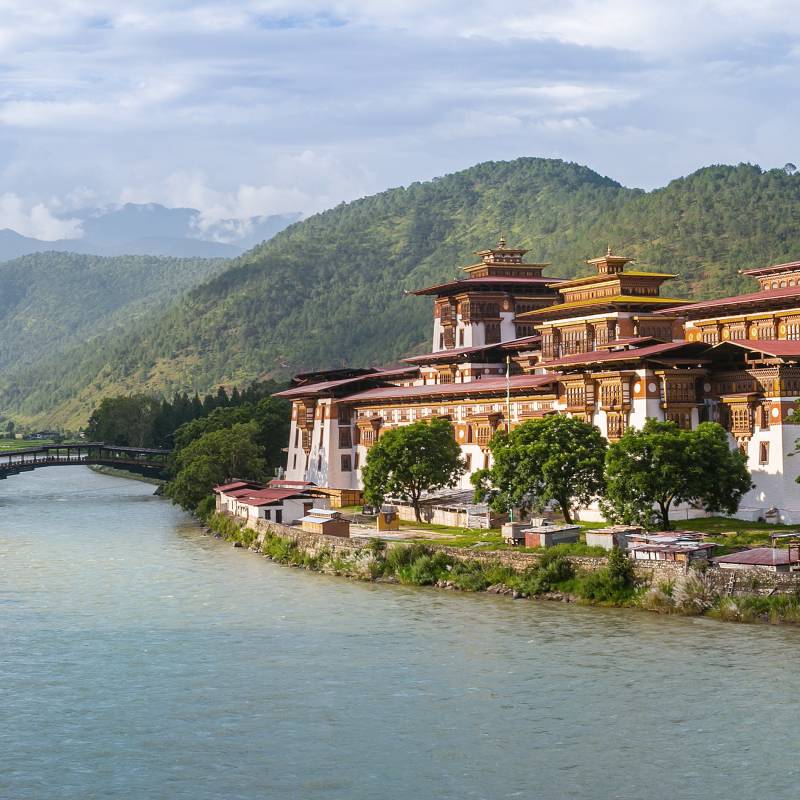
Cambodia experiences similar temperatures throughout the year, although rainfall can very greatly depending on which region you choose to visit. The dry months, between November and April, are the best time for Cambodia tours, when the humidity is low and daytime temperatures are below 30 ° C on an average.
BEST TIME TO VISIT CAMBODIA
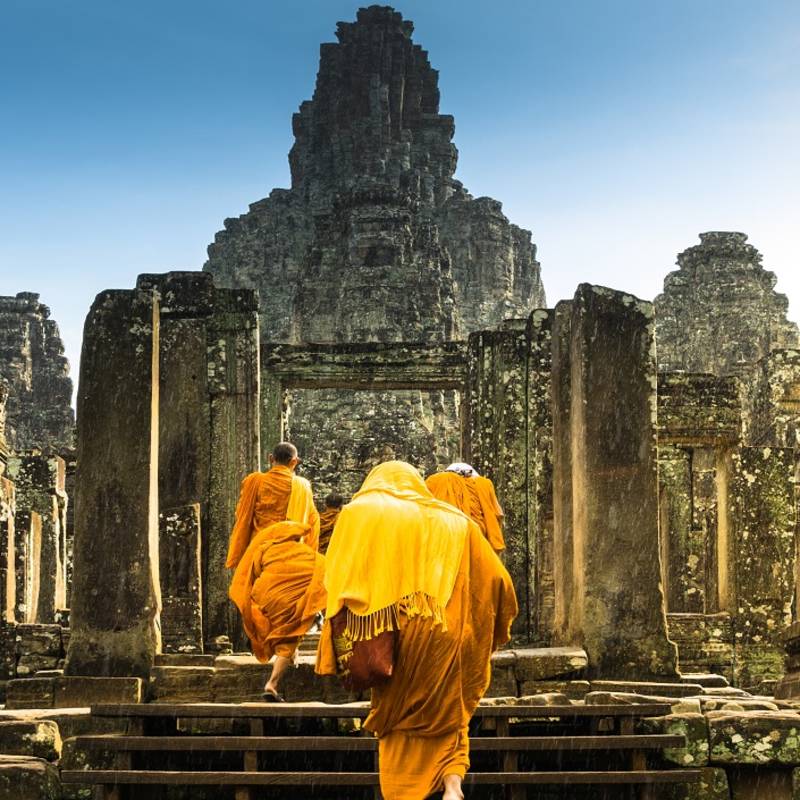
Spread over a vast expanse, the 17,000 islands of Indonesia naturally experience varied climates between regions. Indonesia experiences rain throughout the year, although in the dry season between April to October, rainfall occurs in short bursts. The monsoon season lasts from November to March. Therefore, it is best to travel to Indonesia between mid-April and the end of October, especially if you wish to visit Bali, Java, Lombok and Sulawesi .
BEST TIME TO VISIT INDONESIA
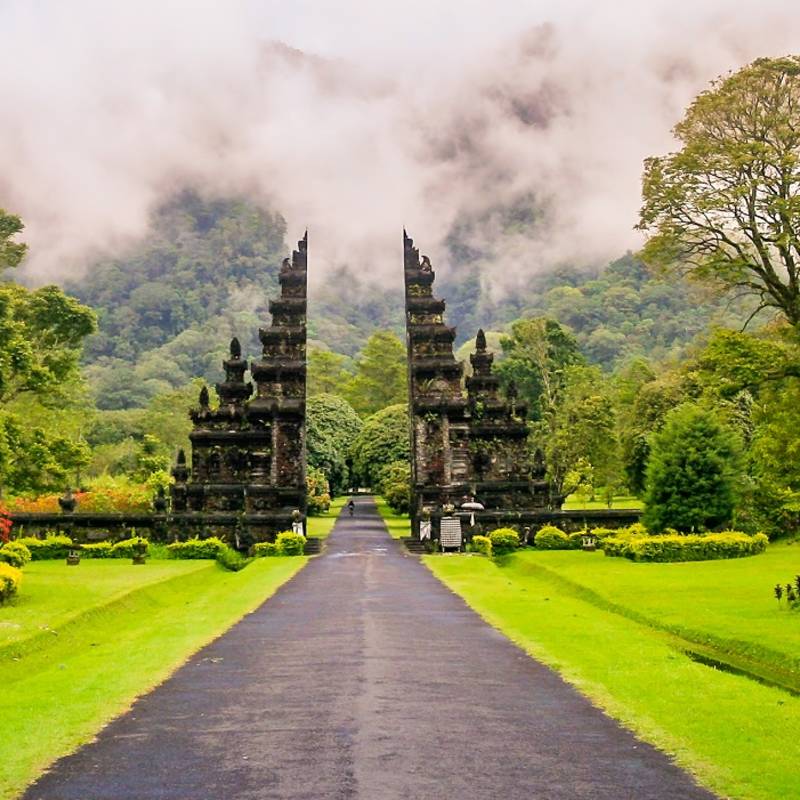
Traveling to Japan is especially recommended during the springtime months of March to May, when the cherry trees are in full bloom, especially towards the end of April. In autumn, between September and November, the weather is mild and pleasant as well.
BEST TIME TO VISIT JAPAN
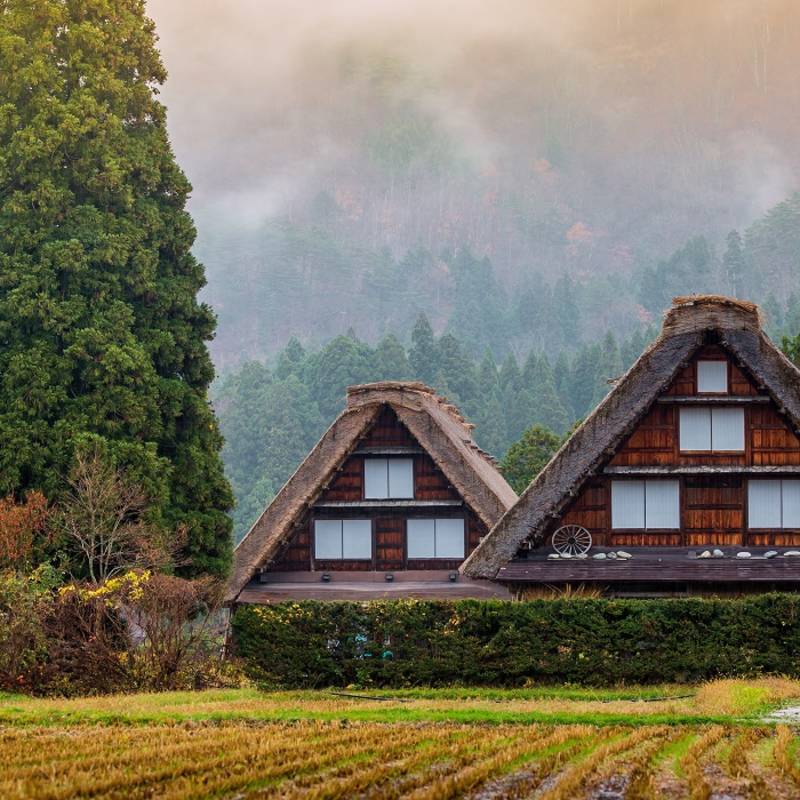
The best time to travel to Laos is during the dry season between October and April. In the summer months of March and April, temperatures can rise as high as 40 ° C. As the Mekong river dries up considerably in summer, river cruises are not possible.
BEST TIME TO VISIT LAOS
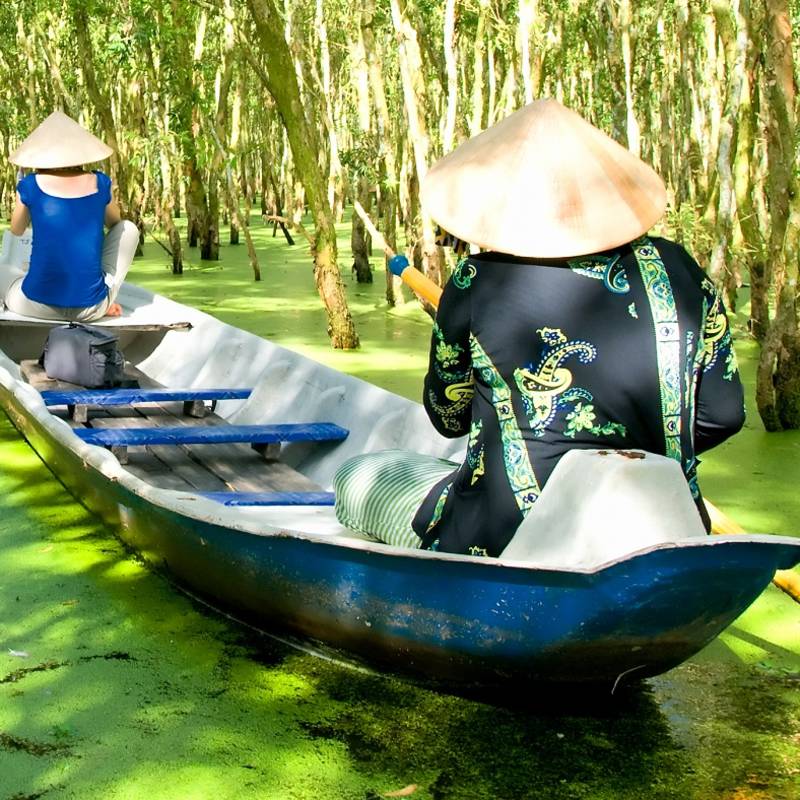
This paradise islands are blessed with amazing tropical weather throughout the year, and usually experience moderate climatic changes owing to their location on the Equator. Monsoon comes to the Maldives twice a year although there are no major cyclones as such. Rainfall and humidity levels are relatively low between December and April, making this the ideal time to visit The Maldives.
BEST TIME TO VISIT THE MALDIVES
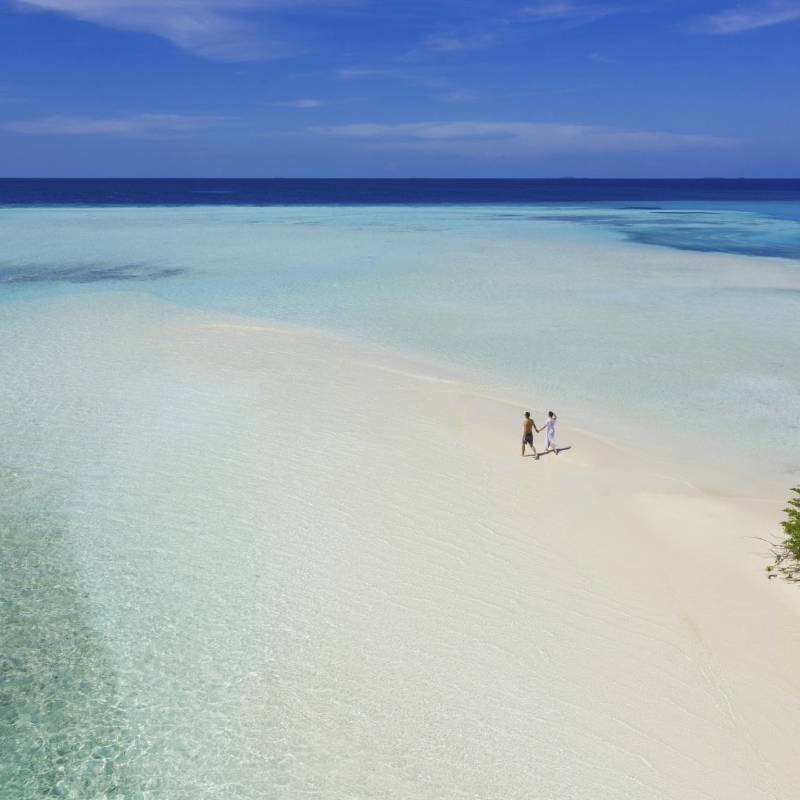
The dry months from November to March are ideal for your trip to Myanmar . Although the dry season lasts until May, it can get quite warm and humid from April onward. Although traveling to Myanmar is possible in the rainy months of June to October, this time is not suitable for beach holidays or hiking.
BEST TIME TO VISIT MYANMAR
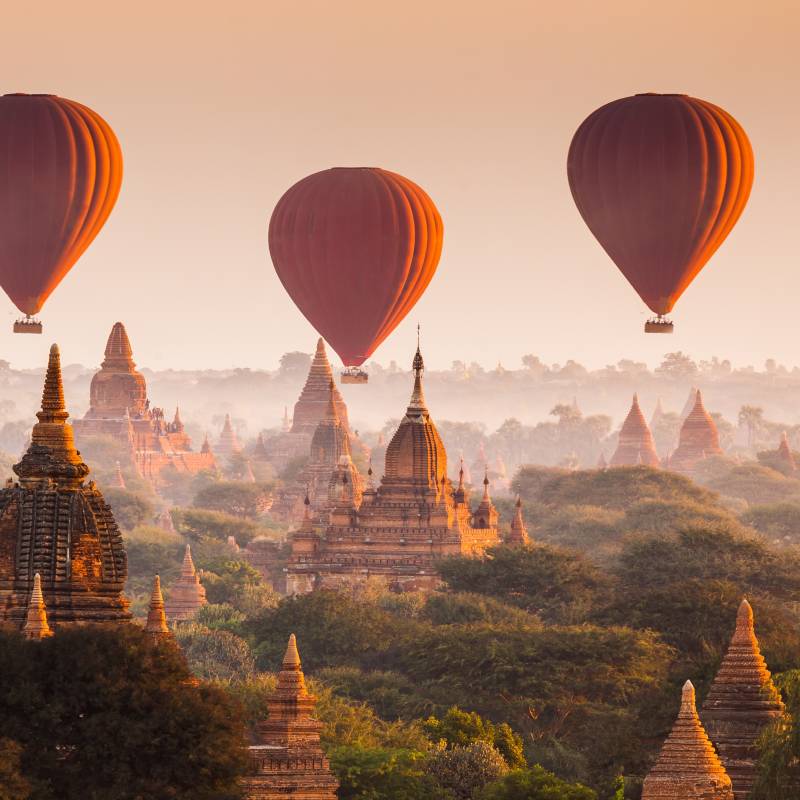
The monsoon lasts from late June to mid-September in Nepal , although the rest of the year is rather dry. Traveling to Nepal in the rainy season is not recommended. The country is beautiful between October and November after the rains, with lush green landscapes, refreshing mountain breeze and mild temperatures.
BEST TIME TO VISIT NEPAL
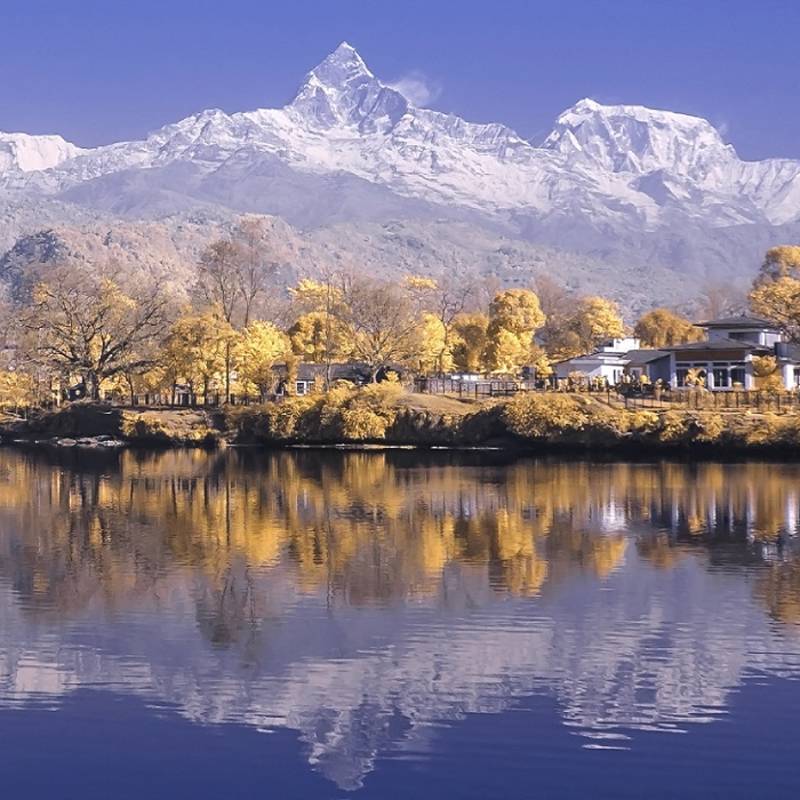
This teardrop shaped island experiences varied climatic conditions, with at least one region in the country dominated by rainfall at any given time of the year. In the west and south of the country, dry season begins in November and lasts until the end of March. Traveling to Sri Lanka is not recommended during the monsoon months of April to October.
BEST TIME TO VISIT SRI LANKA
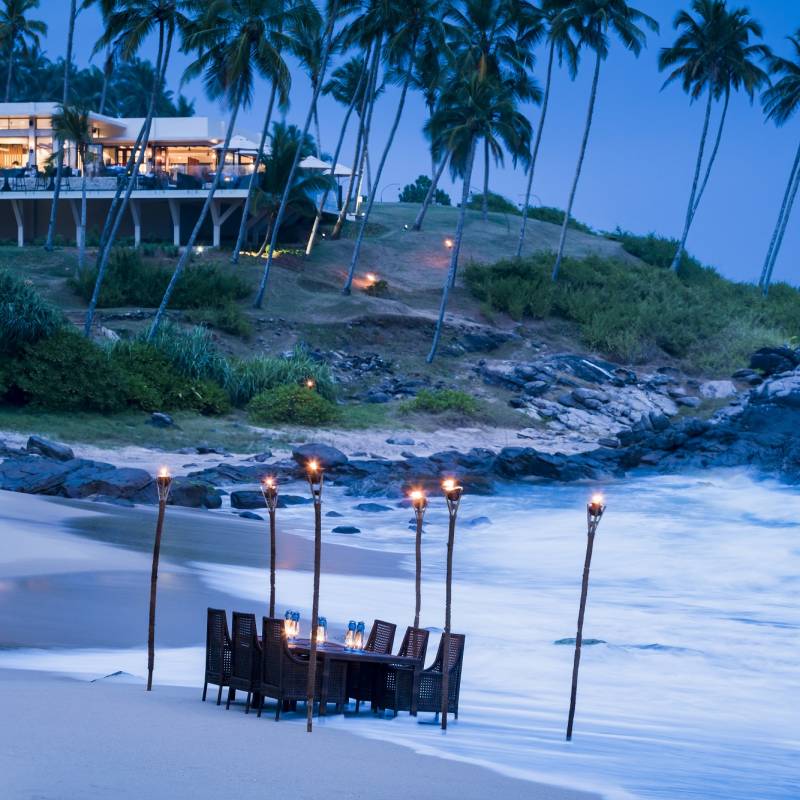
Thailand tours are best between November and February, when the temperature ranges between 30 to 35 ° C and humidity levels are at their lowest. From March to May, temperatures can rise up to 40 ° C, however, the climate also depends on which region you choose to visit. The months of April to June, September and October are not recommended for traveling in Thailand .
BEST TIME TO VISIT THAILAND
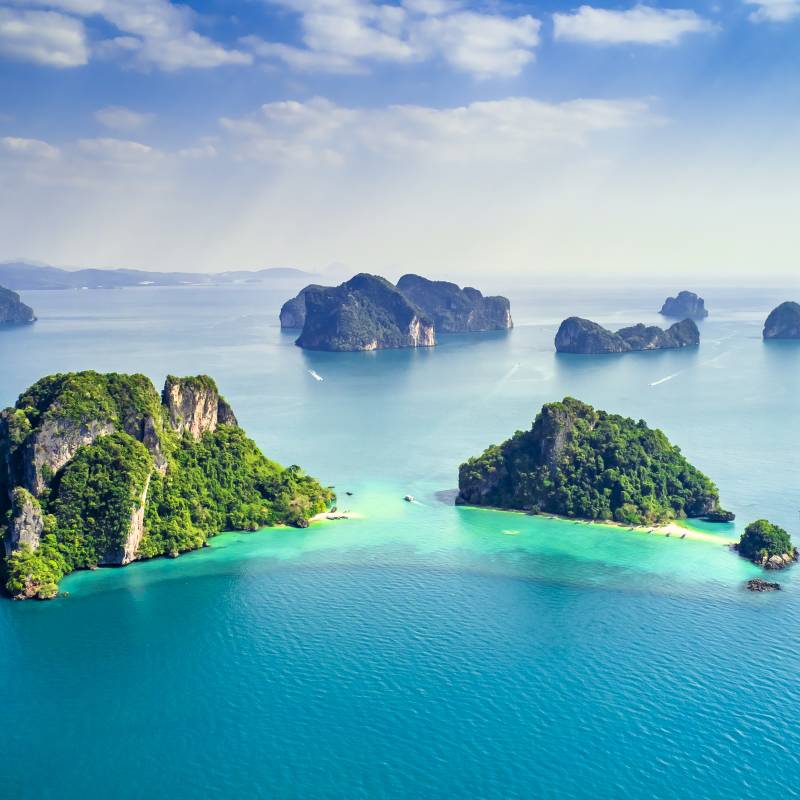
Travel to Tibet between the months of April to October. Once the snow begins to melt in April, the country experiences pleasant weather, gentle breezes and the occasional spell of rain. Many parts of Tibet that are inaccessible during the winter due to frozen roads, can be visited at this time. The winter months of October to March are not recommended for travel as it is freezing cold and many roads are blocked.
BEST TIME TO VISIT TIBET
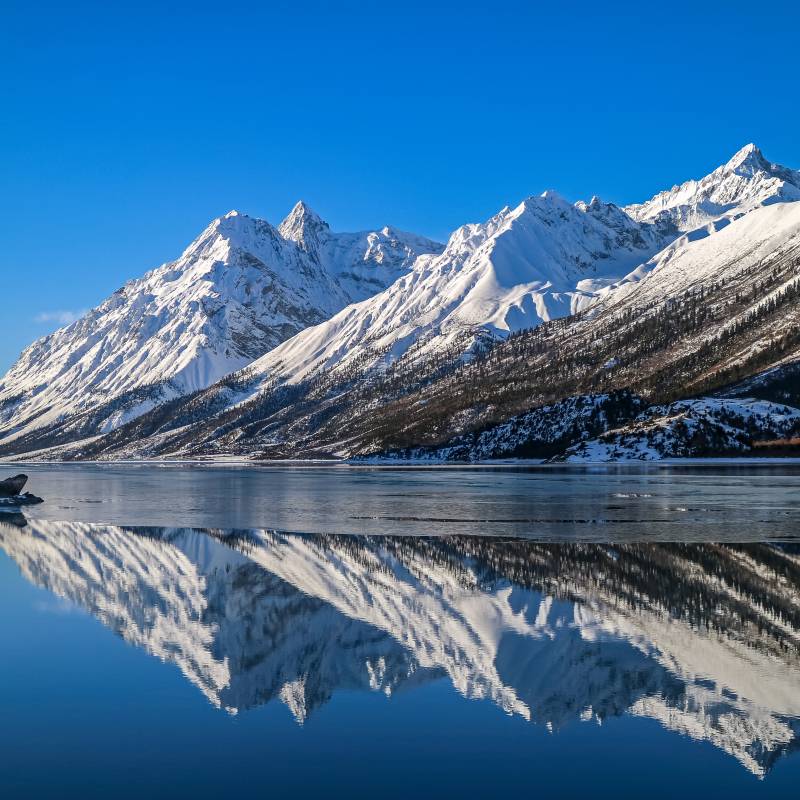
You can travel to Vietnam all year round, although the best time for travel depends on the region you visit. Travel to Northern Vietnam between October and April. Central Vietnam is most pleasant between February and April while Southern Vietnam is ideal for traveling in the months of December to February.
BEST TIME TO VISIT VIETNAM
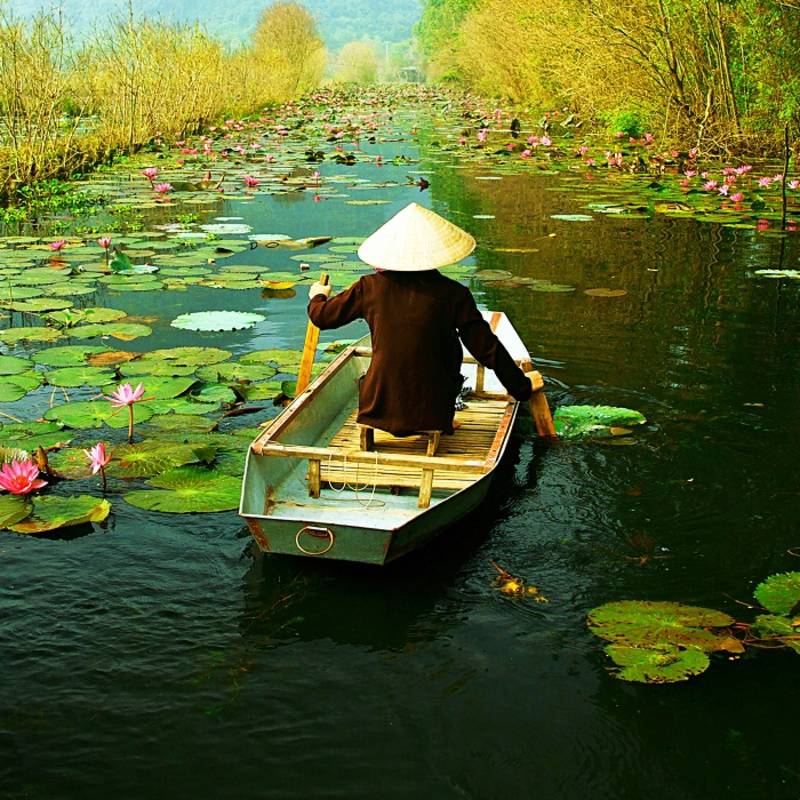
Best time to visit Asia
There are often drastic differences in climatic conditions between individual regions of Southeast Asia. Deciding on the best time to visit Asia can be challenging, especially if you wish to combine a visit to several countries in your itinerary.
Having traveled extensively in the continent, our Travel Consultants use their vast destination knowledge to advise you on the best time to travel to Asia according to your schedule and preferences. Customize one of our sample Asia vacation packages to match your preferences or contact us today for a tailor-made, obligation-free itinerary.
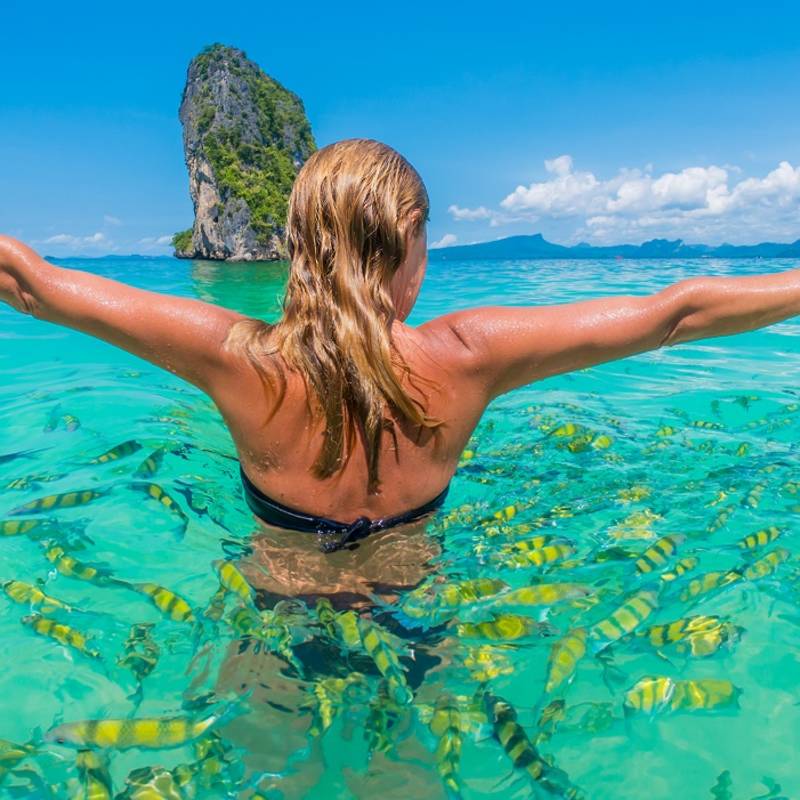
Recommended Vacations

Classic Japan and Seoul
Discover the unique cultures and highlights of Japan and South Korea at their top destinations.

Indonesia: Classic Sumatra
Discover the essence of Sumatra as you explore its history, culture and food. Marvel at landmarks such as the Tjong A Fie Mansion, Maimoon Palace and the Grand Mosque at Medan before heading into the Bukit Lawang region. Savor the local cuisine on a guided tour and keep an eye out for wild orangutans in…

Culinary Treasures of Thailand
Dig into the culinary delights of Thailand on this immersive tour across the country’s top three destinations – the capital city of Bangkok, vibrant Chiang Mai in the north and the gorgeous beaches of Phuket in the south.
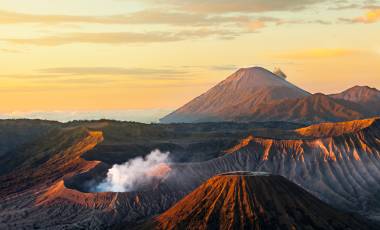
Java, Indonesian Borneo & Bali Islands: Culture, Wildlife & Nature
Embark on an enthralling journey through Java, Indonesian Borneo, and Bali, where culture, wildlife, and nature unite harmoniously. Discover Yogyakarta’s historic temples, Borobudur and Prambanan, and experience the vibrant nightlife with a personalized tour. Venture to Tanjung Puting National Park to spot wild orangutans on a traditional riverboat. Witness the dramatic landscapes of Mount Bromo,…
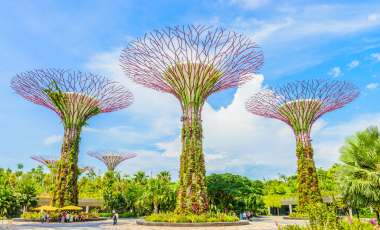
The Best Of Singapore
Discover the multicultural heritage of Singapore on this 4-day tour. An ideal stopover destination, whether you’re flying to Bali or Australia, this city state has much to offer, and is a vacation in itself. Visit the Botanical Gardens, a UNESCO World Heritage Site, go on an exciting night safari at the Singapore Zoo, stroll through…
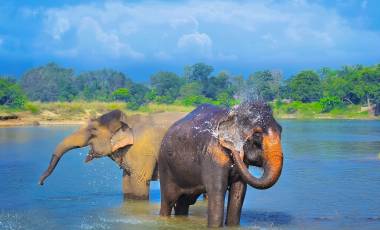
Nepal & Bhutan: Highlights
Discover the Himalayan kingdoms of Bhutan and Nepal on this 16-day tour. Start your journey in Kathmandu, the capital of Nepal, and take in its magnificent UNESCO World Heritage sites. Go on an exciting safari at the Royal Chitwan National Park and bask in panoramic mountain views in the scenic town of Dhulikhel. Continue your…

From the Blog

Best trips to take in 2020 – Dream destinations from around the world!
With the 2020s knocking on our doors, how about starting off the new decade with a big bang? What’s on your wishlist? Or are you still wondering where to go? Your friends at Enchanting Travels are here to help.
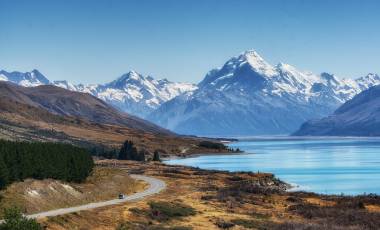
Here is Your Guide to the Best Road Trips Around the World
From fairy-tale castles to sparkling lochs, amazing wildlife and stunning natural scenery, embark on a truly immersive experience!

Top Picks: The Perfect Destinations for a Luxury Spa Vacation
We have handpicked a fascinating selection of luxury spa vacation destinations that combine the best in wellness treatments with luxuriant touches – a stay here will leave you refreshed, mind, body and soul.
What Our Guests Say

The Enchanting Difference
Authentic & unique.
Our award-winning, licensed local guides provide incredible insights and exclusive experiences for you.
Personalized & Private
Our experts completely customize your private tour to match your interests and preferences.
High-Quality Experiences
All our accommodations and services are personally tested by our team.
Fully Supported Travel
You’ll have a personal and dedicated trip coordinator, backed by 24/7 support in case of emergencies while you’re traveling.
Financial Protection & Flexibility
Your booking is flexible and completely secure with us.
Safe & Secure
Your safety and well-being are our top priorities.
Do you have a vacation in mind? Personalize your itinerary with our Trip Builder.

Change location
- Call us today from 9am
- 01993 838 925 01993 838 100 or
- REQUEST A QUOTE
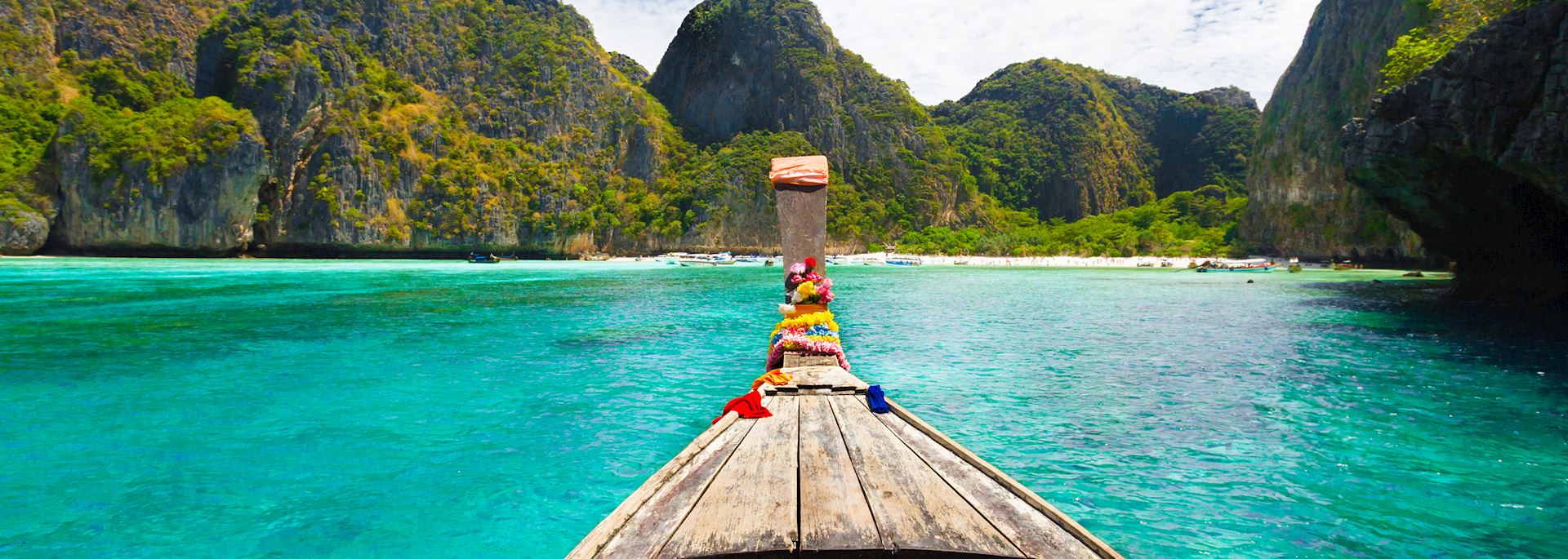
When is the best time to visit Southeast Asia?
- Month-by-month
The best time to visit Southeast Asia depends on where you want to go and what you want to do. There are some significant climate variations across the region, but rather than limiting possibilities, this makes Southeast Asia a year-round destination with good conditions for exploring throughout the year.
In general, the cool, dry season lasts from November to April across mainland Southeast Asia and the Philippines making this a good time to visit Thailand, Vietnam or Indochina, while Indonesia and Borneo are drier from April to October, and Malaysia offers year-round sun on one coast or the other.
- Make an enquiry
- Request a brochure
Month-by-month guide for travelling in Southeast Asia

Visiting Southeast Asia in January
January is a great time to visit Southeast Asia and is one of the driest months across the northern part of the region, with comfortable temperatures for beach going or more intrepid exploration. Thailand and Malaysia’s west coast beaches are bathed in sunshine, river travel in Vietnam is at its peak, and there are a host of festivals in Myanmar and the Philippines.
Events & Festivals
- Ati-Atihan is the Philippines’ largest festival. It takes place in Kalibo, with street dancing and wild costumes to celebrate an ancient land pact between settlers and indigenous Atis.
- Chinese New Year, Lunar New Year and Naga New Year are celebrated across the region with traditional festivals, drumming and dancing.
- Sinulog is Philippine city Cebu City's biggest annual event, featuring a huge street parade, live music and plenty of food and drink.
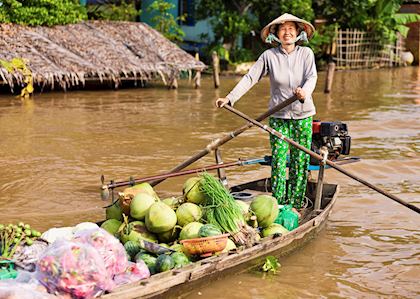
Visiting Southeast Asia in February
Pleasant weather across Myanmar makes February a good time to explore the plains, foothills and beaches. High water levels in Tonle Sap and the Mekong make it a good time for river travel in Cambodia, while it’s not too hot for exploring the temples of Angkor. For good-value beach breaks, the west coast of Thailand and Malaysia are good bets.
- Chin National Day (20th February) is a day of celebrating the culture, traditions, history and language of the Chin people in Myanmar. Festivities include traditional bamboo pole dances.
- Tet is the biggest festival of the year in Vietnam, celebrations for the lunar new year can last a week or more and travel may be busier.
- Wat Phou Festival sees Laos’ Buddhists attend a three-day festival in Champasak, taking part in processions, recitals, boat races and dances.

Visiting Southeast Asia in March
It’s shoulder season in Borneo with mostly dry weather, low visitor numbers and promotional rates making it a great time to visit. Thailand and Malaysia are hot and sunny offering the pick of beaches on both coasts, and it’s a great time to visit Halong Bay in Vietnam or Cambodia, but you’ll need to book well in advance.
- Easter brings holy week celebrations in the Philippines, include large-scale religious processions with floats, costumes, masks, food and music.
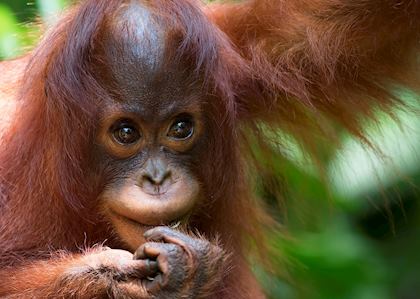
Visiting Southeast Asia in April
It’s reaching the end of the dry season in Thailand, Malaysia, Vietnam, Cambodia and the Philippines, temperatures are rising and visitor number are high. Book well in advance. It’s a good time to go trekking in Borneo and see orangutans, and Indonesia is beginning to dry out with promotional deals making it a good-value destination at this time of year.
- Songkran in Thailand, Thingyan in Myanmar and Lao New Year are celebrated with scented water thrown in the streets and onto passers-by as a cleansing ritual and a sign of goodwill.
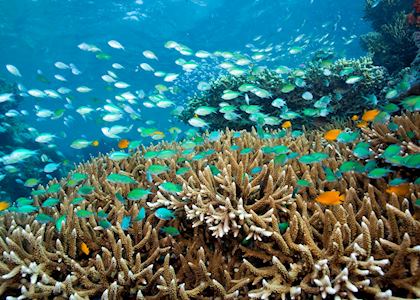
Visiting Southeast Asia in May
May is a great time to visit Borneo, Bali, Lombok or the east coast beaches of Thailand and Malaysia. With long hours of sunshine, clear seas for snorkelling and diving, good orangutan viewing and shoulder-season prices, it’s one of our preferred times of year to travel here. Heat and humidity are building in Vietnam, Cambodia and Laos in advance of the rains.
- Boun Bang Fai, normally held in May or June, is a festival that marks the sixth month of the lunar calendar in Laos with homemade fireworks and rocket competitions.
- Flores de Mayo is a month-long, countrywide religious festival in the Philippines celebrating the coming of the rains. Processions are sometimes held after dark and lit by candles, creating a wonderful ambience.
- Gawai Dayak is an annual harvest festival celebrated by the Dayak people in Sarawak, where it's a public holiday. It's marked by the sharing of food, decorated longhouses and traditional dress.
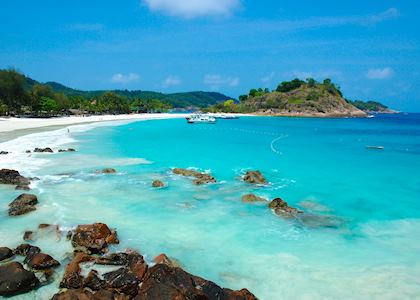
Visiting Southeast Asia in June
Diving season is at its peak in Tioman, Redang and the Perhentians off Malaysia’s east coast, while Indonesia and Borneo are hot and dry with ripe fruit drawing orangutans to lower branches making forest treks particularly rewarding. June is shoulder season in Thailand and Central Vietnam and a good time to find a hotel deal before the European school holidays begin.
- Chinlone Festival lasts for almost a month. This Mandalay festival sees hundreds of chinlone (cane ball) teams compete in the traditional sport of Myanmar to live music.
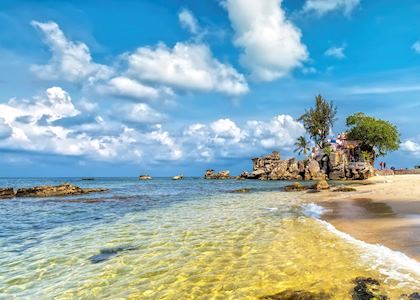
Visiting Southeast Asia in July
It’s peak season on Malaysia’s east coast and in Indonesia with great visibility for diving but higher prices and busier resorts. Good orangutan sightings and turtles on the beaches makes Borneo a popular destination. Central Vietnam is hot and sunny and cruising along the Chindwin River in Myanmar is at its peak but the rains make road travel difficult.
- Borneo Cultural Festival is a ten-day annual festival held in Sibu with music performances, contests and plenty of good food.
- Rainforest Music Festival brings renowned world musicians and indigenous musicians of Borneo gather in Kuching to perform, with lectures and workshops for visitors.
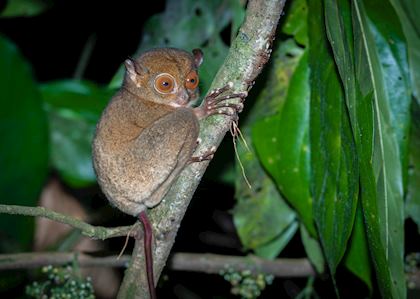
Visiting Southeast Asia in August
A great time for wildlife enthusiasts to visit Borneo, the weather is hot and dry in August with turtle hatchlings on the beaches and great trekking but busy hotels. It’s peak season in Indonesia with great weather for temple visits, jungle hikes or relaxing on the beach, and the Malaysian east coast beaches are hot and sunny. Book well in advance.
- Taungbyone Nat Festival is a major gathering place for spiritual mediums in Mandalay. This festival attracts pilgrims and visitors in their thousands to make offerings and enjoy dances and other celebrations in honour of two famous nats (spirits).
- Yadana Gu Nat Festival is an eight-day festival in Amarapura in Myanmar, led by spirit mediums said to be possessed by nats (spirits) during the ceremony. Ritual dances and songs are performed and visitors make offerings of food, flowers and money to the nats.

Visiting Southeast Asia in September
Borneo is fine and dry throughout, so it's still a very appealing time to visit for relaxing on the beach, snorkelling and wildlife watching on Kinabatangan River. The weather in Indonesia also continues to be hot and dry but the summer crowds have eased and prices have dropped making it a great time to visit.
- Borneo International Kite Festival sees hundreds gather at Old Bintulu Airport to fly brightly decorated and complex kites.
- Pchum Ben is an important Buddhist festival marked throughout Cambodia over 15 days, with the main celebrations taking place on the final day as locals pay their respects to deceased relatives.
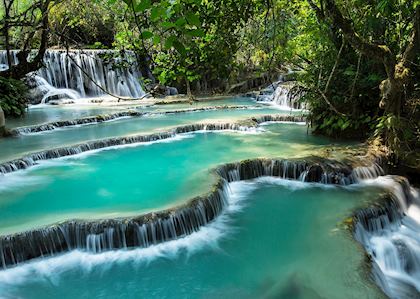
Visiting Southeast Asia in October
Dry weather begins to return to Laos and Cambodia with the landscape looking particularly lush after the rains. There are few visitors and early season offers make it a good value time to visit. Northern Vietnam is dry and sunny making it a good time to trek in Sapa, and it’s prime season for diving in Sipadan off Borneo.
- Boun Ok Phansa is a boat racing festival celebrated at the end of the rainy season in Laos. Elaborate boats are raced along the Mekong River and various festivities take place on the riverbank in honour of the Naga king.
- Deepavali/Diwali, the Hindu festival of lights, is celebrated throughout Borneo as families gather to pray and give gifts.

Visiting Southeast Asia in November
Temperatures rise and the weather is dry across Vietnam, Laos, Cambodia and Myanmar marking the start of the high season with rising prices and greater numbers of visitors. It’s a particularly good time to get out on Tonle Sap lake in Cambodia or go river cruising in Laos, but book well in advance.
- Bon Om Touk, the Cambodian water festival and one of the nation's most popular events, is celebrated over three days with concerts and boat races in Phnom Penh.
- That Luang Festival is a three-day religious festival in Vientiane where tens of thousands of monks and pilgrims gather at the That Luang or Grand Stupa bearing wax candles.

Visiting Southeast Asia in December
Vietnam, Laos and Myanmar are hot and dry and at the start of their peak season, book early to avoid disappointment and visit earlier in the month to avoid the most popular times around Christmas when prices rise considerably. It’s also the start of the peak season in the Philippines, though there is still a small risk of cyclones.
Our recommendations for when to visit Southeast Asia
- Not recommended
- Winter season
Southeast Asia trip ideas and travel guides

Essential Vietnam tour
13 days from £3,730pp
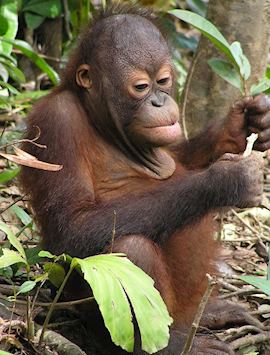
Orangutans & islands of Borneo
15 days from £3,440pp
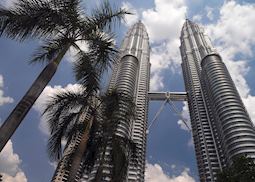
Asia's best city & beach combinations
10 min read

Crossing the border: multi-country trips through Southeast Asia
12 tips for your first trip to Southeast Asia

Editor's note: The team at The Points Guy loves to travel, but now is not the time for unnecessary trips. Health officials note that the fastest way to return to normalcy is to stop coming in contact with others. That includes ceasing travel. We are publishing travel deals and destination content because we should all use this time to think about and plan our next adventures. TPG doesn't advise booking trips for travel until summer or fall — and even then be mindful of cancellation policies. This story has been updated with new information.
Southeast Asia is one of the most magical regions on earth. Filled with stunning beaches , historic temples, verdant jungles and bustling cities, there's something for every traveler there. But staying healthy and safe is something to consider when visiting a region so different from your own, especially for the first time. Things like visa requirements , best times to visit, currency exchange and what to bring may be at the top of your mind, as well as the most obvious question -- which country should you visit?
After a number of long-term visits over the years to varying countries in Southeast Asia, I've learned a thing or two. Beginner travelers should check out these travel tips and follow this Southeast Asia travel advice when considering a visit to the region for the first time.
1. Pick your countries wisely
While it's tempting to visit many countries and cities on a single trip to Southeast Asia, it's worth taking it slow and digging into the culture of a single country and/or just a handful of places, rather than exhausting yourself with a travel itinerary that has you hopping all over what amounts to an enormous territory.
For example, Bali , Indonesia and Hanoi, Vietnam , are both set within Southeast Asia, but beware -- they're a seven-hour flight away from each other. Before you commit to flights and accommodation , pull out the map and choose countries/cities that are relatively close together or are easily accessible by nonstop flights or direct trains.

When deciding on the best country to visit in Southeast Asia, you should also take into account whether you want to explore cities, relax on beaches, see the outdoors or embrace culture, cuisine and history.
The best country to visit for beginner travelers could be Thailand. First-time visitors to the region may also enjoy Bali, Indonesia. Both of these spots are used to an influx of tourists and have plenty of amenities. They're both relatively easy to navigate and have friendly locals that speak English.
More experienced travelers or those wanting an adventure may prefer spots like Myanmar, Malaysia or Laos. While almost all Southeast Asia destinations welcome backpackers with open arms, Cambodia is very backpacker-friendly -- and is extremely affordable, especially outside of tourist destination Angkor Wat. Those wanting to lap a country from top to bottom should head to Vietnam. For unexplored beaches, visit more off-the-beaten-path islands in Indonesia (that aren't Bali) or the Philippines .
Related: 9 of the best sustainable backpacks for travelers
2. Check visa requirements
Several Southeast Asian countries require your passport to have at least six months' worth of validity left or a specific number of empty pages -- and visa requirements seem to be constantly changing. For example, a few years ago, e-visas weren't available online for several entrance points in Myanmar, but now they are. Meanwhile, Vietnam has changed its visa requirements in past years and now citizens from several European countries no longer need a visa to enter.
Check visa requirements ahead of time and apply online if possible. For example, U.K. nationals will find that applying for a visa to enter Laos online is relatively straightforward and can ease hassle upon arrival, especially when you're jet-lagged in a new and unfamiliar country.

If you do end up needing a visa upon arrival at your chosen destination(s), be prepared with the proper currency and passport-size photos of yourself. Many airport visa offices have ATMs/exchange services (albeit with terrible rates) and photo booths, but if you arrive with these items in hand, as well as any forms you might need printed and filled out ahead of time, the visa experience will be quicker and easier.
Also, be sure to grab a couple of extra entrance and exit forms each time you enter a country -- if you end up leaving and reentering that country by bus, boat or train, having the correct forms handy will enable you to save time you'd otherwise spend in a line.
3. Pack light and right
Deciding what to bring to Southeast Asia is a common conundrum. Try to pack as light as possible and do laundry wherever you go rather than trekking around with an overweight backpack or heavy trolley bag. In most Southeast Asian countries, you can get your clothes washed, dried and ironed in under 24 hours for the equivalent of a couple of dollars, and at street markets, you can shop inexpensively for any extra clothes and toiletries you may need.

These are the things you should make sure to pack:
- raincoat/umbrella (especially during rainy season)
- modest clothing covering knees/shoulders for temple visits
- first aid kit (including all kinds of stomach medicines)
- small flashlight
- earplugs/ sleepmask
- hand sanitizer
- travel packs of tissues (note that squat toilets usually aren't equipped with toilet paper)
- adaptor/multi-port plug that allows you to charge a few of your electronics at once
Related reading: 14 packing hacks for traveling with just a carry-on
4. Best times to visit Southeast Asia: rainy or dry season?
You can organize your trip in one of two ways: picking a destination(s) first and then selecting the best time to go, or picking your destination(s) based on what will have the best weather during the time you're able to visit. Most countries in Southeast Asia have two main seasons: wet and dry.
Even certain regions within countries can have separate rainy seasons . For example, if you want to have a beach holiday in Thailand over Christmas, it's better to choose islands in the Andaman Sea, which are sunny, like Koh Lanta or Koh Yao Yai and skip the Gulf of Thailand islands, such as Koh Samui or Koh Tao, where it's rainy season.

If you're visiting larger cities, rainy season may not be so bad. You'll experience a downpour or two for sure, but you may get cheaper hotel deals or better value on airfare. But, it may be best to avoid smaller towns or villages during the wet season where lack of infrastructure during floods may complicate your stay.
It's also important to consider additional seasonal situations -- like burning season, where many Southeast Asian regions burn brush and old crops to prepare for planting. Air quality is bad during this time and may affect tourists, especially those with respiratory problems.
5. Safeguard your health
Before you travel to individual countries, check their vaccine requirements and recommendations -- and then actually get those vaccinations. If you're worried about the expense, be aware that you can opt to get your vaccinations upon arrival in Bangkok , where they're often affordable at local health centers. When traveling to any Southeast Asian country, getting tetanus shots and typhoid vaccines are generally a good idea. In addition to any necessary vaccines, seek out strong mosquito repellent, as this can help protect you from dengue fever and malaria.

6. Get travel insurance
Plan to get travel insurance when visiting the region, because health risks in Southeast Asia don't entirely diminish even if you've had your vaccines. As Southeast Asia trips often include adventures like indulging in street food, zip-lining, scuba diving , jungle treks and motorcycle rentals, it's wise to have a policy in place.

During a previous trip to Thailand, I developed an ear infection from snorkeling . Thanks to my travel insurance, I was in and out of a doctor's office within an hour, complete with medicine and a special souvenir bag (see above) -- all covered by my policy. Years ago in Malaysia, my husband cut his foot on coral while diving and required antibiotics. Having travel insurance made the situation an easy (and free) fix. Insurance policies can also cover non-health-related problems such as lost luggage or issues with flights and hotels, so look into getting the best travel insurance policy for you.
7. Consider alternate travel methods
While we love a good points and miles deal, using trains, low-cost airlines and ferries is a great way to save money while moving from place to place. Buses are generally the cheapest method of transport in Southeast Asian countries, but be aware of travel scams and know that you might be in for dirt, dust, unpleasant (or simply strange) smells, crowds, bumpy roads and more.

Ferries can sometimes be crowded, but are a quick, cheap and a direct form of travel between islands, and though often slow, trains are a fun way to explore and see the lay of the land(s). Low-cost carriers such as AirAsia, Bangkok Airways , Nok Air, Tiger Air and more offer cheap flights to a variety of destinations -- and some even have frequent flyer programs . Though often a splurge in comparison to bare-bones taxi-boat journeys, river cruises are luxurious, scenic adventures and a great mode of transportation.
8. Rent a scooter at your own risk
If I had a dollar for every 20-something I saw with a bandaged knee, chin or foot in Thailand, I would easily be rich. Renting scooters can be a great way to get around, but in some Southeast Asian countries you'll need to drive on a different side of the road you're accustomed to and you may have to battle intense traffic, hills, curves, stray dogs, dirt or sand roads, crazy taxi drivers -- and worst of all, other foreigners driving scooters who are unfamiliar with these conditions. Even though many locals and tourists don't wear helmets, you still should.

Before you head off with a rental scooter, be sure that your rental agent sees you taking detailed photos and/or videos of the bike, and actively point out any scratches or concerns to them. Though scooter rentals are often just a few dollars per day upfront, scooter scams are common, where a rental agent will insist that you've scratched or otherwise damaged their motorbike, charging you hundreds (or even thousands) of dollars in damages before they'll return your passport to you.
9. Be smart about currency exchange
Airports and banks often charge excessive fees to exchange money, but you'll usually get a decent exchange rate if you wait to change money once you're in Southeast Asia. However, know that Southeast Asian hotels generally offer terrible exchange rates, so stick to banks or other spots that advertise "Money Exchange." Make sure to change plenty of cash, as street market vendors, taxi drivers and smaller restaurants may not take credit/debit cards.

Many hotels and larger restaurants will take credit/debit cards though, so make sure to use ones that hold no foreign transaction fees.
10. Avoid "temple burnout"
"Temple burnout" happens when you see so many ornate and beautiful temples that they all begin to look the same -- and you lose interest in seeing any more, ever. To avoid this malady, arrange some non-temple-oriented activities on your Southeast Asia travel itinerary, or simply take a day (or two) off to relax and rest your eyes. After a bit of visual reboot, you'll have a whole new appreciation for a region of the globe that has more amazing temples than you could possibly imagine.

11. Don't be afraid to bargain
You should absolutely bargain with local street vendors or at markets -- it's a cultural norm to do so. I've had some great times bargaining and laughing with street vendors and even made friends with a few locals along the way, coming home with memorable souvenirs for my efforts. Just make sure to barter reasonably and always with a smile on your face. The point of bargaining is to engage with locals and agree on a fair price, not to cheat them or get scammed yourself.

12. Be a responsible tourist
It's best to avoid orphanage tourism, hill tribe visits or any activity that exploits children, ethnic groups or animals. When participating in elephant tourism, make sure to carefully vet your organization and make sure they're protecting the animals in lieu of harming them.
While begging children may tug at your heartstrings, the more money they earn from tourists, the more their parents see them as a source of monetary gain and the less inclined they are to send them to school -- where they'd have a shot at a better future.

When diving/snorkeling or out in nature, make sure to adhere to the no trace policy , not littering or taking anything from delicate natural environments.
If you want to lend real support to locals in Southeast Asia, dine at Tree Alliance restaurants . Located in Myanmar, Cambodia and Laos, these eateries train disadvantaged young adults as chefs and waiters and also donate money to programs that assist low-income locals to get jobs. Offering traditional cuisine, these restaurants provide a delicious way to help.
Related: 5 tourism-supported charities that need your help now more than ever
Or, visit an organization like Big Brother Mouse in Luang Prabang, where tourists can read books, play games or chat with kids and teens eager to practice their English.
Related: How to be a better traveler
Bottom line
Armed with these useful travel tips for Southeast Asia, you'll have a safe, smooth and successful first trip to this beautiful region. Happy travels!

MyFunkyTravel
Backpacking | Budget Travel | Living Abroad
When to Go to Southeast Asia – Best and Worst Times to Visit
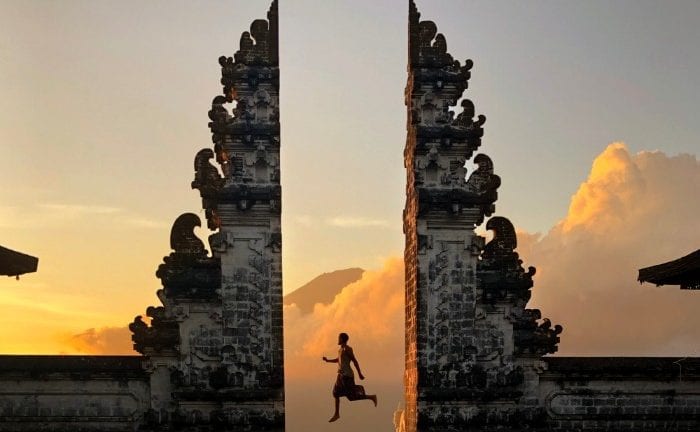
Planning a backpacking trip in any reasonably large region can be quite a headache, particularly when it comes to judging the optimum times to visit the destinations you have in mind. A region like Southeast Asia has some fairly large climatic variations as you move around. Therefore whatever time of year you pick, you’d have to be seriously lucky to avoid bad weather altogether. This article though should help you determine the best time to visit Southeast Asia, although that answer may be different depending on what your priorities are.
Table of Contents
January & february, march & april, may & june, july & august, september & october, november & december, best time to visit thailand (south), worst time to visit thailand (south), best time to visit mainland southeast asia (northern thailand, laos, cambodia, vietnam), worst time to visit mainland southeast asia (northern thailand, laos, cambodia, vietnam), best time to visit bali (& around), worst time to visit bali (& around), southeast asia’s best festivals, backpacking southeast asia – best time to go, southeast asia climate.
The year starts at the very peak of the tourist season in Southeast Asia. Mainland SE Asia and the Philippines are mostly warm and dry but temperatures aren’t as scorching as at other times in the year. The January rains fall further south with the East Coast of Malaysia (mainland) and much of Indonesia experiencing heavy rain at this time. That situation generally continues into February although the Malaysian rains have eased by the end of the month.
Mainland Southeast Asia continues to be mostly dry heading into March but the heat is becoming noticeably more intense. Indonesia’s most popular travel regions meanwhile are approaching the end of their rainy seasons. By April, much of Southeast Asia is now as hot as it is all year making travelling and sightseeing a sweaty pursuit. You can though find some respite in more Northern regions. Hanoi for example is a tolerable 28°C and experiences more of a typical Northern Hemisphere climate with clearer winter and summer patterns, not that it ever gets seriously cold.
The heat remains intense in May in most of the mainland and the Philippines making the start of the monsoon season a somewhat welcome relief in June. Most of the rainfall at this time comes in the form of a short, sharp downpour. By the end of June, Bali is pretty dry and marginally cooler than earlier in the year making it a popular time to visit.

The rainy season in most of Southeast Asia becomes more intense in July but there are exceptions. Koh Tao and Koh Phangan for example are more likely to escape the worst of the rainfall at this time. By August, afternoon showers are more the norm again although you can still expect the odd total washout when travelling around the region, which can be a slow and miserable experience on the wettest days. Indonesia is a better place to be around August and September.
Bangkok experiences its wettest month of the year in September and flooding is not uncommon in much of Thailand, Cambodia and Laos at this time while typhoons can sometimes wreak havoc in Vietnam and the Philippines. The situation continues into October but has generally eased considerably by the end of the month.
By November the rainy season is more or less over in most mainland areas and most of the region is green but dry with temperatures cooling down, particularly at night in the North or in raised areas. The rains though have returned to the East Coast of Peninsular Malaysia (spreading into Southeastern Thailand) and much of Indonesia and remain until into the New Year. December marks the start of what is considered ‘peak season’ in Southeast Asia with warm, dry conditions awaiting the masses of visitors that come over the Christmas and New Year period.
Worst & Best Time to Visit Southeast Asia – Main Destinations
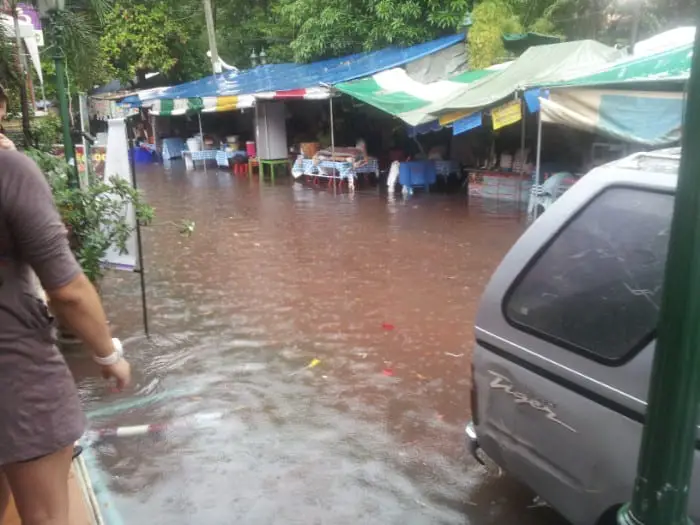
In purely weather terms, there are a few simple rules of thumb to follow in determining when to visit Southeast Asia but the situation isn’t the same across the board so you will need to decide upon your priorities.
Southern Thailand stays hot throughout the year with maximum temperatures ranging from 30 to 35°C on the Andaman side (Krabi, Phuket, Phi Phi) and a fraction cooler 29 to 33°C on the islands in the Gulf of Thailand (Koh Tao, Koh Phangan, Koh Samui). Any day of the year can provide great beach weather but you stand the best chance of avoiding the rains between December and March on the Andaman coast while February to April are the best months in the Gulf of Thailand with fewer than 10 days per month seeing any wet weather.
The Andaman coast sees plenty of rain between May and November with September and October the wettest months. The monsoon seasons picks up slightly later in the Gulf of Thailand with November perhaps the worst time to visit Koh Phangan or Koh Samui as the rains are absolutely torrential then but they have eased considerably by the end of the year.
For a typical loop of Southeast Asia, loosely speaking November to February would be a decent time to aim for with December and January offering the best conditions with the odd exception. This is because this is generally the driest part of the year and temperatures are still warm but a fraction cooler than they are at other times.
May to September is the period when you will probably experience the most rain on an extended trip across Southeast Asia. However in general, March to May are the hottest months when sightseeing and getting around can be quite uncomfortable everywhere apart from the Northernmost cities such as Hanoi.
Bali, the Gilis and the island of Lombok form the core of most backpacking routes in Indonesia . The equatorial proximity ensures it is hot throughout the year so beating the rain is the main goal. August is almost certainly the best month to visit Bali weather-wise with barely any rain but any time between July and September should guarantee sunny, dry conditions with very few exceptions.
From December to mid-March, Bali and neighbouring islands in Indonesia experience their rainy season, which peaks in January.
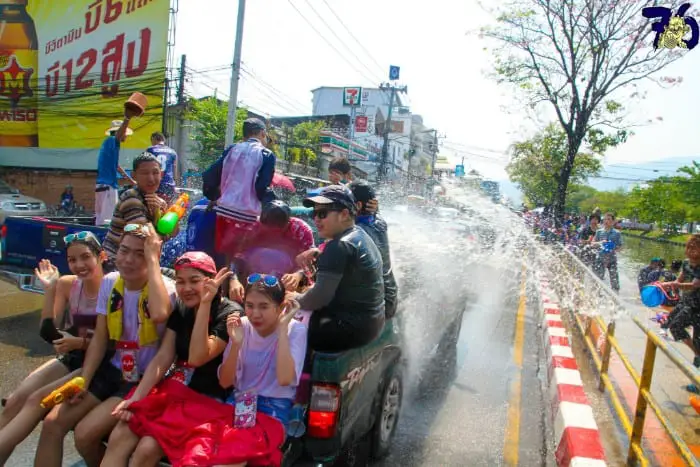
Songkran by Chindit76 , CC BY 2.0
While climatic considerations are clearly important, anyone travelling in Southeast Asia for a couple of months or more will also want to consider what festivals they could take in.
January Aguman Sanduk – Cross-dressing New year festivities in the Philippines. Dinagyang – Street parades and parties in the Philippines. Thaipusam – Hindu festival in Kuala Lumpur, Malaysia.
February Chinese New Year – Celebrated across the region, particularly in Northern Vietnam. Tet – Vietnamese New Year. A time to settle old scores and debts.
March Nyepi – A one day festival of silence in Bali. A surreal experience as literally everything shuts down and everyone shuts up.
March/April Easter – Big deal in the Philippines with people volunteering to crucify themselves in San Fernando!
April Songkran – Splishy, splashy fun. This is Thailand’s big water fight!
May/June Boun Bang Fai Rocket Festival – People in Laos make rockets and fire them into the sky with varying degrees of success.
September/October Phuket Vegetarian Festival – Gruesome methods to rid the body of evil spirits.
October/November Loy Krathong – Thousands of lanterns illuminate the sky in Chiang Mai, Thailand.
November Bon Om Tuk – A water festival in Cambodia featuring dragon boat races to celebrate the end of the rainy season.
Once a Month Full Moon Parties – The world’s biggest beach party once a month in Koh Phangan and at Christmas and New Year. Worth considering how to time this into your trip if it’s a big priority.
Like anyone else, backpackers will certainly want to consider the weather and what festivals there are when it comes to visiting Southeast Asia. However travelling away from the peak tourist season (December & January in Southern Thailand, August in Bali) should lead to a cheaper trip as accommodation is more plentiful and prices fall. With an increasing influx of Chinese visitors, Southeast Asia’s most popular travel destinations are only likely to become ever more crowded in the coming years. As a result, there’s certainly a strong argument to be made for backpacking in Southeast Asia away from the very peak periods.
If you can tolerate heat, February to May is a pretty good time to travel around Southeast Asia with mostly dry conditions and some of the best festivals such as the Chinese and Vietnamese New Years as well as Songkran. If it all gets too hot then you can always just head to the islands of Southern Thailand, which have great weather at this time of year but are just past their peak tourist seasons.
For those wanting to avoid the hottest of the weather as well as the crowds then October to November is a decent plan for a backpacking trip around mainland Southeast Asia. You will most likely encounter some torrential downpours and the odd washout still but the rain shouldn’t be so intense that it will ruin your trip.
Indonesia is much less touristy on the whole so the crowds are less of a factor there and you can mostly base your decision on the climate. That said, you will get better deals in Bali if you visit away from August when it is at its busiest.
This article was published in December 2018.
Comments/thoughts welcome below!
Featured Image of Bali , CC BY-ND 2.0
2 thoughts on “ When to Go to Southeast Asia – Best and Worst Times to Visit ”
That was so helpful. Thanks!
You’re very welcome 🙂
Leave a Reply Cancel reply
Your email address will not be published. Required fields are marked *
Save my name, email, and website in this browser for the next time I comment.
- Search Please fill out this field.
- Manage Your Subscription
- Give a Gift Subscription
- Newsletters
- Sweepstakes
- Destinations
The Best (and Worst) Times to Visit Vietnam, According to Experts
Here's when to visit Vietnam for sunny weather, lower prices, and excellent sightseeing.
:max_bytes(150000):strip_icc():format(webp)/SophieDodd-29f8105329084ddbafdf19974fa43b45.jpg)
Best Times to Visit for Smaller Crowds
Best times to visit for good weather, best times to visit for lower prices, best times to visit for hiking in sa pa, best times to visit for cruising ha long bay, worst times to visit.
Khoa Nguyen/Getty Images
Cinnamon and star anise perfume my memories of Vietnam, a country that lodged itself into my palate in fragrant, frenzied bursts. That alluring scent of pho was one of few constants as I traveled through vastly different landscapes, trekking through verdant rice terraces, dodging motorbikes en route to speakeasies, and standing face to face with an endangered monkey in my oceanfront outdoor shower — all within the span of two weeks.
Vietnam is more than 1,000 miles long, a spectacularly slim country that’s only 30 miles wide at its narrowest point. Every region boasts its own allure as well as its own climate, which means you’ll need to carefully consider the time of your visit based on your desired itinerary.
“As the climate varies so much from north to south, there will always be somewhere worth going in Vietnam, whatever time of year you travel,” says Melissa Matthews, regional director for Southeast Asia and North America at luxury travel company Red Savannah .
Here's a regional breakdown of the primary tourist seasons in Vietnam:
- High Seasons: North: September to November, March and April; Central: April to August; South: October to April
- Shoulder Seasons: North: December to February, May to August; Central: September to March; South: September to December
- Low Season: North: May to October; Central: September to May; South: May to September
Before you start planning your trip, read on to learn about the best times to visit Vietnam for hiking the majestic, mountainous rice terraces of Sa Pa, cruising the limestone marvels of Ha Long Bay, and avoiding the rainy monsoon season.
Irjaliina Paavonpera/Travel + Leisure
The high season in Vietnam varies according to the region, so you’ll always be able to find a place that feels more secluded from the bustle of crowded beaches or cruise ships. Wet season attracts fewer crowds, says Matthews, which falls from May to October in the north, September to May in the central part of the country, and May to September in the south.
Visiting during this time has plenty of perks, as you’ll likely be able to save on accommodations and travel costs. Popular restaurants and tours will be less overrun with tourists, offering a rare opportunity to better immerse yourself in the local culture as you tuck into bun cha on a sidewalk stool. However, bursts of rain and cloudy weather can dampen any plans to hike in Sa Pa or cruise along Ha Long Bay — two quintessential experiences you won’t want to miss.
There are also an abundance of places that remain less crowded throughout the year, says Benjamin Kreuz, general manager of Six Senses Ninh Van Bay — the resort itself is one of them, nestled in a private cove of Nha Trang that became my personal definition of paradise. Many visitors tend to prioritize other attractions as they make their way south, so natural wonders in the north like Ban Gioc Waterfall and the network of caves in Quang Binh remain less busy.
Meet the Expert
- Melissa Matthews is the regional director for Southeast Asia and North America at luxury travel company Red Savannah.
- Benjamin Kreuz is the general manager of Six Senses Ninh Van Bay in Vietnam.
No matter when you visit, you’ll always find good weather somewhere in Vietnam. “Vietnam is a beautiful country with tropical weather, making it suitable for visits throughout the year,” says Kreuz.
For those hoping to see Hanoi, Ho Chi Minh City, and everything in between, it’s best to go in the dry season. “February and March are the best months to see the entire country from north to south in relatively dry weather,” says Matthews. She notes that Tet, or Vietnamese Lunar New Year, falls during this time and can last for up to 10 days. “During this time, most of the key sights in the cities are closed, as everyone goes back to their family villages to celebrate,” she says. She recommends heading to the beach during the festival and bookending your trip with time in the major cities.
For a dry and temperate trip to Sa Pa or Hanoi in the north, head there from September to November, or in March and April, she suggests. A sunny beach visit to Hoi An or Nha Trang in the central region is best from April to August, while the Mekong Delta and Phu Quoc Island in the south are warmest from October to April.
Vietnam is a relatively affordable destination all year long, with abundant and economical street food and comfortable hotels for all budgets. For your best chance at scoring low-cost flights and accommodations, consider traveling outside the peak tourist season. April, May, October, and November are excellent times, as you’ll still find warm weather throughout the country, but will have fewer tourists to contend with.
Wand_Prapan/Getty Images
A visit to the verdant, terraced rice fields of Sa Pa are a must for nature lovers and outdoor enthusiasts alike. Overlooking the Muong Hoa Valley, the hills are surrounded by spectacular mountains and home to dozens of communities, including the Hmong and Red Dao peoples — many of whom open their homes for overnight stays and lead private or group trekking tours. You can reach this famed hiking destination by car from Hanoi in five hours, by a bus in six to eight hours, or on an overnight sleeper train.
Matthews notes that this region tends to get colder from December to February, so it’s best to plan a trip from September to November or in March and April. Harvest season is also an unforgettable time to visit: In late August through September, the vibrant green hillsides turn a voluptuous shade of gold as the rice ripens.
Nikada/Getty Images
Ha Long Bay, with its emerald waters and limestone towers, is one of the primary tourist destinations in Vietnam, and as such, has become increasingly overrun with cruise operators leading day tours. For a less crowded experience, consider booking an overnight cruise that will take you deeper into the bay — or to the equally beautiful, slightly less populated neighboring Lan Ha Bay. (I splurged for a two-night cruise with Orchid Cruises , one of the more luxurious tour operators).
March, April, October, and November are ideal months to visit, as they tend to bring warm and sunny weather without as much humidity. You’ll also avoid the peak season, so while it’s still bound to be busy, you can enjoy kayaking through the tranquil waters and hiking Cat Ba island in relative peace. The UNESCO World Heritage Site is also a great opportunity for a snorkeling or scuba diving adventure.
Nick Dolding/Getty Images
While Vietnam’s varied climate means there’s never really a bad time to visit, you may want to avoid traveling to the country during monsoon season.
“When the monsoon hits, it is hard and heavy and very humid,” says Matthews, who suggests sightseeing in cities during the wet season, where you can still visit museums and historic temples between rainstorms. “Avoid the mountainous region of Sa Pa and definitely don’t book a cruise in Ha Long Bay, as storms will occur and boats are grounded,” she warns.
If you do decide to travel during the rainy season, it’s best to remain flexible in your planning, says Kreuz. “Consider not booking everything in advance due to unpredictable weather,” he says, adding that staying open-minded may help you to take advantage of potential low-season discounts.
Tet, which marks the Vietnamese Lunar New Year, is another tricky time to visit, as many landmarks and businesses close for a week or more to celebrate. It typically lands in late January or early February — this year, it falls on Feb. 10.
Related Articles

Helena And Laurent Martin / Stocksy United
Southeast Asia
Wrapped in rainforests, edged by golden sands, crowned by volcanoes, studded with ruins of lost civilizations: this is Southeast Asia as you've always imagined it.
Best Places to Visit
Attractions, must-see attractions.

Ko Ratanakosin & Thonburi
Wat Pho is our absolute favorite among Bangkok's biggest sights. In fact, the compound incorporates a host of superlatives: the city's largest reclining…

War Remnants Museum
Ho Chi Minh City
To understand the US invasion of Vietnam, and contextualize its devastating impact on the country's civilians, this remarkable and deeply moving museum is…

Grand Palace
The Grand Palace (Phra Borom Maharatchawang) is a former royal residence in Bangkok that was consecrated in 1782. Today, it’s only used on ceremonial…

Wat Arun is the missile-shaped temple that rises from the Chao Phraya River's banks. Known as Temple of Dawn, it was named after the Indian god of dawn,…

Wat Phra Kaew
Architecturally fantastic, the Wat Phra Kaew temple complex is also the spiritual core of Thai Buddhism and the monarchy, symbolically united in what is…

Phong Nha-Ke Bang National Park
North-Central Vietnam
Designated a Unesco World Heritage Site in 2003, the remarkable Phong Nha-Ke Bang National Park contains the oldest karst mountains in Asia, formed…
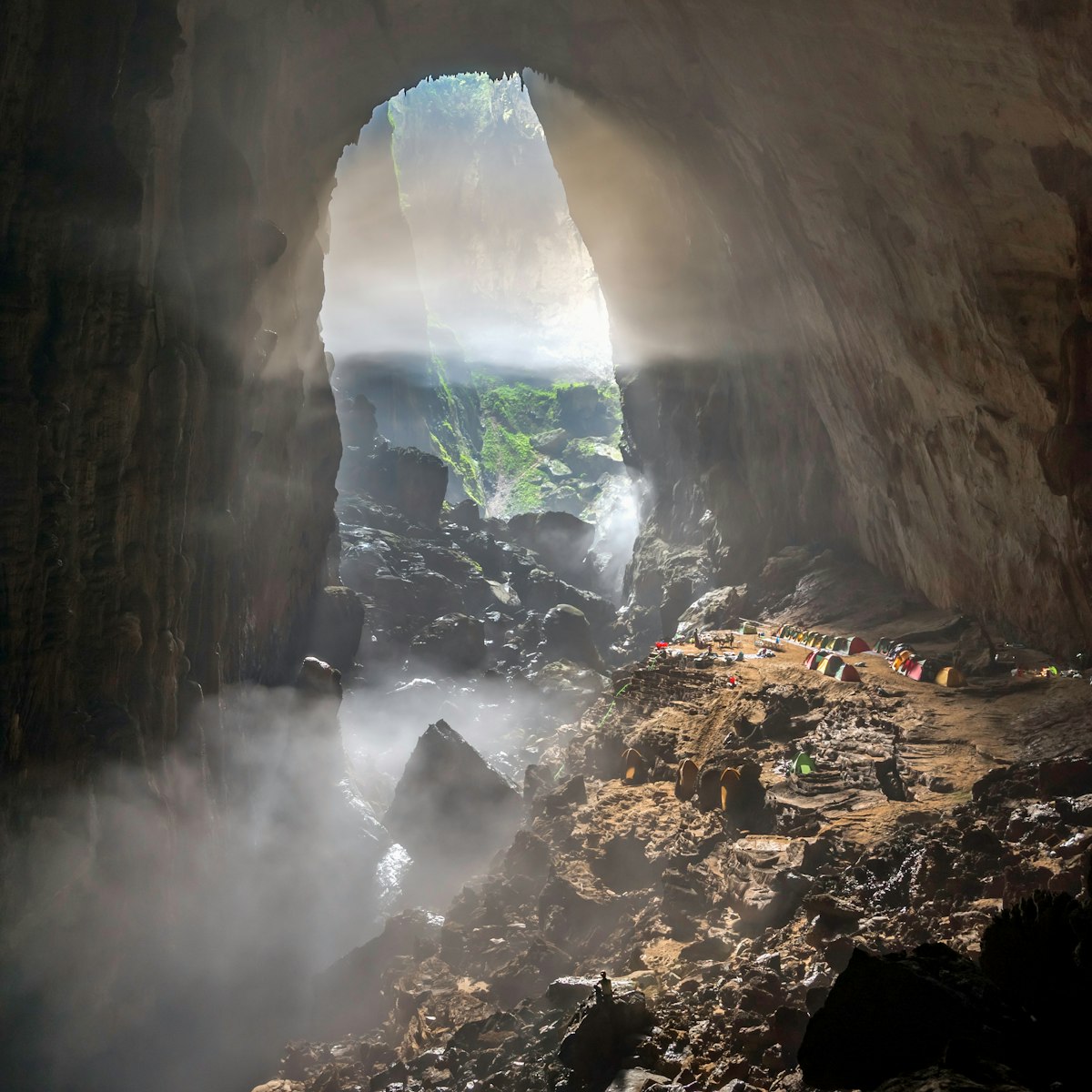
Hang Son Doong
Hang Son Doong (Mountain River Cave), located in the heart of Phong Nha-Kẻ Bàng National Park, is known as the world's largest cave, and is one of the…
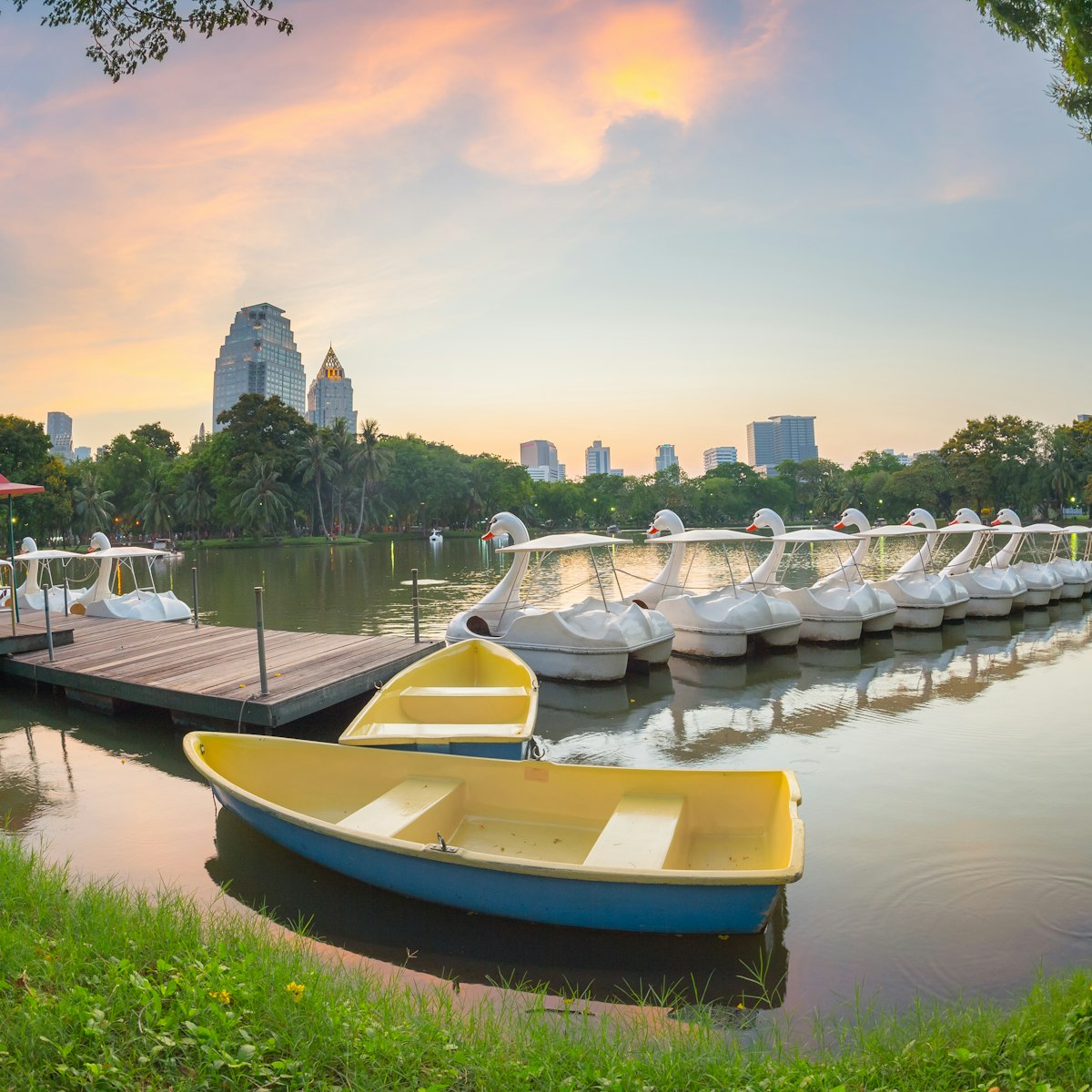
Lumphini Park
Named after the Buddha’s birthplace in Nepal (Lumbini), Lumphini Park is central Bangkok’s largest and most popular park. Its 58 hectares are home to an…
Latest stories from Southeast Asia
Filter by interest:
- All Interests
- Adventure Travel
- Art & Culture
- Beaches, Coasts & Islands
- Food & Drink

Jul 12, 2024 • 11 min read
From vibrant cities to ancient monuments, this region has something for every individual raring to go solo.

Jul 10, 2024 • 6 min read

Nov 6, 2023 • 5 min read

Mar 3, 2022 • 9 min read

Nov 15, 2021 • 5 min read

Sep 11, 2020 • 3 min read

Jan 14, 2020 • 6 min read

Nov 12, 2019 • 1 min read

Nov 10, 2019 • 5 min read

Sep 9, 2019 • 5 min read
Southeast Asia and beyond


Southeast Asia Itineraries: From 2 Weeks to 3 Months
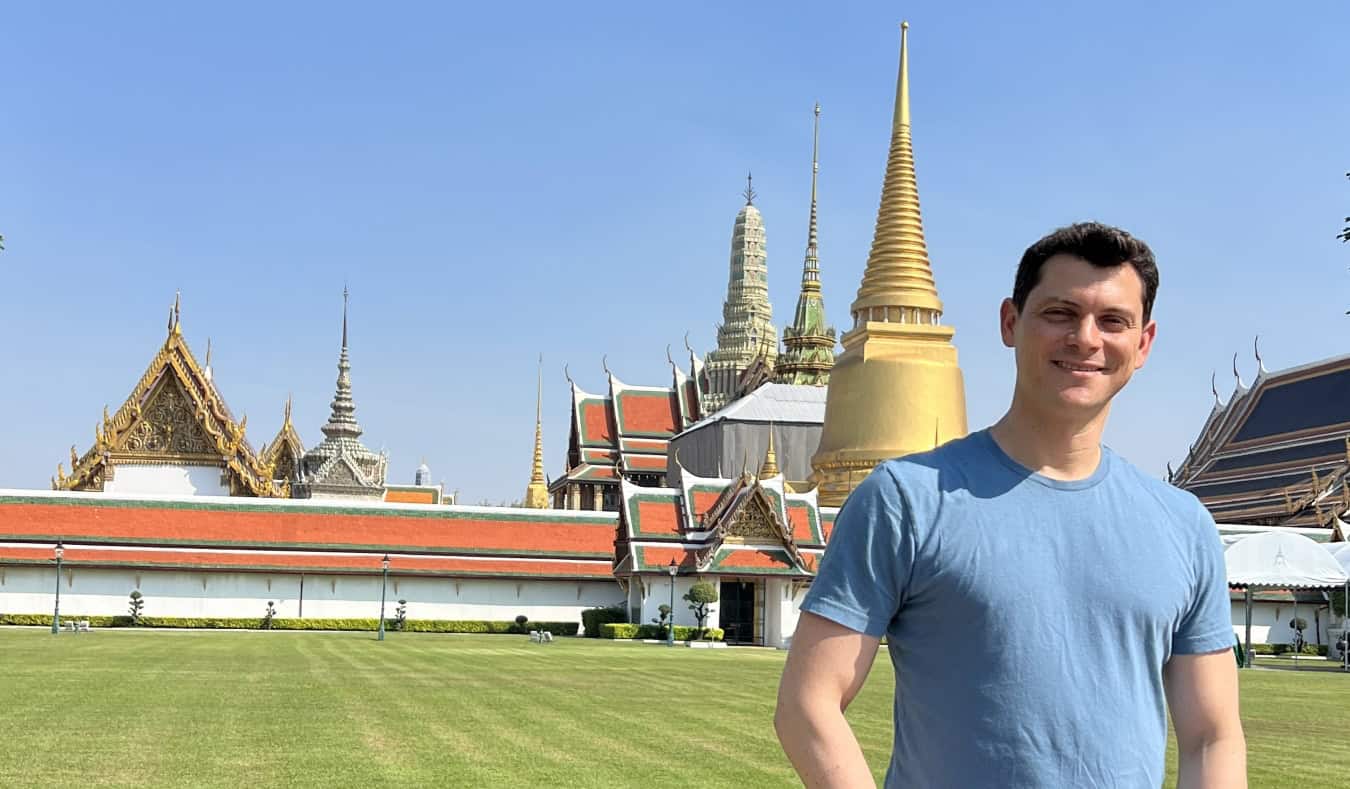
Itinerary planning is a complex beast. There’s no single best route out there. Everyone has different travel desires, goals, and needs (let alone budgets). It’s why I’ve always shied away from discussing itinerary planning for long-term travel .
Showing someone how to plan a trip is one thing, but actually planning a trip for someone else is tricky, because I don’t know what they want or like.
Because, at the end of the day, there is no such thing as a perfect itinerary. You have to go where you want to go and, while suggested routes can help inspire you, at the end of the day, only you can plan the best route for you.
However, that can feel overwhelming, especially when you’re trying to tackle an entire region like Southeast Asia . So, in this post, I’ll provide a few suggested itineraries to help you conquer this fantastic region.
For the two-week itinerary, I’ll break things up by day, but as we get into one-month and three-month territory, you’ll have a lot more flexibility with your time, so I’ll give rougher estimates of how to spend it.
After all, part of the beauty of travel is keeping yourself open to serendipitous moments and experiences!
Table of Contents
Southeast Asia Two-Week Itinerary
Southeast asia one-month itinerary, southeast asia three-month itinerary, the best time to visit southeast asia, what visas do you need for southeast asia.
If you only have two weeks in Southeast Asia, I suggest sticking to just 1-2 countries so that you don’t spend all your time in transit. You’ll also be able to better soak up the atmosphere if you’re not trying to cram too much in. With a more limited time frame, just accept that you’ll have to leave some things to look forward to on your next trip!
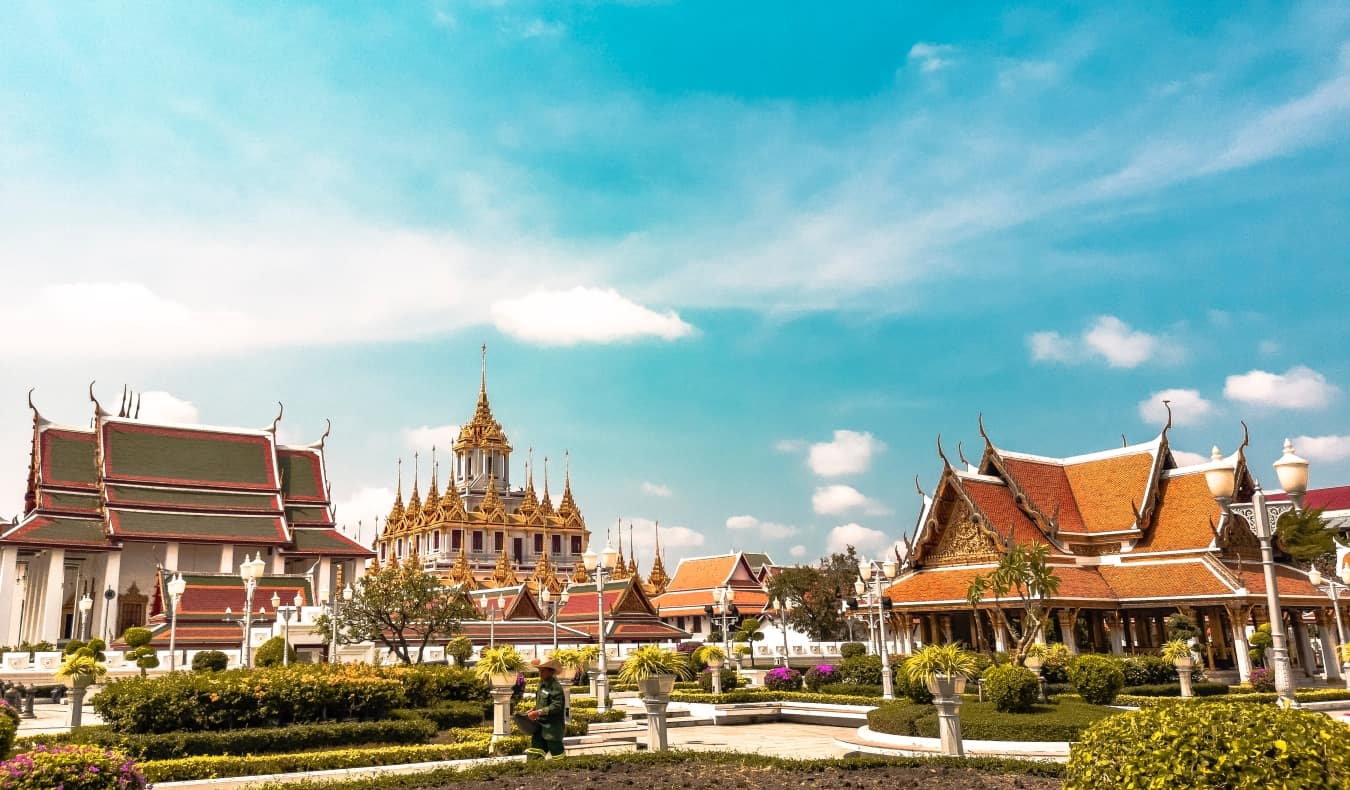
Take a walking tour to get your bearings and get local recommendations from the guide. Bangkok Walking Tours or Free Bangkok Walks are two great free options — just remember to tip your guide at the end!
For a more in-depth tour, you can take a city highlights tour , on which your guide will take you through some of Bangkok’s major attractions.
While the famous Damnoen Saduak floating market just outside of Bangkok exists mostly for the benefit of tourists, I still like visiting it. The tours that go there leave early in the morning and last about half a day. It’s not a great place to shop (prices are much higher than elsewhere), but the area is good for photography and eating.
WHERE TO STAY IN BANGKOK : Lub d Siam – This is a very popular spot for backpackers looking to stay somewhere other than the infamous party district that is Khao San Road. The hostel is modern, the rooms are spacious, and there are plenty of common areas to socialize in, including a café/bar.
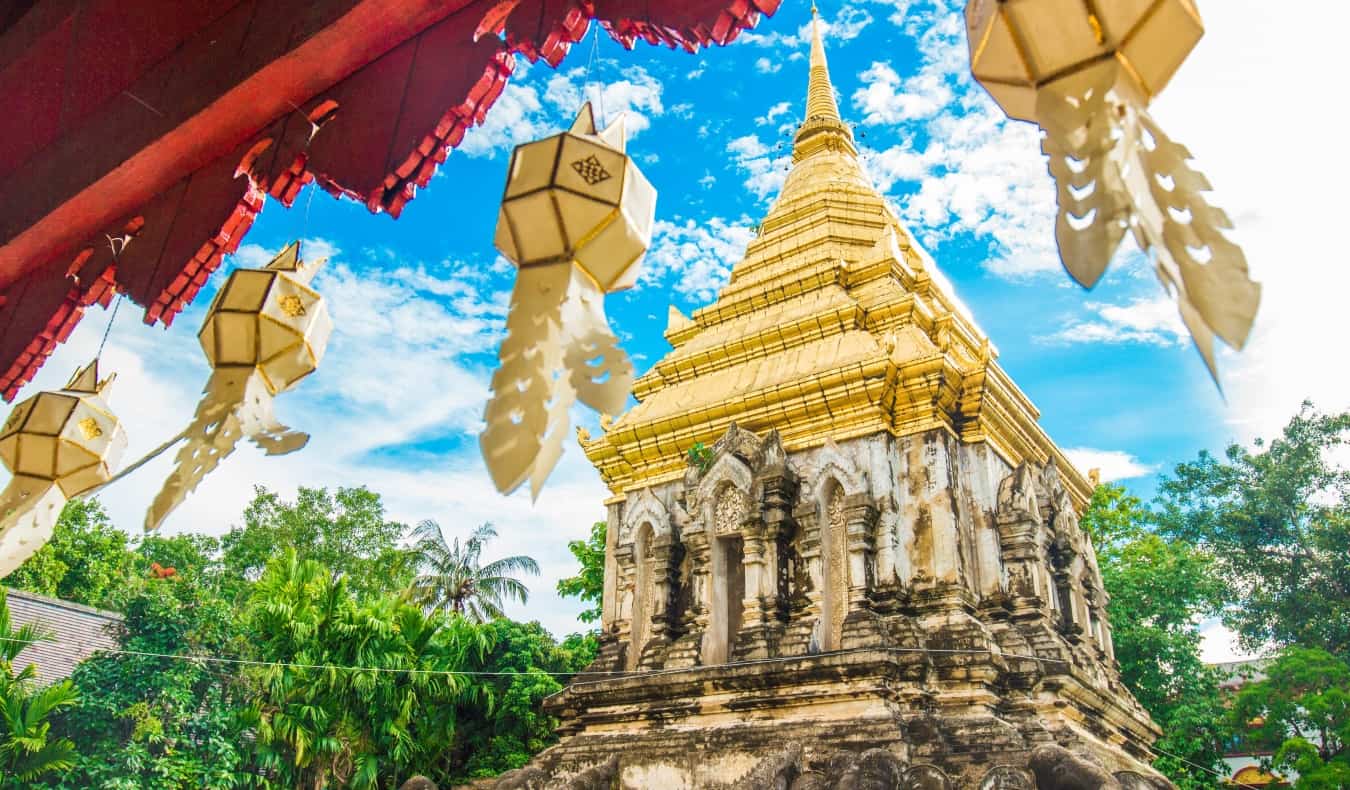
Wat Phra That Doi Suthep is Chiang Mai’s most famous temple (the pagoda supposedly contains relics of the Buddha himself). It offers beautiful views of the surrounding area and, at 6pm each day, you can watch the monks chant. The main other temples are Wat Chiang Man, Wat Phra Singh, Wat Suan Dok, Wat Chedi Luang, and Wat Jet Yot. Walking tours that visit several of these main temples start at 500 THB.
If you want to see elephants, a good way to get up close with them is to volunteer at or visit Elephant Nature Park. This sanctuary near Chiang Mai rescues abused and injured elephants from around the country. It’s a phenomenal place, and after coming here, you will know why you should never ride an elephant. A one-day visit costs 2,500-3,500 THB for adults.
WHERE TO STAY IN CHIANG MAI : Hostel Lullaby – This fantastic hostel in the heart of Chiang Mai was even voted the best in Thailand. Besides the comfortable facilities, there are a ton of perks here, including free bikes, free breakfast, and free Thai boxing, cooking, and yoga classes.
Days 7-9: Chiang Mai to Bangkok Here you have a few options: stay longer in Chiang Mai to do more jungle trekking; head up to Chiang Rai to see the famous White Temple; or take the long way back down to Bangkok, stopping for a night in each of Thailand’s ancient capitals (Ayutthaya and Sukhothai) or spending some time in one of the national forests, such as the incredible Khao Yai National Park .
Once back in Bangkok, you can either head into Cambodia to see Angkor Wat if you’re ambitious, or just hang out in Bangkok for a few more days before your flight home.
If you choose to go to Angkor Wat, here are my recommendations:

Be sure to visit the Landmine Museum. Landmines have devastated the country, maiming and killing thousands. They still cause destruction today, as remaining mines from the Vietnam War (which spilled over into Cambodia) are discovered every year. The museum has an in-depth exhibit that is very worthwhile, as it gives perspective on their use, dangers, and efforts to remove them.
Also, spend a day at Angkor Wat , the ancient site that was the center of the Khmer Empire that once ruled most of Southeast Asia. The temple was built in the 12th century and covers over 500 acres.
While a single-day visit can cover the main temples, this is an amazing site to explore, so I highly recommend two days (at least).
You can hire a tuk-tuk for the day or rent bicycles and explore on your own. Tuk-tuks have room for 3-4 people, making it a cheap and convenient option if you can split the ride with other travelers. You can also take a full-day guided tour to learn even more from a professional.
Admission is $37 USD per person for a day pass, $62 USD for a three-day pass, and $72 USD for a seven-day pass.
WHERE TO STAY IN SIEM REAP : Mad Monkey – This is a fun, lively, and social hostel with a bar, pool, and lots of tours and organized activities to help you meet people and explore the city.
Day 13: Bus back to Bangkok Take the bus back to the Thai capital, where you can spend the last day of your trip exploring more of the many things to see and do in Bangkok , or just simply hang out, relax, and eat all the delicious Thai food you can before your journey home.
Day 14: Departure day Head off to the airport knowing that you made the most of your two weeks in Southeast Asia. Chances are that you only whetted your appetite for traveling through this amazing region of the world, and you might already be planning your next trip on your way back home!
With one month, you’ll be able to take it a little slower, see more places, and get off the beaten path a bit more. You can add another country and leave more flexibility in your itinerary.
Days 1-3: Bangkok Follow the Bangkok itinerary above, and stay for a few more days if you like! There are endless things to do in Bangkok.
For more recommendations, check out my free Bangkok city guide .
Day 4: Bangkok–Chiang Mai With one month, you can choose to take the day train from Bangkok to Chiang Mai. It’s not only cheaper but a nice way to see the countryside. Sure, you “waste” a day, but you see the countryside, experience how Thais take the train, and can eat from vendors who briefly board at every stop.
The day train remains one of my favorite experiences in Thailand. Just make sure you have a good book as the journey is 10-13 hours long.
Days 5-7: Chiang Mai See the Chiang Mai itinerary above. For more recommendations on things to do, check out my free Chiang Mai city guide .
Days 8-10: Slow boat from Chiang Mai to Luang Prabang, Laos After spending your first week in cities, take a load off and drift down the river on a slow boat. These boats generally take two days, stopping overnight at a guesthouse along the way. It’s a beautiful way to see the scenery and recharge a bit from a busy week.
Alternatively, if you want to save time, you can fly between the two destinations, or skip ahead in this itinerary to Vietnam .
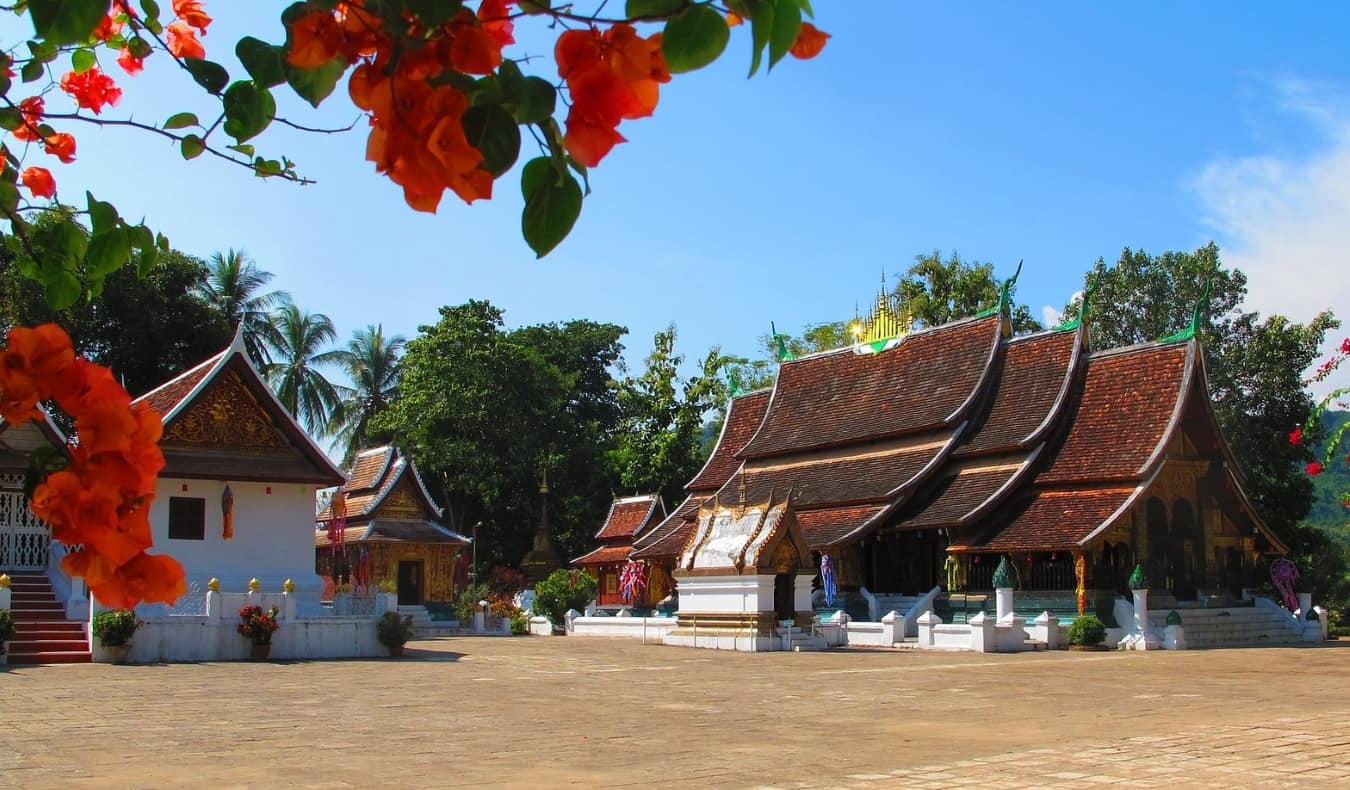
Although it’s small (around 56,000 people live here), there’s a lot to see and do, with dozens of temples, streets lined with French colonial architecture ( this walking tour hits all the highlights and then some ), a bustling night market, river tours , and waterfalls. I came here for three days but ended up staying a week!
While you’re here, don’t miss the iconic Kuang Si waterfalls (you’ve probably seen them on Instagram already). They flow through the limestone-rich jungle and empty into a series of three gently cascading pools. While it’s one of the most popular attractions in the area (avoid the weekends, when it’s super busy), the Kuang Si Falls was also one of the most breathtaking things I saw in Laos.
Other things to do here include:
- The Royal Palace
- Mount Phousi
- Wat Xieng Thong Monastery
- The alms ceremony
- Kayaking the Mekong River
For more things to do, check out my free guide to Luang Prabang .
WHERE TO STAY IN LUANG PRABANG : Downtown Backpackers Hostel 2 – This is a great little hostel with free breakfast, moped rentals, clean dorms, and super helpful staff.
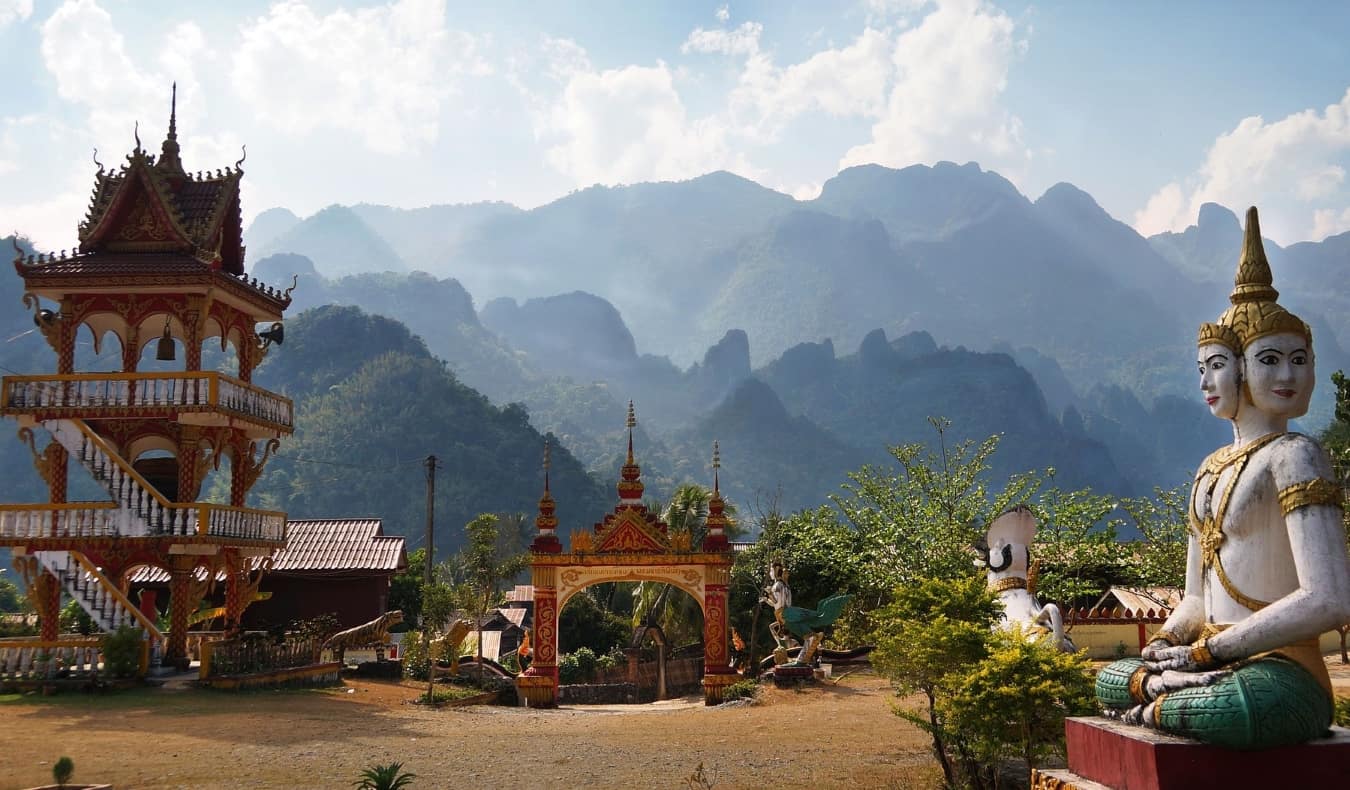
Kick things off with a tubing trip down the river. It’s the best way to relax and stay cool. A tubing and kayaking tour costs around 575,000 LAK.
And if you want to stretch your legs, climb Pha Poak Mountain. It’s only a 30-minute climb to the top, where you’ll be rewarded with an incredible view of the area’s limestone mountains.
Other things to see and do in Vang Vieng include:
- The Golden Cave
- Hot air balloon rides
- The Blue Lagoon
For more things to do, check out my free guide to Vang Vieng .
WHERE TO STAY IN VANG VIENG : Nana Backpackers Hostel – This is a fun, social hostel with a swimming pool, movie room, small gym, and bar with free vodka and whiskey every night from 7pm to 9pm.

Nowadays, the city is a hub for café culture, cheap spas, golden temples, and diverse riverside markets. Much of its historical center has kept its colorful colonial architecture intact too, making it a nice area to stroll around.
Wander the wide boulevards, take in the crumbling mansions, chill out in Chao Anouvong Park, enjoy the flavorful local cuisine (there are a ton of delicious French bakeries here as well).
Make sure you visit Buddha Park, a sculpture park is just 25 kilometers (15 miles) outside of Vientiane. There are around 200 Hindu and Buddhist statues here, all of which appear to be centuries old (they’re not — they were made in the 20th century out of concrete). While not “historic” per se, it’s still worth visiting, as there are all kinds of unconventional designs, including a three-meter (9.8-foot) demon head that you can enter, and staircases from heaven and hell that you can climb. Admission is 15,000 LAK.
You’ll also want to admire the Great Stupa (Pha That Luang). It’s a 44-meter (148-foot) gold-covered stupa (dome-shaped Buddhist shrine) and is the most important monument in the country. Built by King Setthathirat in 1566, its exterior looks like a fortress with high walls. Inside, the walls are covered in Buddhist, floral, and animal imagery. Admission is 10,000 LAK.
Other things to see and do in Vientiane include:
- The COPE Visitor Centre
- Victory Gate (Patuxai)
- Chao Anouvong Park
- Lao Boat Racing Festival
For more things to do, check out my guide to Vientiane .
WHERE TO STAY IN VIENTIANE : Dream Home – This is a fantastic hostel that offers everything you need while staying in the capital. There’s free breakfast, comfy beds, AC, a nightly happy hour at the hostel bar, and a 24-hour reception with friendly staff members.
Days 20-22: Pakse Pakse is the gateway to Laos’ 4,000 Islands (in the Mekong River), so there isn’t a ton to do here other than chill out and relax. It’s a nice place to stop while heading south to Cambodia. Alternatively, you can take a 1.5-hour flight from Vientiane to Phnom Penh to save some time and give you extra days elsewhere.
WHERE TO STAY IN PAKSE : Sanga Hostel – This cozy hostel has super comfortable beds, a restaurant with fantastic home-cooked food (free banana cakes!), and a lovely owner.
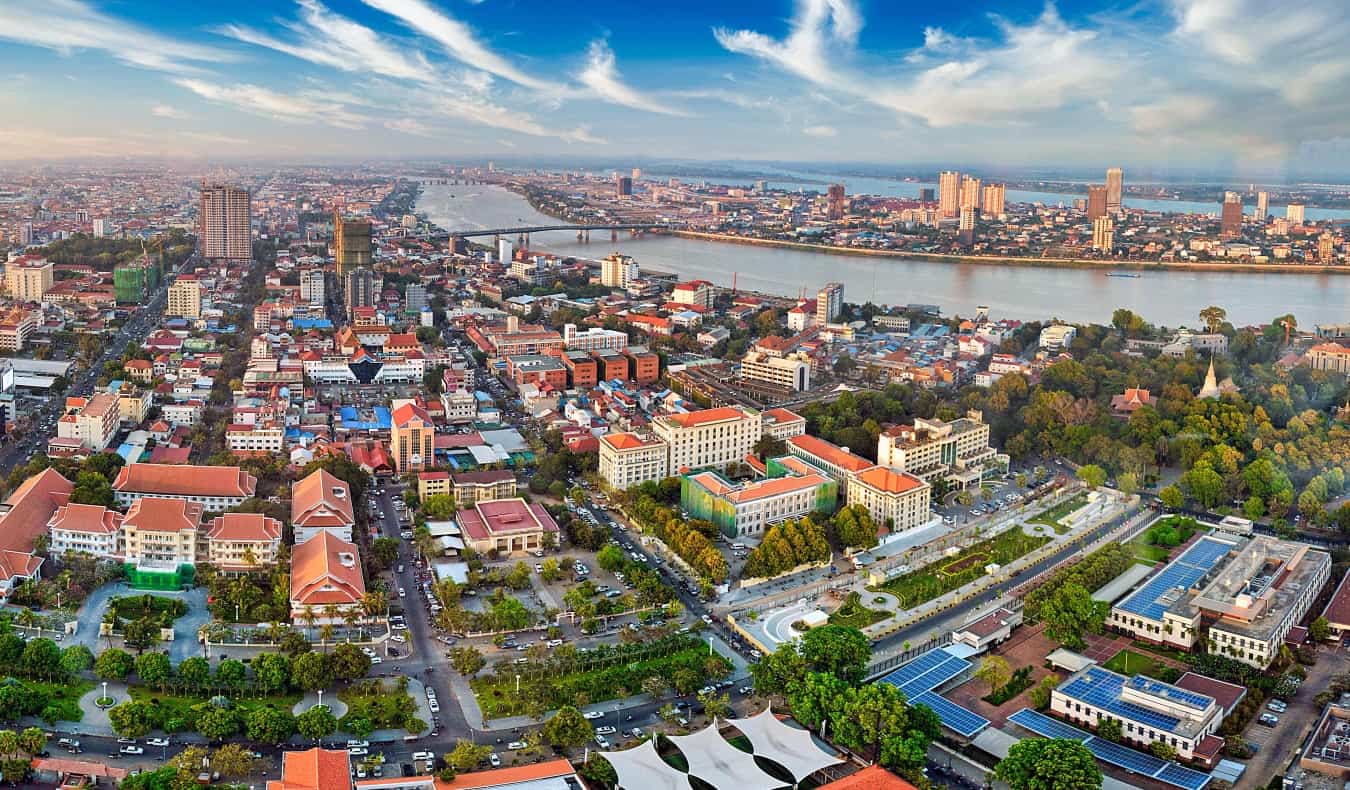
The Royal Palace is home to beautiful flower gardens and the Silver Pagoda, whose floor is made up of more than 5,000 silver tiles; inside is an emerald-covered Buddha and a diamond-covered Maitreya Buddha. The palace also has murals around its outer wall that tell the story of the Ramayana.
On the palace grounds are five stupas, with the two largest to the east containing the ashes of Kings Norodom and King Udung (the two most famous kings of modern Cambodia) and a statue of King Norodom on horseback.
The most important thing to see here, however, is the Tuol Sleng Genocide Museum and the Killing Fields. Tuol Sleng is a former school where the Khmer Rouge interrogated and tortured people in the 1970s. You’ll see rusty beds and torture devices, in sharp contrast to the beautiful trees and lovely jasmine smell in the gardens.
After, head to the Killing Fields. It may not be the most cheerful way to spend an afternoon, but it makes for a hallowed and memorable experience, a testament to the dangers of uncontested power. Admission to the Killing Fields and the Tuol Sleng Genocide Museum is $20 USD. This includes a guided tour so you can get an in-depth look at this haunting place.
For more things to do, check out my guide to Phnom Penh .
WHERE TO STAY IN PHNOM PENH : Mad Monkey – This is a lovely social hostel with a bar, restaurant, beer garden, and swimming pool. They organize all kinds of events and tours, so it’s easy to make friends here.
Days 27-29: Siem Reap Follow the Siem Reap and Angkor Wat itineraries from above.
If you have time, visit Tonle Sap, Southeast Asia’s largest freshwater lake and UNESCO nature reserve. It is 52 kilometers (32 miles) from Siem Reap. Sailing down the river and around the lake gives you a look at how closely Cambodian life is tied to this major waterway. Guided tours to Tonle Sap start at $20 USD.
Day 30: Bangkok Head back to Bangkok for your flight home!
If you have three months to spend, you don’t want to have everything plotted and planned out to the day, like you might want to with the shorter itineraries above. Having flexibility to change plans is a must (and will make your travels much more enjoyable). On a trip of this length, you don’t want to burn yourself out too fast!
With three months, you have enough time to be flexible and still see a lot. I’d recommend rough planning in weeklong chunks.
MONTH ONE: Thailand
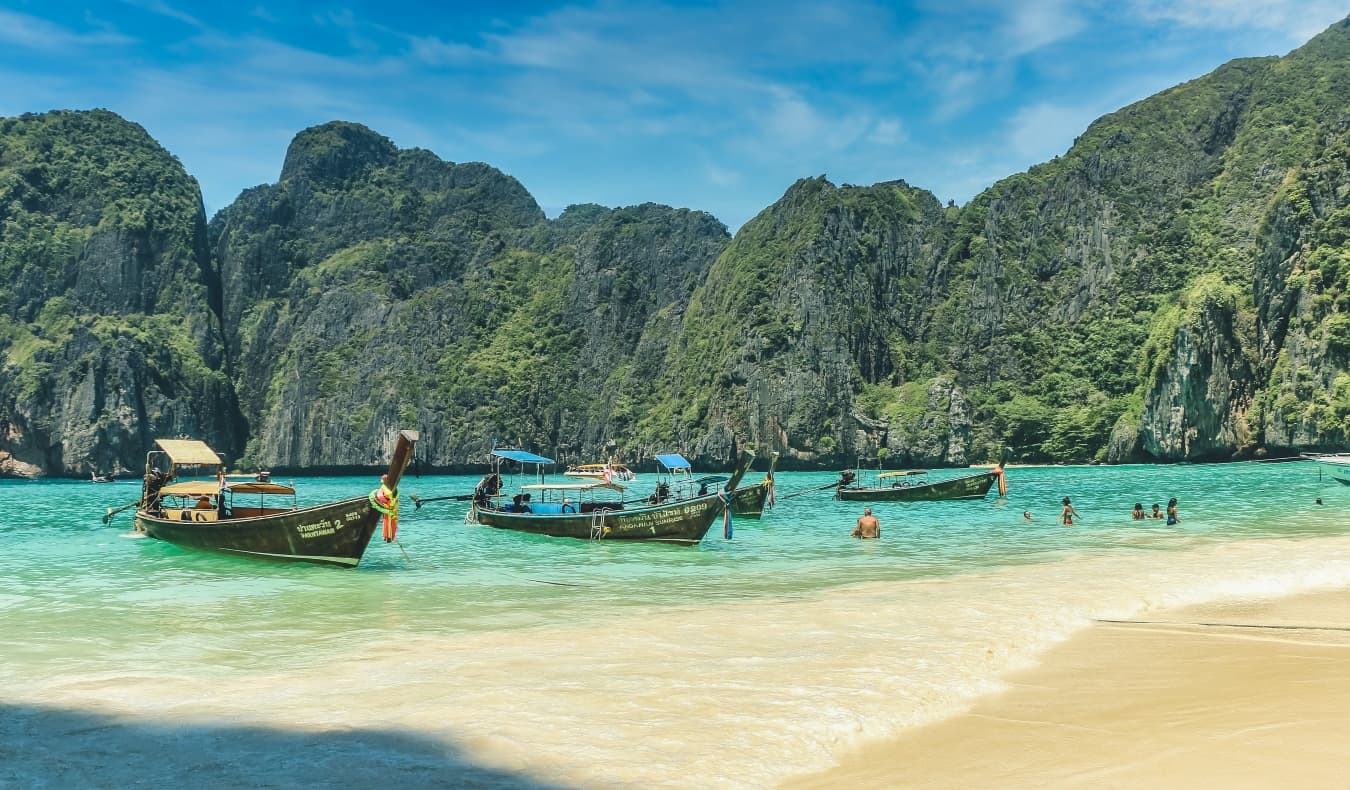
Week 1: Bangkok and Backpacking Kanchanaburi Province Follow the three-day Bangkok itinerary above, and extend your stay by a few days to take things slower and see even more of this vibrant city. You can also do more day trips or even multiday trips to the surrounding region.
When you’ve had your fill of bustling Bangkok, take your time heading north. Kanchanaburi Province is a great place to spend some time, as it’s home to a lush, undisturbed forest, wetlands, and mountains that are perfect for trekking, either on multiday tours or day trips from Bangkok . The area is very biodiverse, with two wildlife sanctuaries: Thung Yai Naresuan, and Huai Kha Khaeng.
However, its history is rather dark. The infamous Death Railway linking Myanmar and Thailand runs through here, which was built during World War II by prisoners of war and civilians. Around 90,000 civilian forced laborers and more than 12,000 Allied prisoners perished in the railway’s construction. The bridge over the River Kwai is also located here, built using POW labor and the subject of both a famous film and a book. While these sights are haunting reminders, they are an essential part of Thailand’s history.
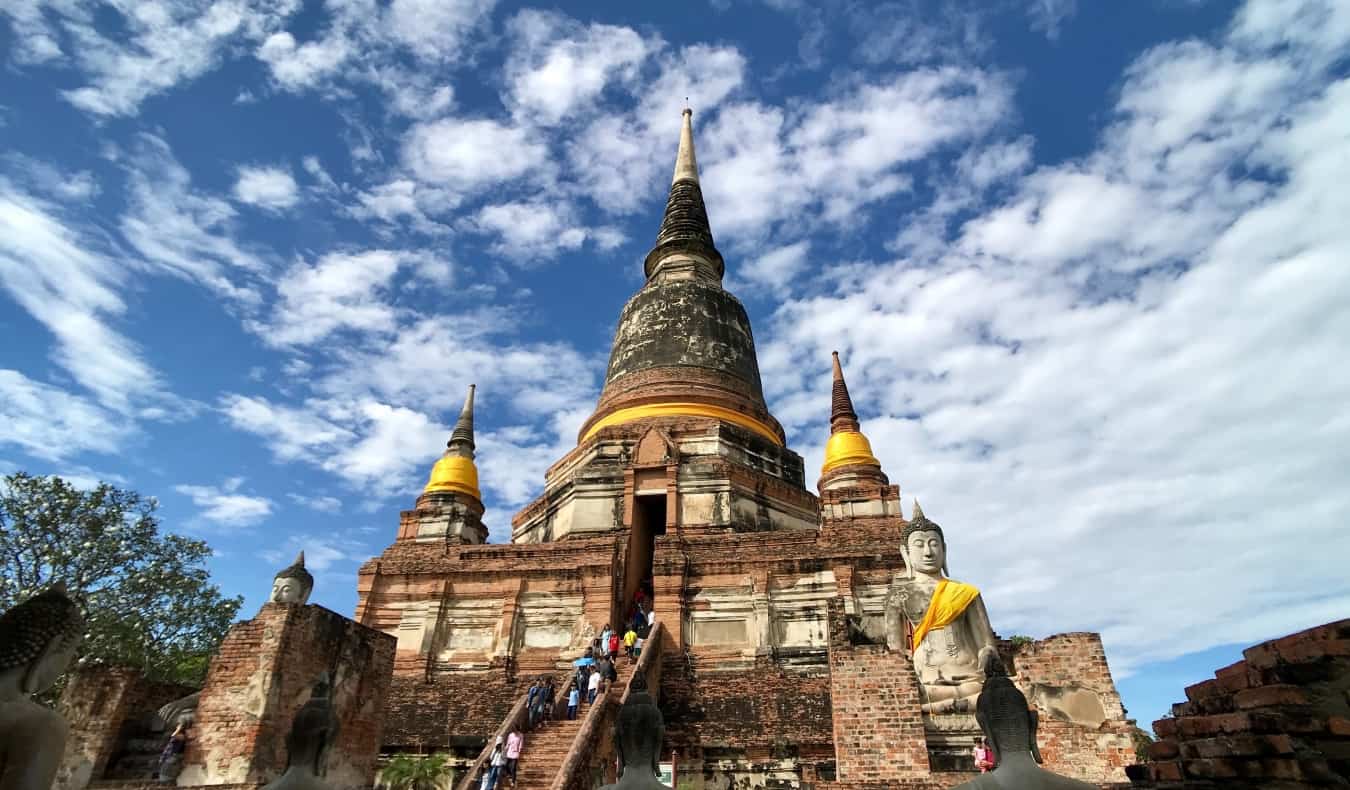
Here are some options to consider for your meandering journey north:
Ayutthaya – Ayutthaya was the capital of Siam from 1350 to 1767, when it was razed by the Burmese during a war. The city’s ruins, with its palaces, temples, monasteries, and statues, form an archaeological park that is now a UNESCO World Heritage Site. It’s about 1.5 hours from Bangkok by train.
You can also visit on a day trip from Bangkok for just 1,105 THB.
Khao Yai National Park – Established in 1962, Khao Yai was Thailand’s first (and one of its best) national park and is now a UNESCO World Heritage Site. It’s visually stunning and empty of tourists but filled with lush flora and fauna, bat caves, and even a few wild elephants. It’s about 2.5 hours north of Bangkok.
There are also day trips to Khao Yai from Bangkok starting at around 2,500 THB.
WHERE TO STAY : Greenleaf Guesthouse – This hostel has the best tour/accommodation deals in the area. Let them know when you’re arriving by train or bus, and they’ll pick you up at the station.
Sukhothai – Sukhothai was the Kingdom of Siam’s first capital city, in the 13th century. There are hundreds of ruined buildings here, including the royal palace and countless temples.
There are actually three ruined cities that make up the UNESCO World Heritage Site, and since they’re a bit spread out, seeing them by bike is a fun way to cover a lot of distance. You can take a full-day or two-hour bike tour with Sukhothai Bicycle Tour .
WHERE TO STAY : Old City Boutique House – This hostel is in a great location, right near the entrance to the historical park. The guesthouse has AC, free breakfast, bike rentals, and friendly owners to help you with whatever you need!
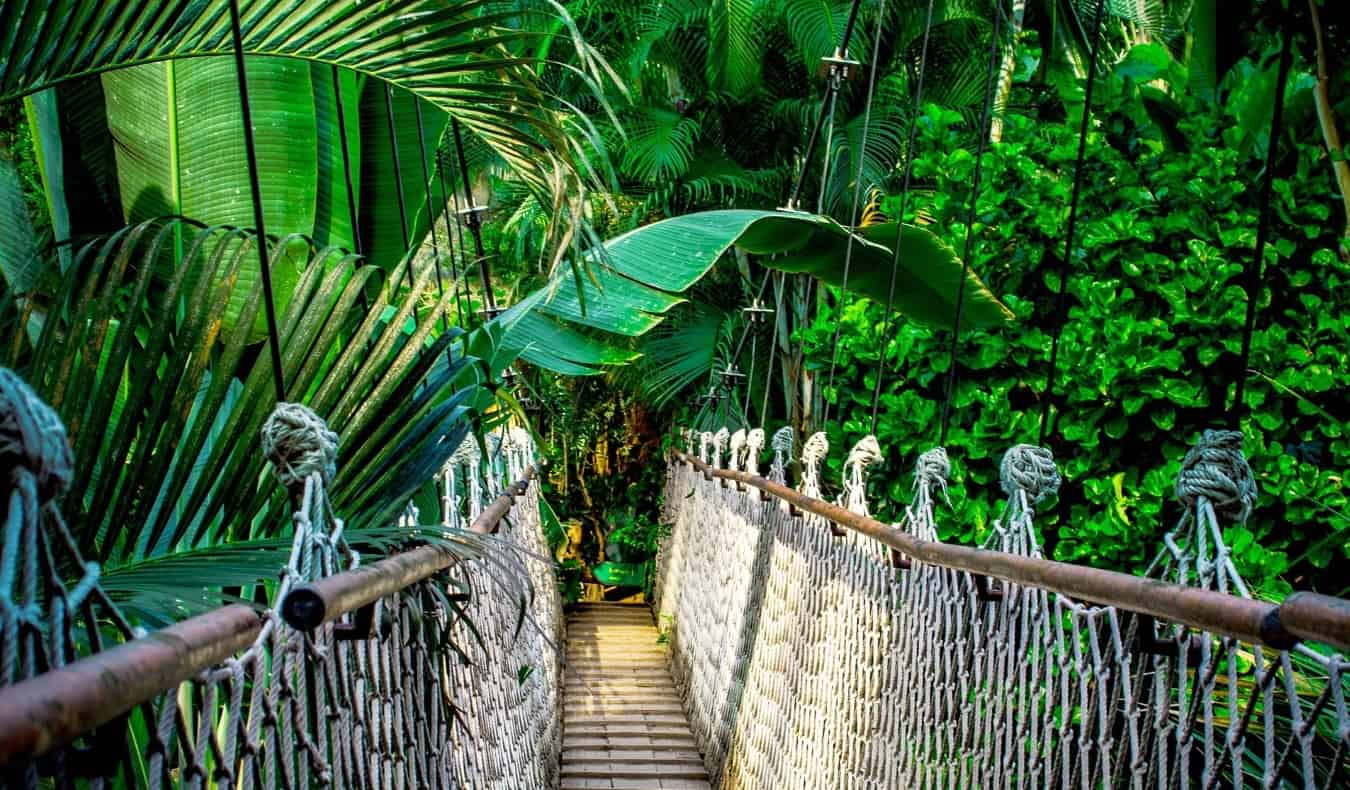
Chiang Mai is the main starting point for all sorts of jungle trekking tours. I like the three-day ones the best, but the longer the tour, the more interesting and secluded places you’ll visit. Be careful with whom you sign up, as many guides simply walk with you and don’t tell you much about the land or wildlife.
Moreover, if you visit a tribal village, make sure that the money stays with the villagers, and that they aren’t being exploited, which unfortunately happens a lot.
If you prefer to do a few different day trips rather than multiday tours, TripGuru Thailand offers full-day tours to Doi Inthanon National Park and the Chiang Dao cave system , among others.
Week 4: Northern Thailand If you want to continue soaking up northern Thailand, a great way to do so is on a motorbike trip. Many people rent bikes and tour the countryside and take in the scenery. This area is particularly popular for a 1–3-day trip. Mai Hong Son Province offers a great loop, starting in Chiang Mai and ending in Pai.
Note: Make sure that if you’re renting a motorbike, you’re comfortable with driving it. And never ever drink and drive. Accidents are incredibly common.
Pai – Pai has grown as a tourist destination in more recent years, but it is still a great place to escape some of the craziness of the larger cities. It’s nestled in rolling green mountains and near incredible hiking trails. Stay on the outskirts of this backpacker town in a lovely little bungalow, rent a bike, traverse the hills, and bathe in the cool waterfalls.
Be sure to take a day trip to the Tham Lot Caves; you can stop off to swim in waterfalls and hot springs on the way.
WHERE TO STAY : The Famous Pai Circus Hostel – This is the best hostel in Pai, with a host of amenities, from air-conditioned dorms, comfortable mattresses, and bamboo bunk beds to an infinity pool, nightly bonfires, a fantastic buffet breakfast, free dinners, and overall, a great atmosphere.
Chiang Rai – Many people visit Chiang Rai on a day trip from Chiang Mai , expressly for the purpose of seeing the White Temple. This intricately designed complex with its reflective pools and shimmering white exterior is designed in the style of a Buddhist temple. However, it’s actually a work of art by Thai artist Chalermchai Kositpipat, and is still currently in the process of being completed.
WHERE TO STAY : Baan Mai Kradan Hostel – This sleek, modern, and centrally located hostel has free breakfast, fast Wi-Fi, comfortable pod-style beds, and plenty of indoor and outdoor common areas to relax in.
MONTH TWO: Laos and Vietnam

Week 5: Slow Boat to Luang Prabang Take the two-day slow boat to Luang Prabang. Once there, follow the Luang Prabang itinerary above, but at a slower pace. You can also spend some time in the surrounding, even smaller villages like Nong Kiew , a sleepy village located a few hours from Luang Prabang. The towering limestone cliffs surrounding it are ideal for experienced climbers, and there are many hiking trails leading to nearby waterfalls and caves. You can take the bus from the city for about 40,000-65,000 LAK.
WHERE TO STAY : Lamorn Guesthouse – This is an incredibly affordable guesthouse located right on the river. The rooms are basic but clean, each with its own private bathroom and air-conditioning.
Week 6: Vang Vieng and Vientiane Follow the itineraries for Vang Vieng and Vientiane above. Then, you can either choose to continue your trip in Laos by heading south to Pakse and 4,000 Islands (in which case, follow the itineraries outlined above), or head on to Vietnam.
If going to Vietnam, you can take an overnight bus to Hanoi or a quick flight from Vientiane. If flying, keep in mind that there are only direct flights a few times a week (otherwise you must connect through Bangkok), so plan ahead if going with that option.
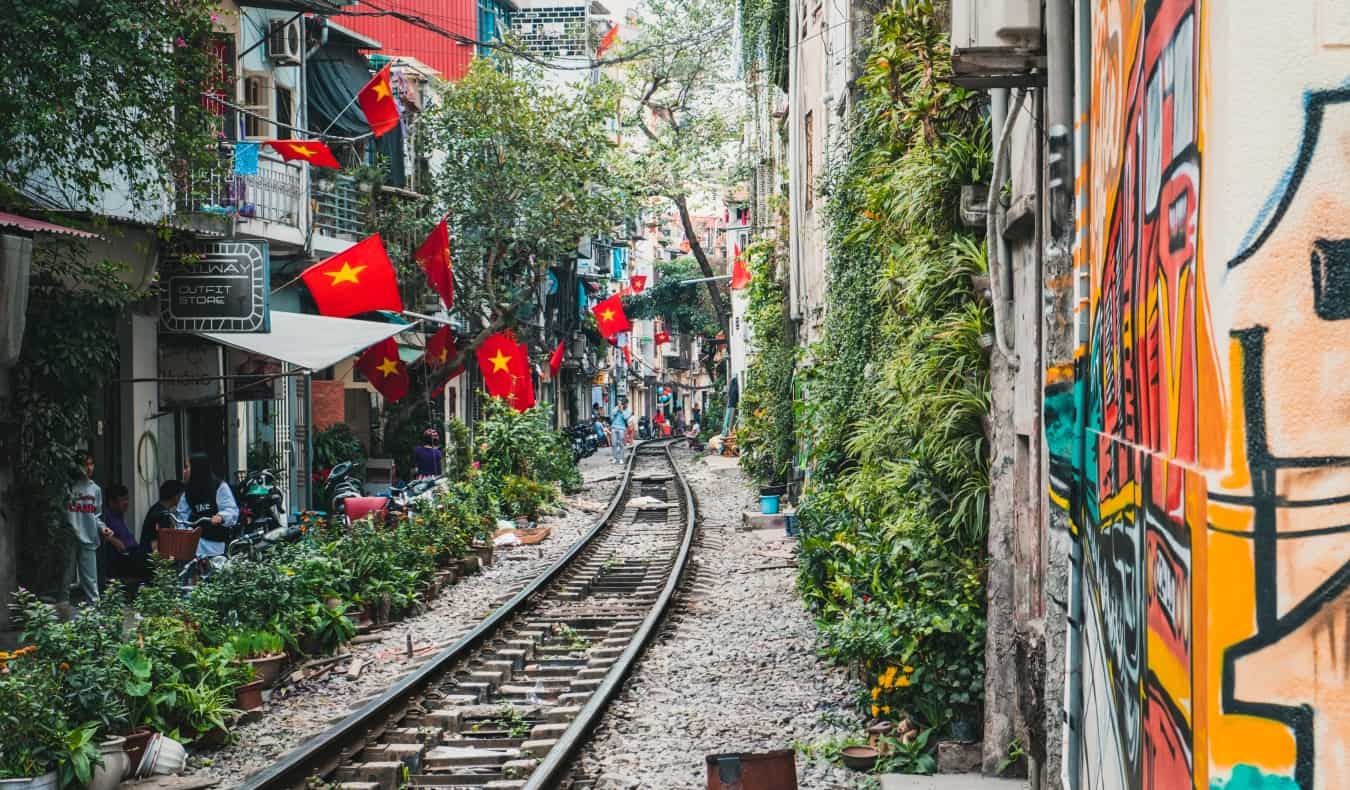
It’s also one of the best places to eat endless bowls of pho, bun cha, or cheap bahn mi from food vendors on just about every street corner.
Start your visit by exploring the narrow streets of the Old Quarter. Its 2,000-year-old streets are a web of shopping opportunities and cheap eateries. There’s also a lot of fascinating Old World architecture that highlights the influence the French had on the area.
Hanoi is also a good base for doing multiday tours to postcard-perfect UNESCO World Heritage Site Ha Long Bay. One of the country’s most popular tourist destinations, the area comprises more than 3,000 islands, all with different activities on offer. Tours here usually last 3-5 days and can include sleeping on a boat or staying on some of the islands around the bay, as well as cave tours and kayaking. If you really want to splash out, take a 3-day luxury cruise .
If you don’t want to do a longer cruise, you can choose a two-day (overnight) cruise or a full-day trip from Hanoi ; however, given that you’re on a three-month adventure, I’d recommend going with the few-day options.
Other things to see and do in Hanoi include:
- The Temple of Literature
- See a water puppet show (an ancient Vietnamese art form)
- Ho Chi Minh Mausoleum
- Dong Xuan Market
- Go on a food tour
- Quan Su Pagoda
For more things to do, check out my guide to Hanoi .
WHERE TO STAY : Little Hanoi Hostel – Located in the heart of the Old Quarter, this hostel has air conditioning, free breakfast, free welcome drinks, and — most importantly — clean, comfy rooms. The staff will help you book tours of the city and surrounding region.
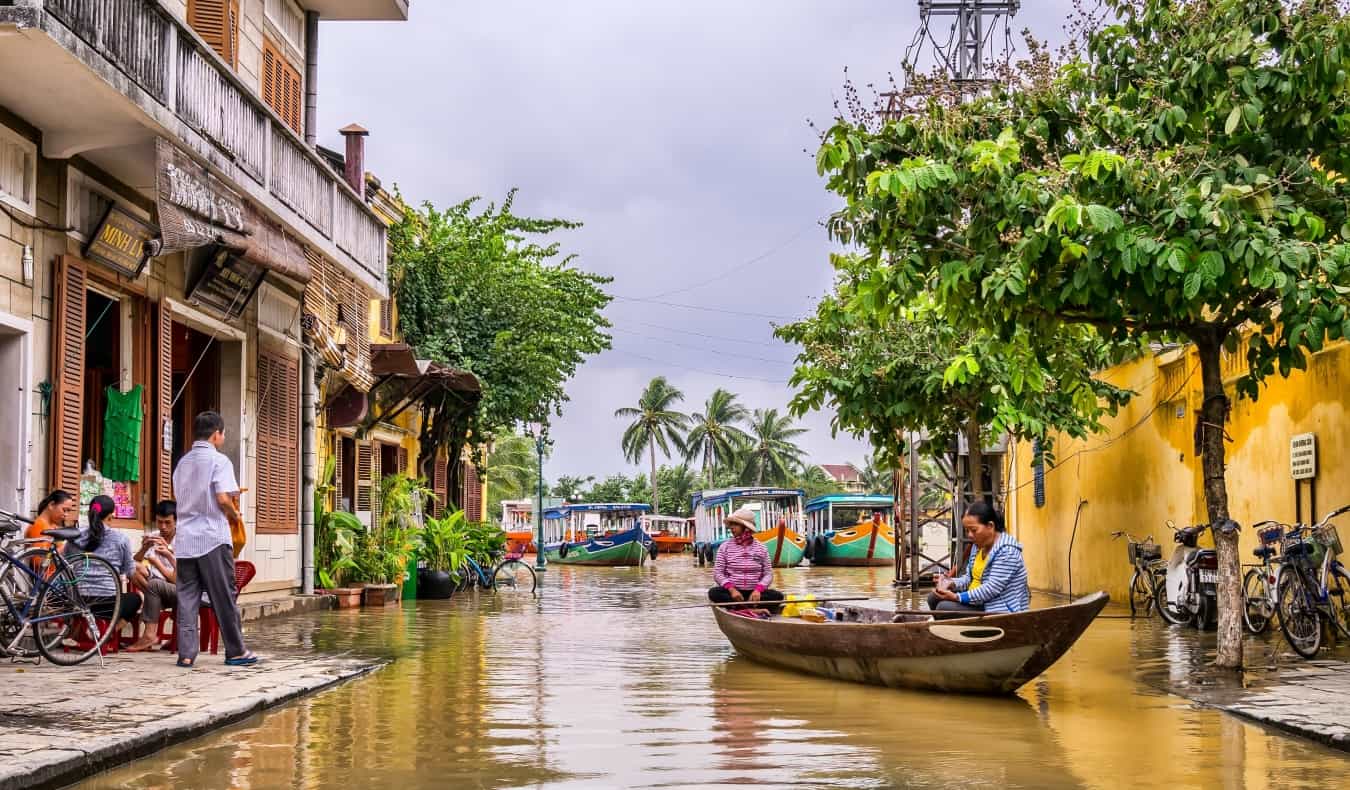
It’s also an extremely popular place for ordering tailored clothing, which is one of the main reasons people come here. You can get anything made here — from custom-made suits to gowns to sundresses to leather boots to sneakers. The tailor shops will even mail all your goods home to you.
Otherwise, Hoi An makes for a relaxing destination in an otherwise hectic country, with the beach only a 15-minute bike-ride from town.
Some of the top things to do here include the following:
- Explore My Son Sanctuary: – This is one of the most important sites relating to the ancient Kingdom of Champa and is said to have been Vietnam’s religious and intellectual center. Even in their ruined state, the remaining Hindu temple structures are impressive. Go in the morning to beat the crowds and heat. A morning guided tour with transportation from Hoi An is the best option.
- Relax on the beach – An Bang and Cua Dai beaches are both close to Hoi An and great places to spend an afternoon. Cua Dai is designated as one of Vietnam’s five UNESCO World Heritage sites; both beaches offer soft white sand and excellent beachside restaurants.
- Attend the Full Moon Festival – Hoi An’s Full Moon Festival is held on the 14th day of the lunar cycle each month and is probably the best time to visit the city, if you don’t mind the crowds. This is a fun time to party with locals, as the streets come alive with folk music, plays, and dancing!
- Learn about (and eat!) all the food – Vietnamese cuisine is fresh, flavorful, and delicious. Hoi An offers a few ways to dive into this incredible cuisine: take a food tour , do a cooking class , or learn how to make Vietnamese coffee !
WHERE TO STAY : Vietnam Backpackers Hoi An Hostel – Located conveniently between the Old Town and the beach, this hostel has a great outdoor pool and terrace, tons of social events, small dorms (max. 6 beds), and rain-head showers with excellent pressure. If you stay in a private room, you’ll even get a free bicycle to use (rentals are also available if you’re staying in a dorm).
Ho Chi Minh City – My favorite Vietnamese city after Hoi An, Ho Chi Minh City (formerly known as Saigon) is the largest and most chaotic in the country. Motorbikes, bicycles, cars, and rickshaws go wherever they please, and lots of street stands and markets spill into the traffic lanes.
It’s a metropolis with a billion things happening at once, and a lot to offer travelers. Stay a few days here to take in the wonderful shops, fantastic nightlife, delicious food, plentiful historic sites, and interesting (though propaganda-heavy) museums.
WHERE TO STAY : The Hideout – This is a conveniently located, social hostel with super clean rooms, free beer at the bar every day, and showers that you can use even after you check out. They organize many tours of the city and area as well.
MONTH THREE: Cambodia
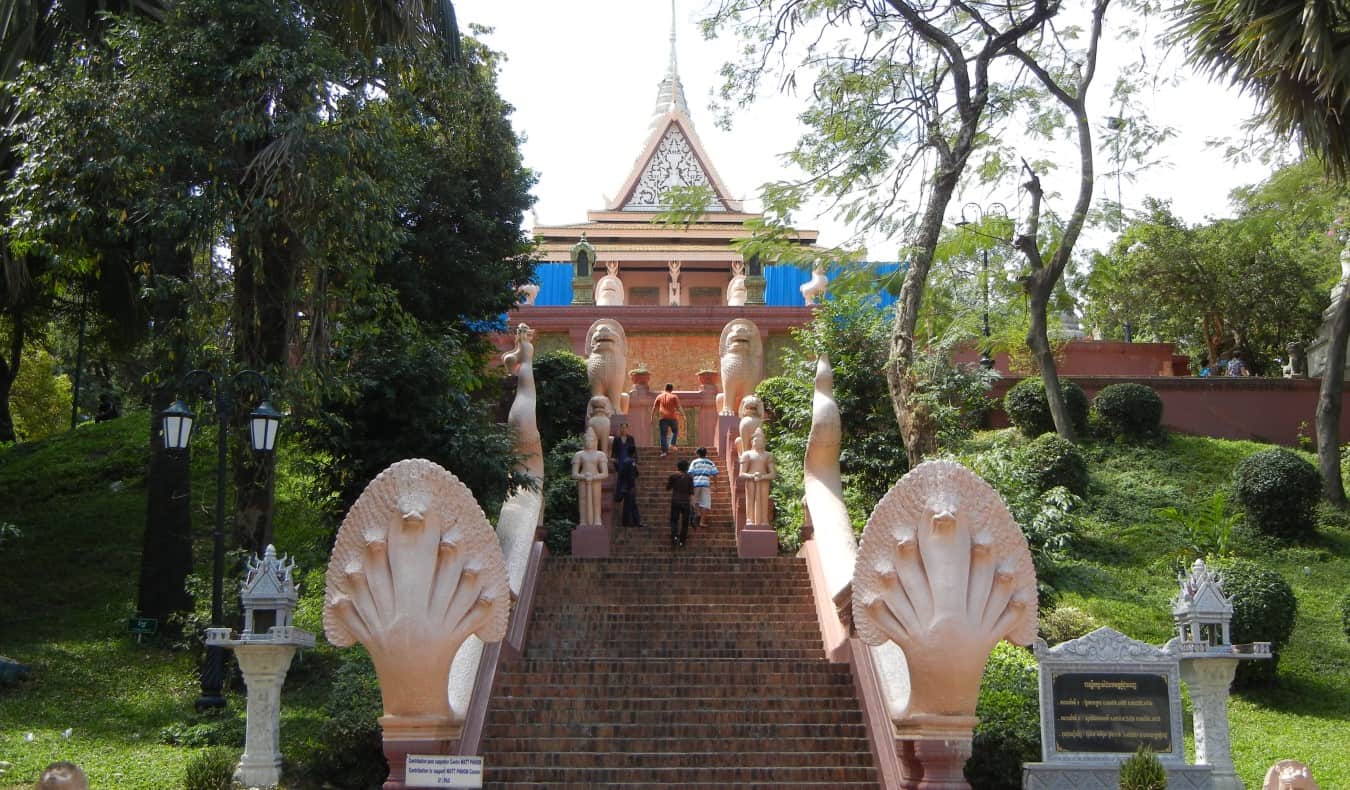
If you’re looking to soak up some sun, Independence Beach and Otres Beach are probably your best bets. But mainly, Sihanoukville is a jumping-off point for other islands and beach towns in the area, such as:
Koh Rong – This island is a 45-minute ride from Sihanoukville. If you’re pressed for time, you can do it in a day trip, but stay overnight if you can. The beaches here are way better than on the mainland (and a lot less polluted), and there’s great snorkeling and diving.
Bokor National Park – Hike through a stunning rainforest or see the atmospheric ruins of the French aristocracy for whom Bokor was a big drawback in the day. You’ll have some amazing views, and there are ruins, waterfalls, and temples all around.
Kep – This quaint beach and fishing village is a quiet version of Sihanoukville but without a party atmosphere, therefore a nice place to relax near the ocean. It’s famous for its pepper crab and empty beaches. Sure, it’s quite sleepy and there’s not a lot to do, but it’s the perfect place to relax, read a book, and eat all the delicious crab. You can also spend some time on nearby Rabbit Island (Koh Tonsay), a secluded and charming escape from the world if you’re looking to disconnect.
Kampot – This is another quiet town on the coast. Most people come here to enjoy the scenic riverside views as well as the rolling hills and pepper farms that surround the city. The area used to be a getaway for the French, so you’ll see old colonial architecture around. At night, the street near the old bridge is lined with fruit shake vendors. Try a million — the city is famous for them. Also, if you only do one thing in this entire itinerary, make sure it’s eating the ribs at the Rusty Keyhole — they are some of the best ribs I’ve ever had.
Week 11: Siem Reap and Angkor Wat Follow the above suggestions for Siem Reap and Angkor Wat but at a slower pace. There’s a lot to see and do in the area. You can easily spend several days just exploring Angkor Wat. You can also do more day trips into the surrounding region.
A great way to spend a day is to head to Koh Ker, located in the jungle around 2.5 hours from town. Koh Ker was briefly the capital of the Khmer Empire, and many of the temples here are over a thousand years old. It’s a massive archeological site that sees far fewer tourists than Angkor Wat.
For another fun day trip, head to Phnom Kulen, considered the country’s most sacred mountain. It’s located just 50 kilometers (31 miles) from Siem Reap and offers some amazing jungles, hiking, and picturesque waterfalls where you can take a dip to beat the heat. You can easily spend a day here. If you head up to the summit, there are some great views, as well as a large reclining Buddha statue. Try to arrive early, as the park fills up by lunchtime.
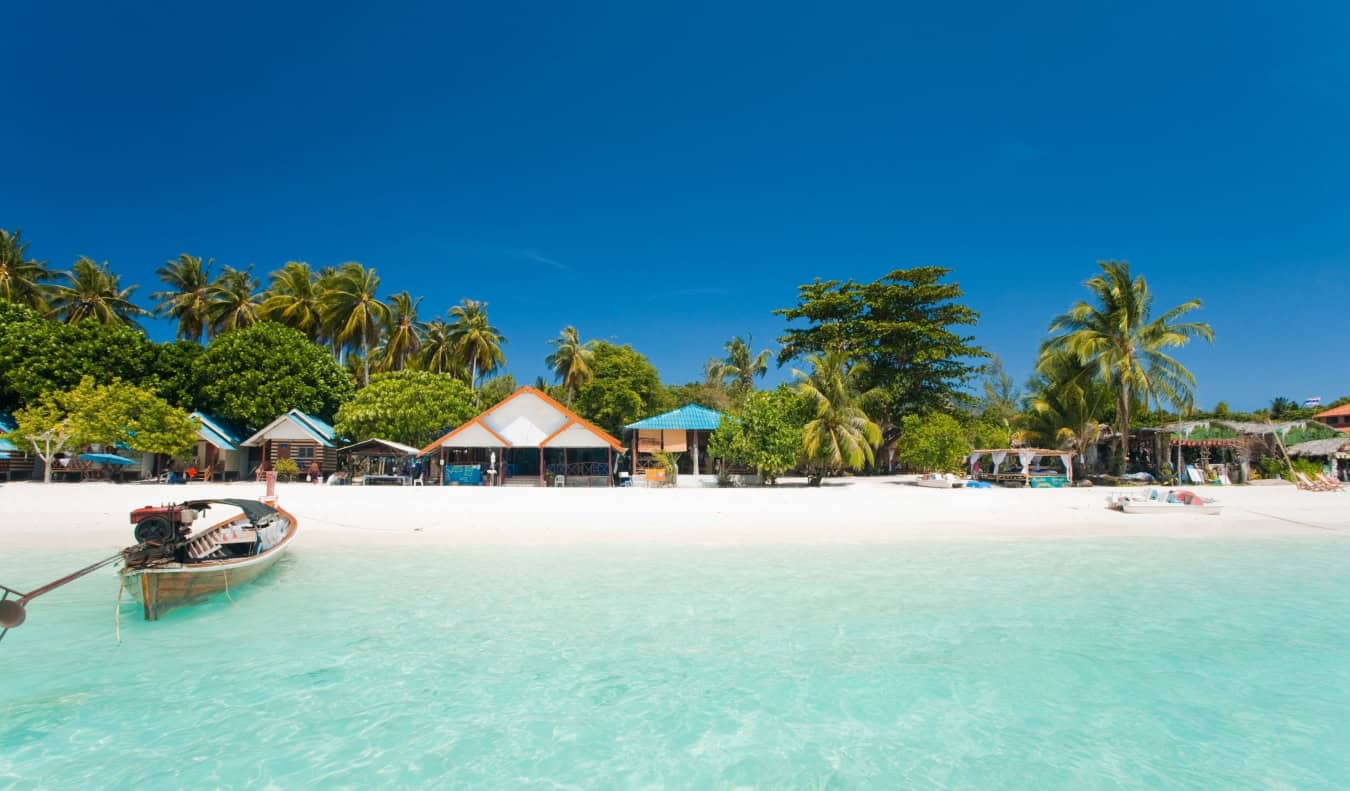
There’s seemingly an island for every type of traveler here. Some are overdeveloped, while others only have a single bungalow. Some of my favorites are Ko Samet, Ko Taruato, Ko Lanta, Ko Chang, Ko Tao, Ko Jum, Ko Lipe, Ko Samui, and the Similan Islands. You could easily spend weeks (or months) bopping around to different islands, but if you’re on your last week, just choose one or two, depending on what you’re looking for.
Some recommendations to get you started:
Ko Lipe – This lesser-known island is one of my favorite places in the world. There are amazing seafood meals, beautiful beaches, and warm waters in which to swim and snorkel . I came for three days and ended up staying for a month. In the last few years, it has become more developed, and it’s not the sleepy little island it used to be, but it’s still way less touristy than many other destinations in Thailand.
Phuket – Phuket is the biggest destination for tourism in Thailand. There are great beaches and amazing activities on this island. While most visitors stick to the overdeveloped south, if you stay away from Patong Beach, you can avoid most of the crowds. In fact, the northern part of the island is one of my favorite places to visit in all of Thailand.
Ko Phangan – This island is home to the infamous Full Moon Party , one of the most famous parties in the world, with a lot of drinking, dancing, and drugs. Each bar has its own sound system, so you’ll hear different music loudly blasting onto the beach every few feet. The beach itself is lined with people selling alcohol, fire dancers putting on shows, and little booths selling glow-in-the-dark face paint.
Ko Tao – If you’re looking to dive in Thailand, go to Ko Tao , which caters specifically to divers. If you dive here, be sure to see Elephant Head Rock, as the reef is home to plenty of fish, snappers, rays, and turtles. Day trips start at 5,900 THB for two dives, including equipment and park fees. If you’ve never dived before, a day trip that teaches you all the basics starts at 2,500 THB while a four-day open water course starts at 11,000 THB.
After your time in the islands, head back to Bangkok for your return flight home.
If you’ve got even longer, this region has so much to offer — from Malaysia to Singapore to Indonesia and more!
The best time to visit Southeast Asia largely depends on your preferences, where exactly you’re going, and what you plan to do. But generally, the dry season, spanning from November to April, is prime time for travelers. During these months, countries like Thailand, Vietnam, Cambodia, and Laos boast sunny skies, lower humidity levels, and comfortable temperatures.
If you don’t mind occasional rain showers, the shoulder season (from May to October) is much less crowded. You’ll get lower prices on accommodations too. July to September is the peak holiday season and when you can expect to pay the highest rates.
This is all a vast generalization though, as it’s a big region and conditions vary drastically depending on where you are. Be sure to check my Southeast Asia Travel Guide and specific country guides for more information.
U.S. citizens don’t need a visa for many countries in Southeast Asia, and where a visa is required, it’s usually pretty easy to get. Assuming the purpose of your trip is tourism only, here are the latest visa requirements:
- Thailand: U.S. citizens can enter Thailand visa-free for up to 30 days.
- Vietnam: U.S. citizens need a visa to enter Vietnam. The easiest option is an e-visa through the Vietnam Immigration website. The e-visa is valid for a maximum of 90 days and does not allow for renewal from within the country. You can also get one through a Vietnamese embassy or consulate.
- Cambodia: U.S. citizens can get a visa on arrival at major entry points or apply in advance for an e-visa. Both options typically allow for stays of up to 30 days.
- Laos: U.S. citizens need a visa to enter Laos. Visas can be obtained on arrival at major entry points or in advance through a Laotian embassy or consulate. You can extend the visa for up to 60 days through the Department of Immigration in Vientiane.
- Myanmar (Burma): U.S. citizens need a visa to enter Myanmar. You can either get an e-visa online in advance or apply through a Burmese embassy or consulate.
- Malaysia, Indonesia, Singapore, and the Philippines: U.S. citizens typically do not need visas for short stays (usually up to 30 days) in any of these countries.
Visa requirements do change periodically though, so be sure to check before your trip in case any of the above has changed. Also ensure that your passport is valid for at least six months after the end of your trip and that you have enough blank pages for entry visas. While not all countries require this, most do!
Southeast Asia is one of the best regions to backpack in. It’s fun, affordable, safe, and has something for everyone. But it can be tricky to plan a trip here, as there is a ton to see and do. So, as you try to craft the perfect Southeast Asia itinerary, just keep in mind that plans change. You meet people or learn about something new, and all of a sudden your meticulous preparation goes out the window.
These days, I leave much more room in case plans change — because they always do. Give yourself that wiggle room. That way, no matter what comes your way, you’ll be able to adapt.
Be flexible. Go slow.
That’s how you plan an amazing itinerary. Not only to Southeast Asia but anywhere in the world!
Book Your Trip to Southeast Asia: Logistical Tips and Tricks
Book Your Flight Use Skyscanner to find a cheap flight. It is my favorite search engine because it searches websites and airlines around the globe, so you always know no stone is being left unturned!
Book Your Accommodation You can book your hostel with Hostelworld as it has the biggest inventory and best deals. If you want to stay somewhere other than a hostel, use Booking.com as it consistently returns the cheapest rates for guesthouses and hotels.
Don’t Forget Travel Insurance Travel insurance will protect you against illness, injury, theft, and cancelations. It’s comprehensive protection in case anything goes wrong. I never go on a trip without it, as I’ve had to use it many times in the past. My favorite companies that offer the best service and value are:
- Safety Wing (best for everyone)
- Insure My Trip (for those over 70)
- Medjet (for additional evacuation coverage)
Looking for the Best Companies to Save Money With? Check out my resource page for the best companies to use when you travel. I list all the ones I use to save money when I’m on the road. They will save you money too.
Got a comment on this article? Join the conversation on Facebook , Instagram , or Twitter and share your thoughts!
Disclosure: Please note that some of the links above may be affiliate links, and at no additional cost to you, I earn a commission if you make a purchase. I recommend only products and companies I use and the income goes to keeping the site community supported and ad free.
Related Posts
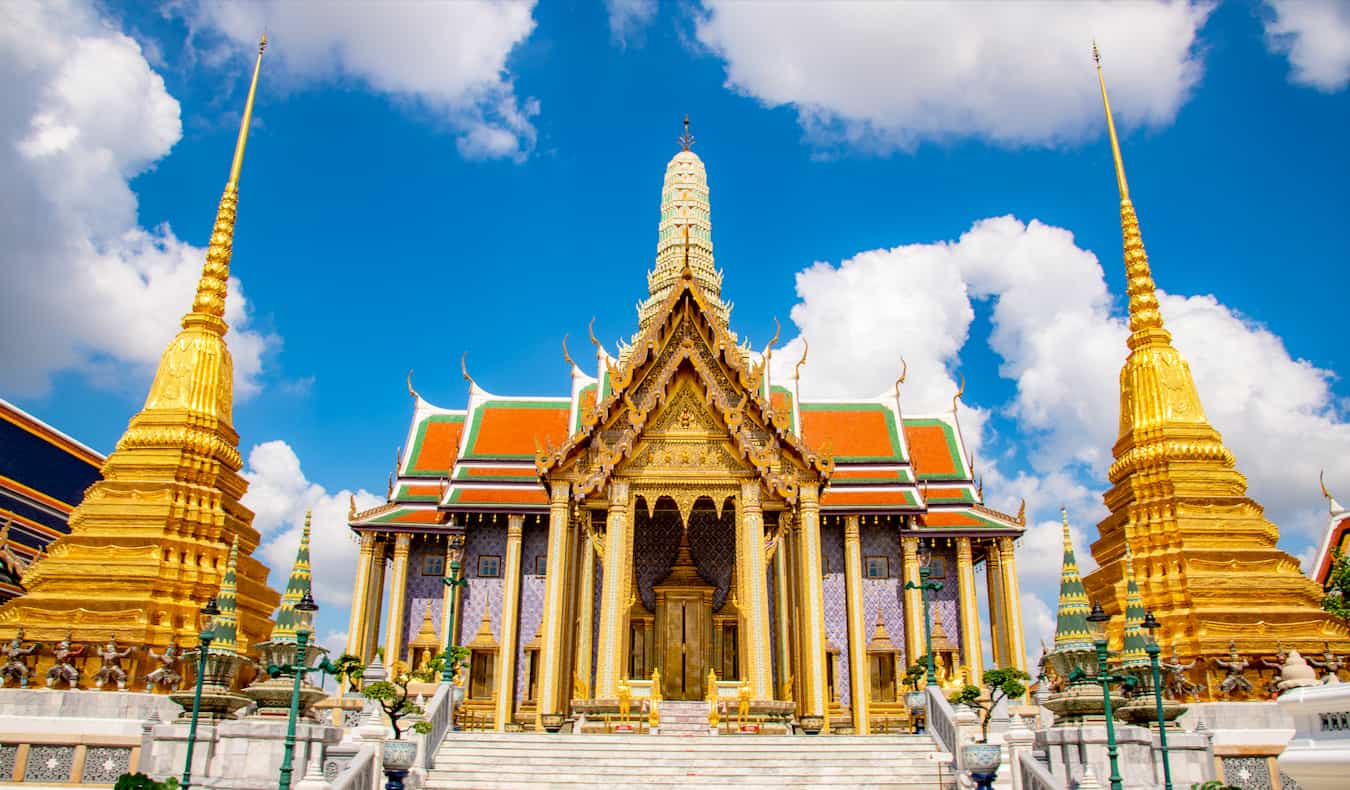
GET YOUR FREE TRAVEL STARTER KIT
Enter your email and get planning cheatsheets including a step by step checklist, packing list, tips cheat sheet, and more so you can plan like a pro!


50 Essential travel tips for first time backpackers visiting Southeast Asia
- July 27, 2023
- curious goose
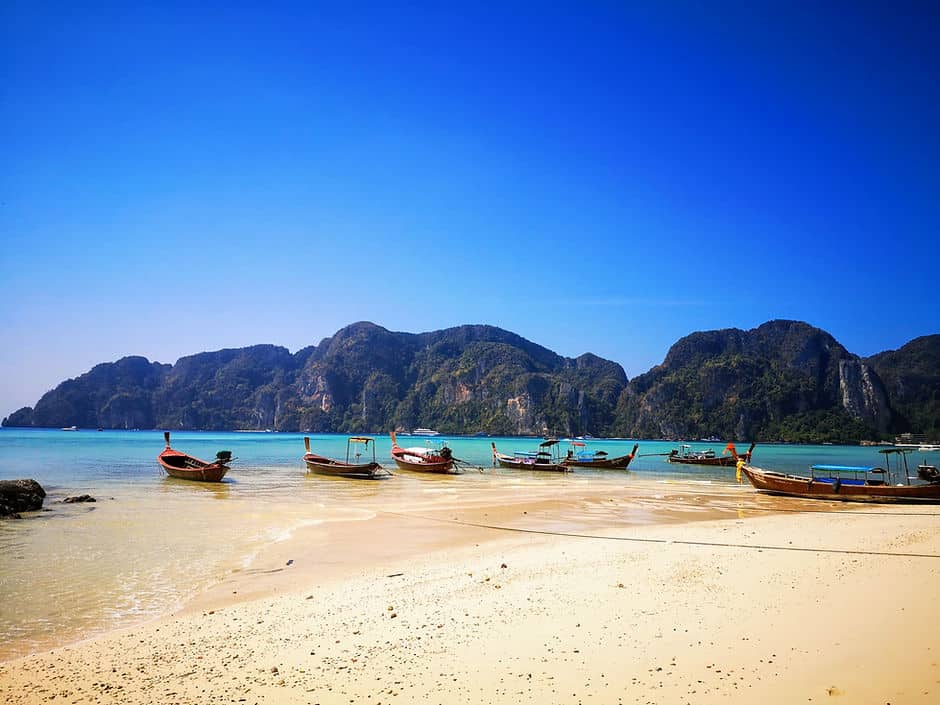
This post may contain affiliate links. I will receive a small commission if you use these links.
Make sure you read these essential tips for Southeast Asia to help plan your trip.
Southeast Asia is one of the most popular destinations for backpackers. It’s easy to see why – gorgeous sandy beaches, cultural temples, delicious food and bustling cities makes for an attractive mix. It’s also a safe and cheap place to travel, meaning that Southeast Asia is a great place for first time travellers getting to grips with backpacking and those on a budget.
Southeast Asia has been on my bucket list for years and in 2022, I spent 7 months travelling in Thailand , Vietnam , Cambodia, Malaysia and Indonesia. Based on my experience, I’ve put together 50 essential travel tips to help you plan your trip to Southeast Asia. These tips cover everything from what food and drink to avoid, to how to keep track of your budget while travelling and travel hacks to make life on the road easier.
These travel tips for Southeast Aisa will prepare you for a great trip and hopefully help to prevent you from getting into any tricky situations!
50 Essential travel tips for first-time backpackers visiting Southeast Asia
Practical information for travel in southeast asia, managing your budget and finances when travelling in southeast asia, top tips for getting around in southeast asia, food and drink in southeast asia, local cultures and traditions in southeast asia, travel health, packing tips.
- Lastly…things to remember when travelling
Travelling takes a lot of organisation and planning. Here’s a few hacks to help you have a smoother travel experience.
1. Get yourself a sim card as soon as you land
Often the best sim card deals can be found in the arrivals hall at the airport, with a ‘tourist sim’. I’d recommend getting a sim card as soon as you arrive in the country, especially if you are taking public transport from the airport / ferry / bus terminal to your accommodation. Most likely, you will be dropped off at a location in the centre of town (or at the side of the road as I experienced several times!) and having the internet to figure out where you are is very helpful.
2. Download an offline version of google maps before you arrive at a new place
Even if you have a sim card with data, you might not always have a signal to access the internet. Make sure that you download an offline version of google maps, covering the area you are travelling to. You might need to download several if the area you are travelling to is vast. Another handy tip is to ‘pin’ key locations onto your map, such as your accommodation, attractions, bus terminals and places to eat! That way, if you can’t access the internet you’ll still be able to find your way to key services and attractions.
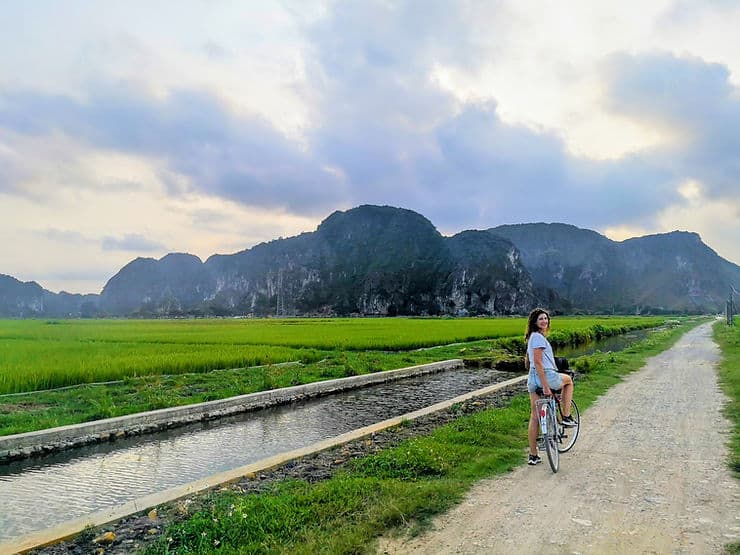
3. Screenshot or note down your accommodation booking confirmation and address
Don’t rely on being able to access the internet to retrieve the information of your accommodation. You’d be surprised how many travellers get off a bus in a new town and don’t know the address or even the name of the place they are staying at and can’t access their emails as they don’t have internet! Take a quick screenshot of your accommodation and travel bookings, or write the important information down in a notebook or in the notes folder on your phone.
4. Print any important documents you need to enter a country
For entering many of the countries in Southeast Asia, you’ll need a visa (and may need other supporting documents too). It always helps to have a printed copy of any important documents as well as the electronic version on your phone. This way, if your phone gets lost / stolen / runs out of battery, you’ll have a backup copy. If you are travelling between countries, your hostel or hotel might be able to print documents for you, or they can usually point you in the direction of a printing shop.
5. Be aware of scams
Travelling in Southeast Asia is an amazing experience and most of the local people you meet will be welcoming, friendly and helpful. However, you will also encounter locals who will try to take advantage of travellers. The most common scams usually involve taxi or tuk-tuk drivers, or money exchange kiosks. When travelling around in Southeast Asia, always negotiate the price and be clear on what the price covers. Only change money in authorised exchange kiosks – your accommodation should be able to help you with this.
How do you know if something is a scam? Usually you can tell if something doesn’t feel right. If you don’t feel comfortable and are unsure, just say no and move on. It also helps if you do your own research and plan beforehand. For example, if you research how much a specific A to B journey should cost in a tuk-tuk and the price you are being quoted is over double, you know they are trying it on.
6. Don’t put tissue paper down the toilet
As a general rule, putting tissue paper down the toilet is a no-no in Southeast Asia. There are some exceptions to this rule, for example in more modern, and usually more upscale resorts. However, in most places, the pipes cannot cope with the paper and they will block, which is not nice for anyone. Use the bin provided or embrace the water gun!
7. Read reviews
Whilst it’s not a good idea to get hung up on one negative review out of 10’s of positive ones, reading reviews is definitely worth doing. Whether this is for accommodation, attractions or transport. Filter the reviews to ‘Newest first’ and make sure you know what to expect before you part with your money.
8. Check the weather when planning your trip to Southeast Asia
Generally speaking, October – March is the best time to travel in Southeast Asia as this is the dry season and the weather is cooler and more manageable. However, research the individual countries you want to visit to plan which month would be best for you to travel.
9. Plan your route but allow for flexibility
Whether you are visiting one country or several countries in Southeast Asia, plan your itinerary beforehand. Having a rough plan of your route is a good idea so that you have an idea of what you would like to see within your time frame. However, don’t be rigid with your plans. Be flexible and embrace opportunities to visit places you hadn’t included in your original itinerary. Having unexpected experiences is one of the best things about travelling!
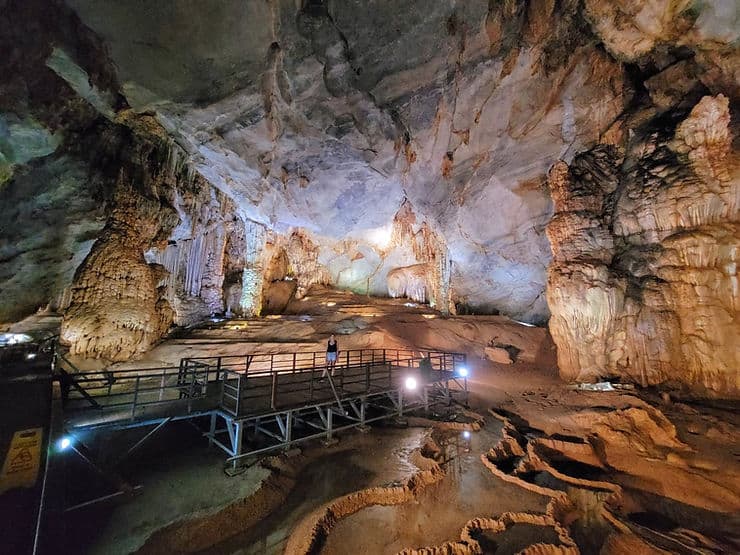
Budgeting for your trip is one of the most important things you can do, both before and during your travels. Make sure that you read these top tips to help you manage your budget and keep track of your spending when travelling.
Need help saving for your dream trip? Check out my 12 super simple tips for how to save for full time travel
10. Have a couple of good debit cards
One of the most important things you will need when travelling is a safe way to access your money. Instead of using your normal bank debit card, which may have expensive fees for use overseas, get yourself a new debit card, purely for travelling. I use a Starling Bank debit card, but I’ve also heard good things from travellers about Revolut and Monzo too. Instead of having all your money on your travelling debit card, simply ‘top it up’ when you need and keep just a small amount on the card. That way, if you lose the card, or it gets stolen, you don’t risk losing a lot of money. For this same reason, having two debit cards you can use in this way is also a great idea (just make sure you keep them in different places!).
11. Pay for large items on a credit card
When booking things like accommodation, travel (especially flights) and activities, always use a credit card. Credit cards offer a much higher protection on spending and if something goes wrong with the supplier (for example, if the service provider goes out of business), your credit card company can help you to claim your money back. I have a Halifax Clarity credit card which is great for travelling and using abroad. Shop around and find a credit card with low or zero exchange fees or charges for using it overseas.
12. Always carry some cash
When travelling in Southeast Asia, it’s a good idea to always have a bit of cash on you. If you are travelling to more remote areas, or buying something from a local shop or stall, you will need to pay for it in cash. Just be aware that many of the ATM’s in Southeast Asia charge for withdrawing money and they have a limit for how much you can withdraw, which is annoying!
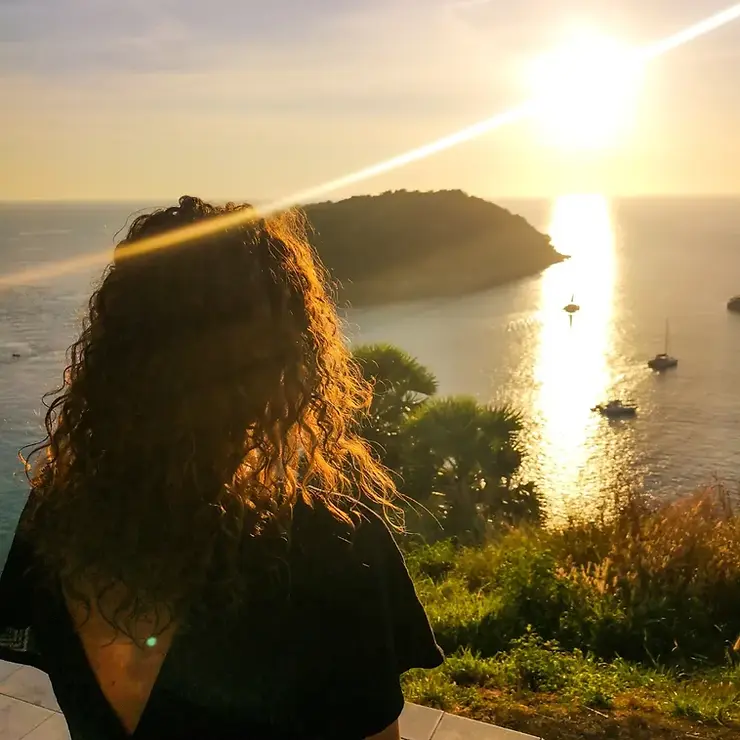
(Image: Windmill Viewpoint, Phuket, Thailand)
13. Make sure you can access your bank account if you lose your phone
Most of us manage our bank accounts via an app on our phones. However, what happens if your phone is lost or stolen? Make sure that you know how to access your bank account online or over the phone.
14. Set yourself a travel budget and track your daily spend
Possibly THE most important element of travelling is budget management! It doesn’t sound exciting (and it’s not!), but it’s vital if you don’t want your trip to end abruptly because you’ve run out of money.
When planning your trip, do your research and set a daily budget. This should be based on the prices of accommodation, food, transport and activities in your destination and also what kind of experience you want to have (on the scale of budget backpacker – luxury holiday). Read my step by step guide on How to budget for full time travel and create your own Travel Budget (you can also download my FREE Travel Budget Spreadsheet Template).
Make sure you record your daily spend to keep you on track. I use the free version of @travelspendapp . Managing your budget means that if you’re careful in some places, you can splurge on more expensive trips in others, such as an overnight luxury cruise to Halong Bay in Vietnam
15. Take advantage of travel rewards programs
There are plenty of rewards programs available to savvy travellers. One of my favourite reward programs is the Booking.com genius program. The more qualified bookings you make through your Booking.com account, the more genius points you can earn, which can get you discounts and upgrades on certain hotels, transport and experiences.
Another great rewards program, if you are from the UK, is Topcashback . Simply login to your Topcashback account and make your booking with one of the travel providers via the Topcashback site to earn cash back on your purchase.
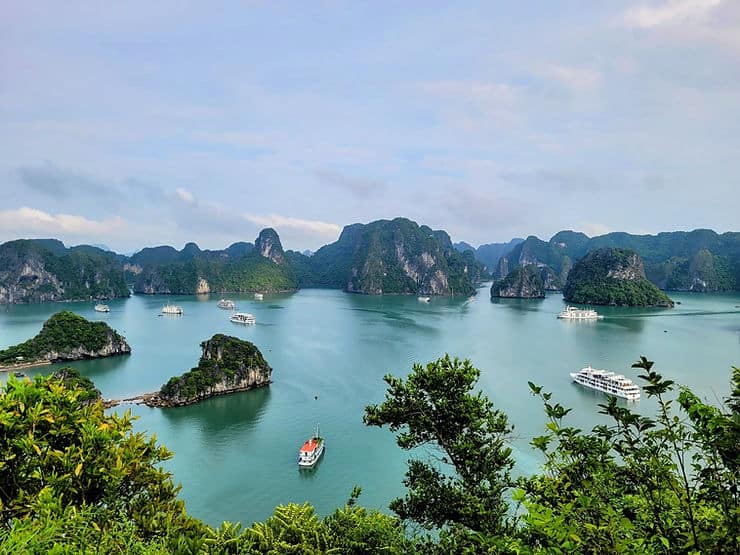
Southeast Asia is a large, diverse continent and even the individual countries within Southeast Asia are massive, so you’re going to want to travel around and explore as much of it as possible. Getting around in Southeast Asia is not always the most straightforward, so here’s some tips to help you navigate public transport.
16. Shop around for the best deal on public transport
During the 7 months I spent in Southeast Asia, I booked a lot of my bus and ferry journeys online. One of the best booking platforms for transport in Southeast Asia is 12go . Camboticket in Cambodia is also another good option. (For booking tours, Viator , Get your Guide and Klook are all great platforms). But don’t just rely on websites. Speak to your hotel or hostel and get their advice. Sometimes they can tell you about transport routes or tour companies that don’t appear on the larger comparison websites. Whatever you are booking, shop around and get a couple of prices for the best deal.
If you are travelling a longer distance, or between countries, don’t assume that travelling by plane will always be more expensive. Sometimes a flight can be cheaper, or a similar price to a long distance train, especially if you have carry-on only bags. It’s also worth taking into consideration the journey time. If a flight is only £30 more but takes 14 hours less than the bus, it may be a better option for you.
17. Travelling from A to B is not as easy as it sounds!
Travelling from A to B sounds easy (and it should be!), however travelling from A to B in Southeast Asia usually ends up being a lot more complicated than it needs to be! Don’t be surprised if you are asked to change buses several times throughout your journey as different drivers and companies take over each section of the trip. I took a journey in Thailand from Railay in Krabi to Koh Samui which took 12 hours and consisted of 1 boat, 5 buses, 1 ferry and a taxi (which was 4 more buses than expected!) Try to stay patient and go with it, it won’t make you feel any better getting stressed about it.
18. Give yourself plenty of time for transfers
As I’ve mentioned, travel in Southeast Asia is usually not a simple process. Often journeys depart later than scheduled and will take a lot longer as the drivers make random stops along the way. If you are planning a journey that has transfers with different companies (for example, a bus journey followed by a ferry), make sure that you leave plenty of time between each leg of the journey, as you are most likely going to be late!
19. Prepare for delays or things to go wrong
You can see a theme emerging here! Most journeys in Southeast Asia are late, or delayed, or there’s been a miscommunication with your booking. Try to be patient and polite with the locals. Most local people I encountered in Southeast Asia were incredibly warm and friendly and willing to help. So, be respectful and don’t be rude if things don’t go to plan, it’s all part of the travelling experience!
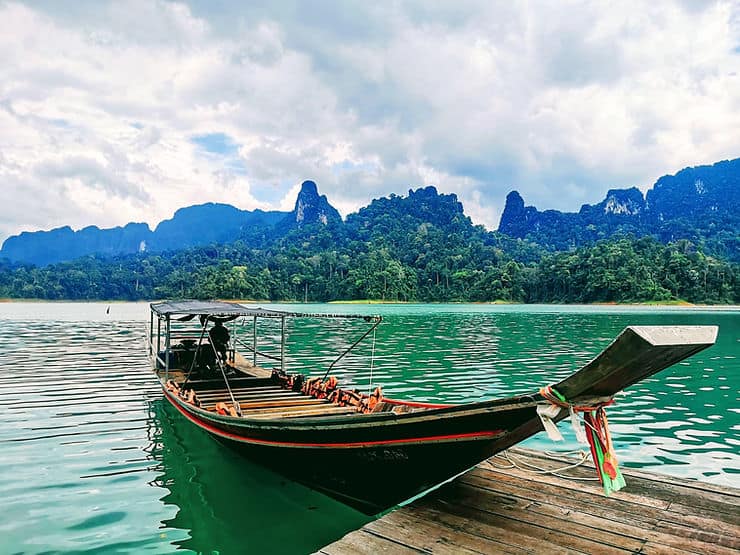
20. Don’t expect formal booking confirmations for public transport
If you’re the kind of person who likes to have written confirmation of everything, then prepare to get out of your comfort zone! As someone who is super organised and over-prepared, I had to learn to accept that formal booking confirmations don’t always exist in Southeast Asia when booking transport. Instead, you’ll be given a flimsy paper slip as confirmation, which at some point will be taken off you and replaced with a coloured sticker (which may later be replaced with another sticker!) They do love a sticker, especially in Thailand! Just take photos of your paper slip or sticker in case you lose it and you’ll be fine.
21. ALWAYS negotiate when ordering a tuk-tuk or taxi!
Rule no.1 when travelling in Southeast Asia – always negotiate! In some of the larger cities you can use Grab, Uber or Gojek which is great as it gives you an idea of what the cost should be. Even if you are getting a ride with a local driver, use the price on Grab/Uber/Gojek to help you negotiate. If that is not available, ask your hostel or hotel how much the prices should be so you have an idea of what is a good price and what is a bad price.
22. Get an international driving licence
If you are considering hiring a car or scooter in Southeast Asia, get yourself an International driving licence. If you are from the UK, you can pick these up in the Post Office for £5. Make sure you keep your licence and your international licence with you at all times when driving. Occasionally local police may stop you and ask to see your licence and if you don’t have it (or the correct one), they may fine you.
23. Don’t feel pressured into riding a scooter
Travelling in Southeast Asia and riding a scooter seem to go hand in hand (if you believe everything you see on Instagram, or read in some blogs). However, don’t feel pressured to ride a scooter if you don’t feel comfortable. The roads in Southeast Asia are uneven and windy and the traffic can be crazy, with people cutting you up and zig-zagging down the road. It is absolutely possible to travel in Southeast Asia without riding a scooter if you don’t want to. If you do want to ride a scooter, make sure your travel insurance covers you and always wear a helmet.
24. Have motion sickness tablets with you on travel days
Even if you don’t normally feel travel sick, you may find yourself feeling queasy. Many of the roads in Southeast Asia are quite hilly and windy and the drivers can be fast and erratic. Also, if you are on a small minibus, it is usually hot and cramped, making you feel even worse. (If you are in the north of Thailand, the Chiang Mai – Pai bus is notorious for making people feel ill). Buses aside, you will likely be taking several boats and ferries during your time travelling in Southeast Asia and some of the boat crossings can be bumpy. Make sure that you have some motion sickness tablets with you for your journey. These can be picked up cheaply from 7/11 in Thailand and also most pharmacies or shops.
25. Pack warm clothing in your day bag on travel days
If you are travelling long distances on a coach or sleeper bus, make sure you keep a warm top or hoodie with you. The buses in Southeast Asia are renowned for having the coldest air conditioning!
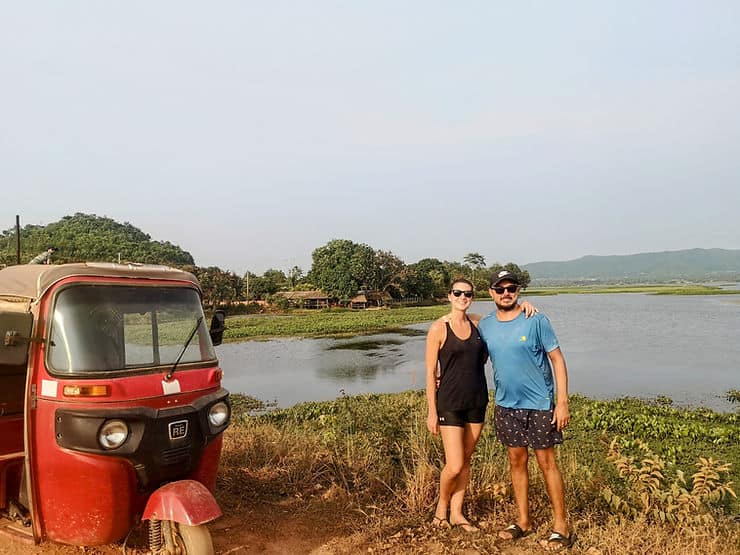
Sampling the food and drink in a new country is all part of the travelling experience and one of the best parts of visiting Southeast Asia is to eat the local food. Here’s a few tips to keep you safe and avoid the dreaded traveller’s belly!
26. Don’t drink the tap water
Unless you want to spend a couple of days being ill, don’t drink the tap water! Bottled water is very cheap to buy, Unfortunately, this does often mean that you will be using a lot of single-use plastic, which is a big problem in Southeast Asia. Some larger cities such as Bangkok, Phuket and Chiang Mai in Thailand have filtered water machines where you can top up your refillable water bottle for a fraction of the cost.
27. Be careful of the fruit!
It can be hard to stay healthy when travelling and the fruit in Southeast Asia is delicious, however, just be careful where you buy it from. There’s plenty of street stalls selling pre-cut fruit. Most of it will be fine, however you don’t know how long it has been sitting there getting warm and also whether it has been washed in clean drinking water. Eating dodgy fruit can make you really sick and wipe you out for several days – believe me! Try to pick places where they cut the fruit fresh in front of you, or buy whole fruit which you can peel/cut yourself.
28. Eat the street food!
The street food scene in Southeast Asia is brilliant (plus its great for your budget too!) The street markets are a lively buzz of noise and smells, creating a great atmosphere. Make sure you go to as many street food markets as you can, it’s all part of the Southeast Asia experience! If you buy meat from a street vendor, make sure that they fry it / cook it in front of you. Eating meat that has been left out for a while is another thing that could leave you chained to the bathroom for a day or two.
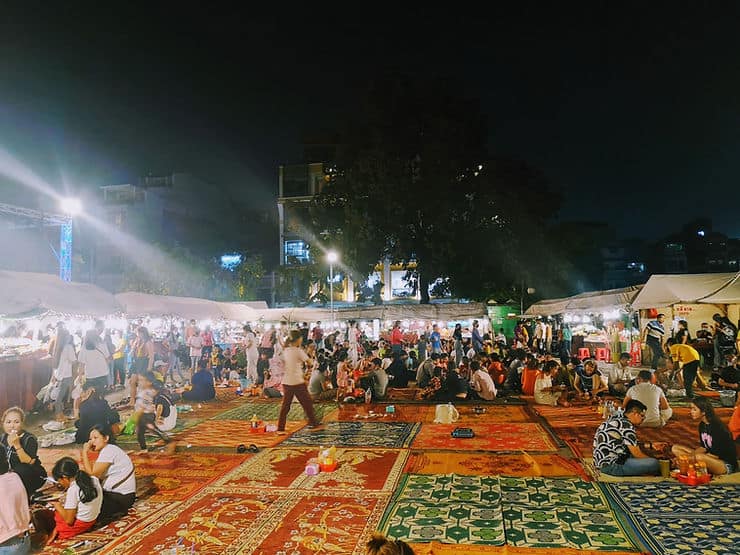
29. Try local dishes
When you visit somewhere new, make sure you know what the local dishes are and try them. Ask the locals you meet what food you should eat whilst you are there. There’s often regional variations of national dishes too.
30. Don’t be put off by the interior (or lack of!) a place
Some of the best food I’ve eaten in Southeast Asia has been whilst sitting outside on a tiny plastic stool at a metal table! In my experience, the small, family-run local restaurants have the best food and even better, they are the most budget-friendly too!
31. Bring a reusable water bottle and bag
As I’ve mentioned, some of the larger cities and towns in Southeast Asia do have places where you can top up your reusable water bottle. There are also some cafes which will allow you to top up for a small charge. Reusable water bottles are also vital for taking on some of the amazing hikes Thailand has to offer. Tip – buy an insulated bottle to keep your water cool!
Take a reusable cotton tote bag too for your shopping, rather than asking for a plastic bag each time you go to the shop. This foldable tote bag is perfect as it has a zip to keep your valuables secure too.
32. Check the spice level!
Spicy food in Southeast Asia is on a different level! A ‘mild’ dish is comparable to a medium in the UK. Don’t be afraid to ask for no chilli or for a dish to not be spicy.
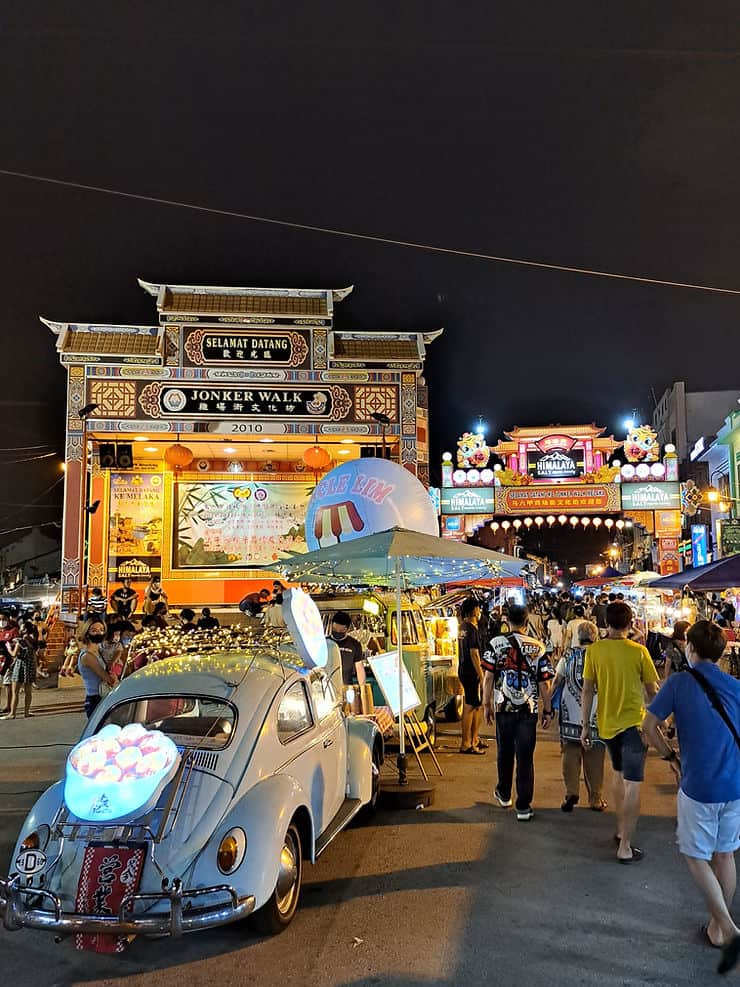
Experiencing a different culture and learning about the history and traditions of a place is one of the best bits about travelling. Read these four things you must do to make sure that you are respectful and get off to a great start with the locals when travelling in Southeast Asia.
33. Learn basic phrases
If you are travelling in another country, even just for a couple of weeks, it’s a great courtesy to know a couple of key phrases, such as Hello and Thank You. Even though English is widely spoken across Southeast Asia, locals love it when you try to speak a little of their own language and will be happy to teach you some new phrases.
34. Be respectful
Southeast Asian culture is very different to western culture and each country in Southeast Asia has their own traditions and cultural differences. Make sure that you know how to behave in certain situations and be respectful. For example, women should not approach, converse with or touch Monks. Women also cannot enter certain shrines or temples whilst menstruating.
Travelling to Bangkok? Make sure you visit these three temples
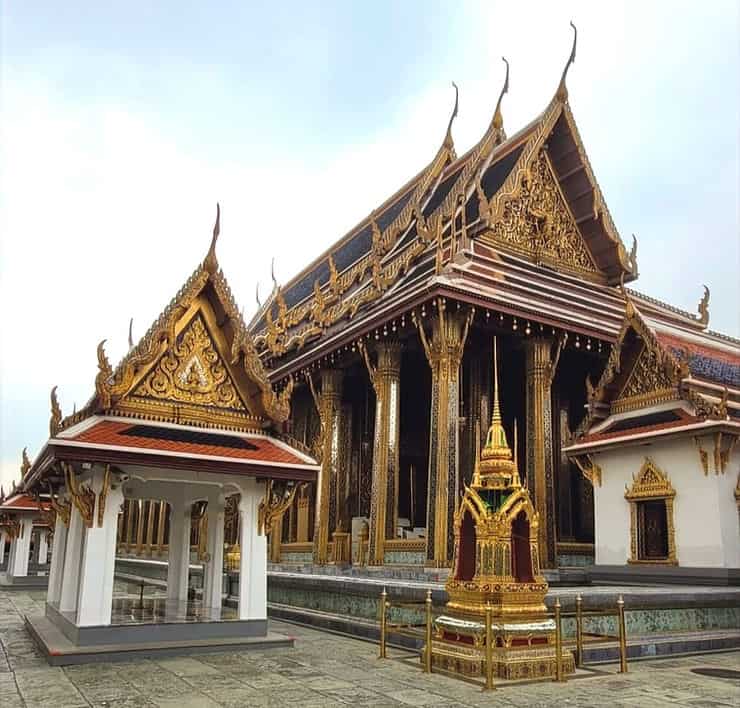

35. Dress appropriately
Whilst both men and women should make sure that they are respectfully dressed when entering a temple or government building, this mostly applies to women. Whether you’re exploring Ankor Wat , in Cambodia or the Grand Palace in Bangkok, women must always cover their knees and shoulders when visiting a temple.
When bathing in certain spots, it is respectful to cover up. Wearing a bikini is acceptable at most public beaches and in your hotel or hostel pool, however, if you are visiting a local bathing spot, you will notice that Southeast Asian women wear shorts and a t-shirt to bathe in. It is polite to do the same.
36. Take off your shoes
This is common practice in many places throughout Southeast Asia, but it is mostly associated with Thailand. Shoes should always be removed before entering a temple, but you will also need to remove shoes before entering other places too. If you are staying in a small guesthouse, or homestay, it is polite to leave your shoes outside. This is the same if you enter a small, local shop and even when you travel on certain boats and buses (especially the sleeper buses in Vietnam).
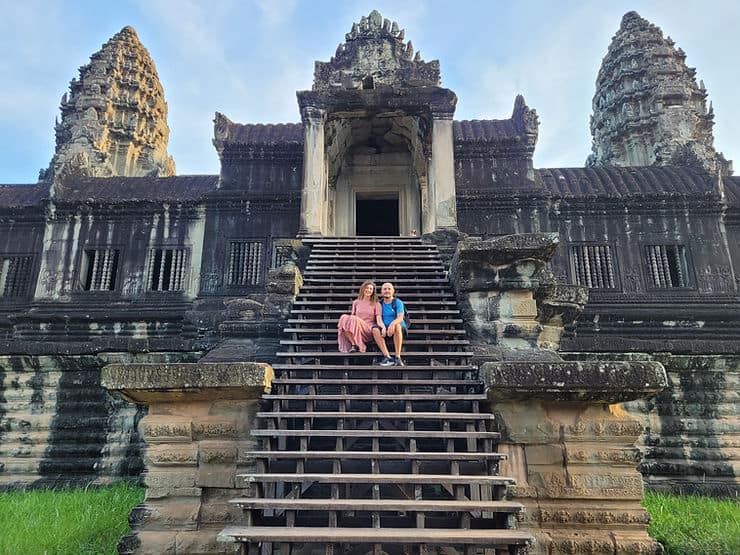
Prepare for your trip to Southeast Asia by making sure that your health requirements and needs are taken care of before you travel…
37. Check what vaccinations you need before you go
When planning a trip to any new country, it is important to make sure you have received all the relevant vaccinations beforehand. If you are in the UK, you can check the NHS website to see which vaccinations are recommended for the country you are visiting and which vaccinations you can get for free on the NHS.
38. Stock up on sunscreen
Suncream is not widely available in Southeast Asia, especially if you are travelling away from the main tourist holiday destinations. It is also very expensive. You will find lots of ‘sun serums’ or ‘daily lotions with spf’ – be careful with these, whilst they do offer some level of protection, they are not full sun creams and are not recommended for using while sunbathing. If you are only travelling for a short amount of time, take several bottles with you from home, if you have room.
39. Take any medication / feminine products with you
If you are travelling to some of the smaller islands, or more remote places in Southeast Asia, there is not always a large pharmacy available. So, if you need medication, make sure that you bring it with you and restock it before you run out. Feminine products can be expensive too, so if you can, bring these with you.
40. Always carry medication for ‘travellers belly’
It’s not nice to talk about but almost every traveller will experience an upset stomach at some point during their travels in Southeast Asia (no matter how careful you are). Although the best advice is to rest and let the bug ‘pass through’, that is not always possible, especially if you have a bus journey to get through. With that in mind, carrying some tablets for diarrhoea will be a lifesaver!
41. Always have a toilet roll with you on travel days!
This goes hand in hand with the above – most toilets in Southeast Asia don’t have toilet paper and there’s usually a small fee for using them, so carry some small change too.
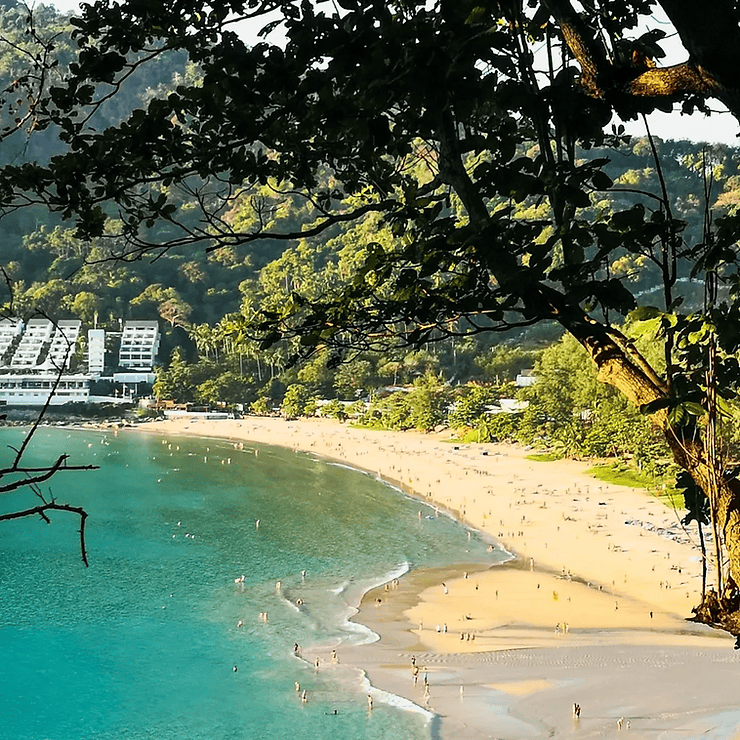
When deciding what to pack, you first need to decide whether you prefer a backpack or a suitcase. Most travellers will opt for a backpack as it is easier to carry across sandy beaches and when you are climbing in and out of boats etc. But it really is down to personal preference.
You will also want to make sure you have a decent day bag to keep all your valuables and travel essentials with you, and one which fits under your seat on the plane to avoid extra charges. Picking the right underseat personal item backpack is important – it will get a lot of use, so if you can, invest in a good one.
Depending on how long you are travelling in Southeast Asia for, your packing list will vary. This is also true if you are planning a long trip and are visiting other places outside of Southeast Asia too. So, rather than include a full packing list in this post, here’s a couple of top tips to help you pack better.
42. Take a Scarf or sarong
A scarf or sarong is one of the most versatile items you can pack in your bag. It is great for covering your shoulders in a temple, laying on at the beach, throwing on over a bikini, using it as a pillow on travel days or keeping you warm on the buses! Plus it takes up virtually no space in your bag!
43. Pack layers
You definitely don’t need as many clothes as you think you do, and you will end up wearing the same things over and over! Pack light things that you can layer and roll up small in your bag. In terms of shoes, one pair of trainers, one pair of flip flops and one pair of Birkenstock or chunky walking sandals will be suitable for pretty much everything in Southeast Asia. I lived in my Birkenstocks for pretty much the whole year!
44. Leave room for new clothes!
Don’t go shopping for everything before you leave home. The clothes in Southeast Asia are so cheap and let’s face it, most of the clothes you will buy at home will most likely come from Southeast Asia anyway! If there’s anything you’ve forgotten or wished you had packed, you will more than likely be able to buy it in Southeast Asia.
45. Be savvy with your chargers
There’s nothing worse than having a bag full of cables and charging wires! A lot of devices will accept the same charger cable and this is a great way to reduce the number of wires you take. For example, my laptop wire will fit my phone and my Go pro, meaning I only need one wire for three devices. (I do also have a single USB cable that will plug into an adaptor so I can charge two things at one, but this takes up hardly any room). I’d also recommend putting your wires into a small organiser case , so they are easy to locate in your bag.
46. Embrace the packing cube!
Packing cubes are a lifesaver when it comes to packing for travelling. Even if you are sceptical about it at first, you will soon realise how handy they are. It’s a great way to separate (and easily locate!) your clothes in your bag. They also help to condense things down in your bag!
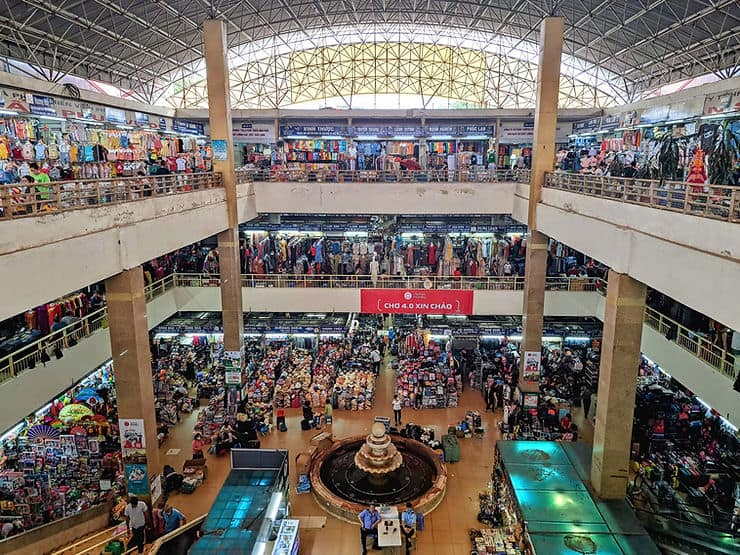
Making the decision to go travelling can be scary but it is also super exciting! Have the best time and remember that comparison is the devil!
47. Chat to others
One of the best parts of travelling is meeting other like-minded travellers. There’s a reason that Southeast Asia is one of the best places to travel solo. There’s so many great hostels and Facebook groups, where you can meet up with other people.
48. Everyone has bad days when travelling
You will have THE BEST time travelling, but there will also be some days that don’t quite go to plan and other days where you are tired or may feel homesick. The best advice I can give you is not to dwell on those days, it is completely normal and usually after a good night’s sleep and a comfy bed, you will feel much better.
49. Don’t compare your journey to others
Everyone’s travel experience is different and your trip will be unique to you. Don’t get caught up in comparing your journey to everyone else’s, just enjoy and embrace your own travel experience.
50. Have fun!
Travel is one of the best things you can do (in my totally biased opinion!). Whether you’re travelling in Southeast Asia for a few weeks or a few months, relax, go with the flow and HAVE FUN!
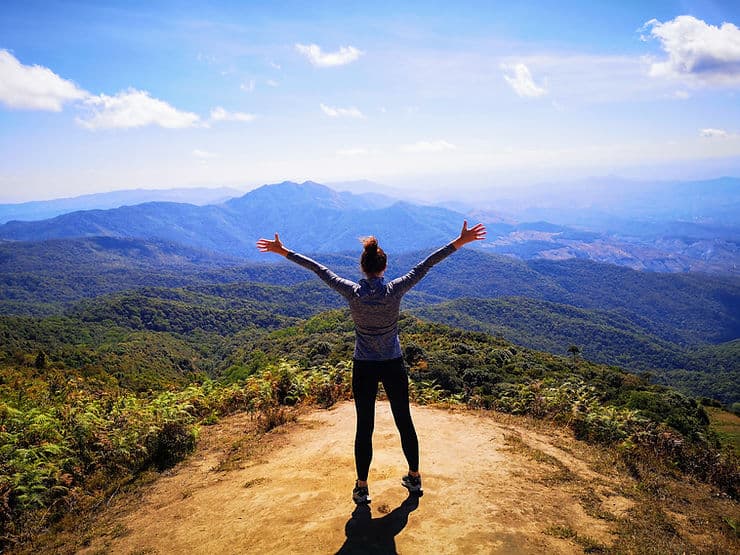
Related Posts
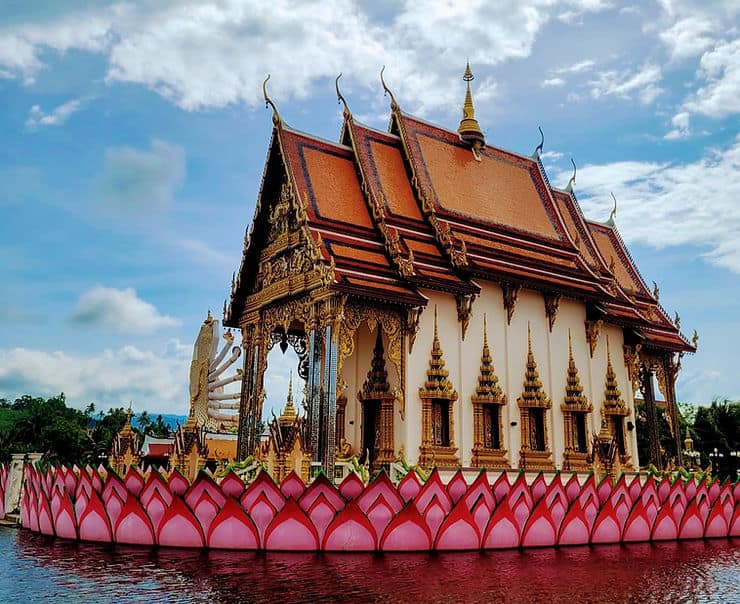
Top 15 things to do on Koh Samui, Thailand
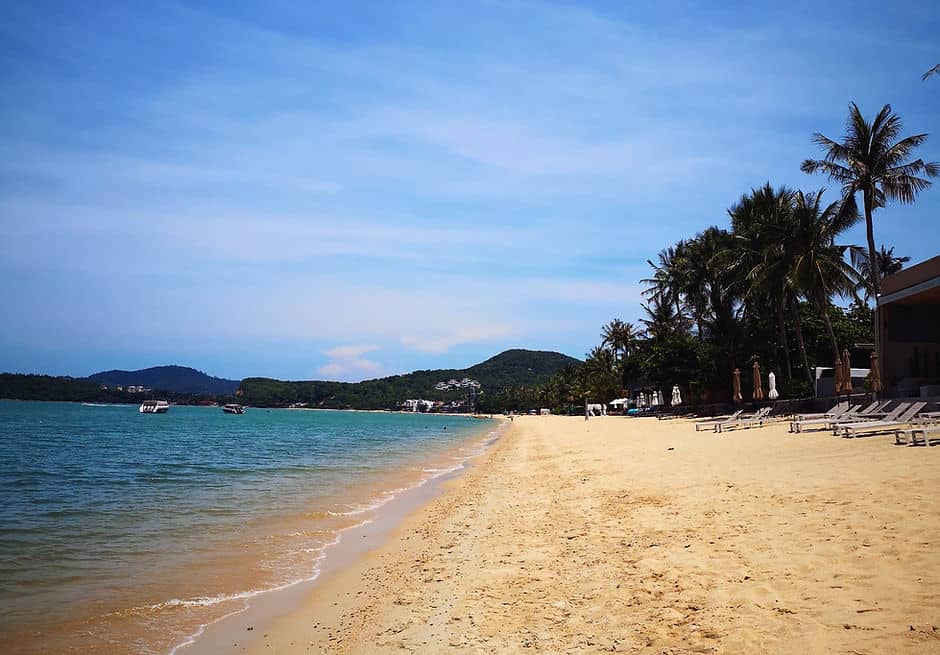
A guide to visiting Koh Samui, Thailand
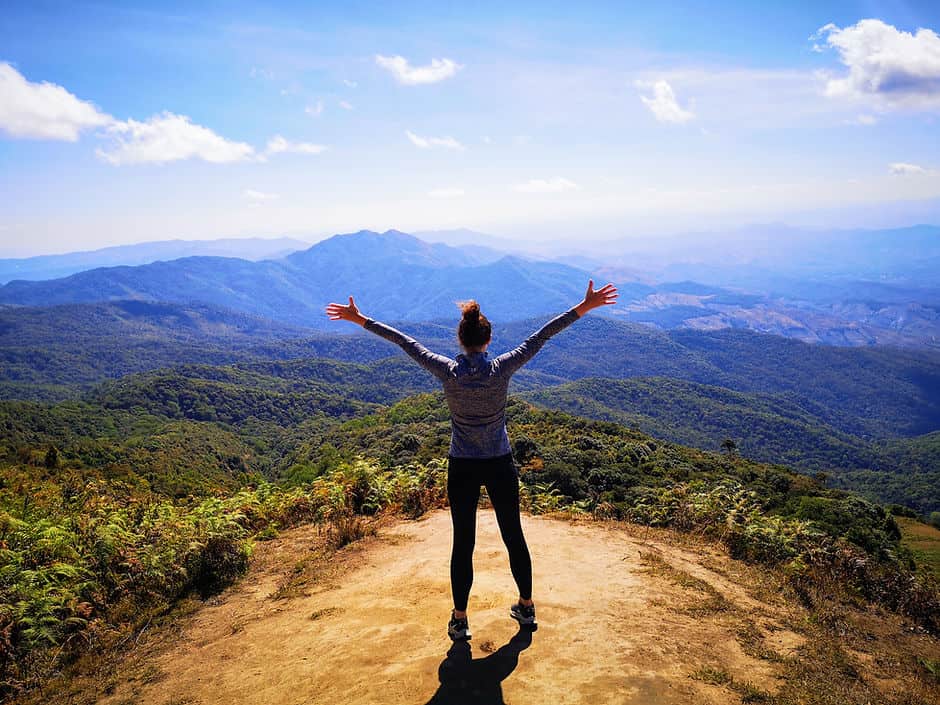
10 Unmissable hikes in Thailand

- Amazon River
- Galápagos Islands
- Indonesian Archipelago
- Mekong River
- Irrawaddy River
- India Cruises
- Pacific Coast
- Patagonia Cruises
- Machu Picchu
- Iguazu Falls
- Southeast Asia
- Southeast Asia Travel Guide
When Is The Best Time To Visit Southeast Asia?

The best time to visit Southeast Asia is an important consideration in vacation planning for such a vast region, with its diverse countries, colorful festivals, weather patterns and micro-climates, especially with activities like diving, trekking, swimming, cruising and volcano scaling to partake in. So when should you go? Here we take a brief look at the main things you should consider when thinking about when to travel to Southeast Asia .

Broadly speaking, with the exception of regional high altitudes, most of Southeast Asia is toasty warm, with temperatures ranging between 77 to 95 degrees Fahrenheit (25 to 35 degrees Celsius) while humidity is high all year round, with a few exceptions.
Many consider the cooler and drier weather between November and February the best time to visit mainland Southeast Asia . The hottest time of the year falls between March and May and can be a little too hot for some. There are exceptions though as large parts of Indonesia experience their dry season from April to October.
Travelers should remember that Southeast Asia ‘suffers’ from a monsoon climate, so during the wet (monsoon) season – which typically falls between June and October in most countries – there are invariably rain downpours in short bursts, rather than all-day drizzles, and this can make sunbathing, diving, surfing and hiking a little less enjoyable, if not treacherous in some instances.
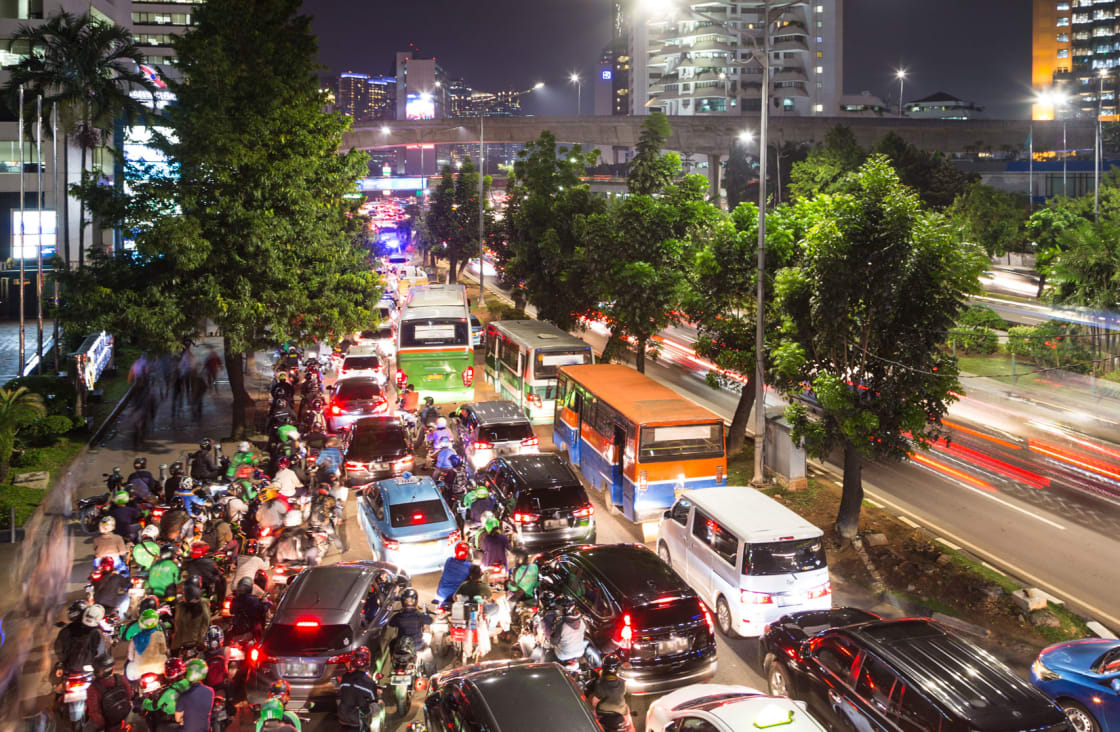
As you might expect, November to February is the most popular time for American and European vacationers, with some 55 million travelers descending on the region eager to escape their respective winters and take advantage of the optimal weather conditions. If you wish to avoid the crowds of tourists, it is better to steer clear of these months.
If you can stand the heat, why not wait a little longer until the crowds subside during the hotter months between March and May. Crowds of a different kind take to the streets in early April, as Buddhist locals let their hair down across Myanmar, Thailand and Laos with their New Year celebrations. Depending on your travel aspirations this may be a reason to aim for this month rather than avoid it.

Public holidays can mean unexpected disruptions to services, transportation, and attraction opening times, but if you are prepared, Southeast Asia’s vivid festivals can prove to be one of the highlights of your trip.
Between January and mid-February, Vietnam’s seven-day Tet (Tet Nguyen Dan) festival marks the advent of spring and the start of the Lunar New Year and gives you the chance to experience traditional and colorful customs across the country, from lantern and flower festivals to Buddhist pagoda rituals. The Buddhist New Year celebrations that take place across many parts of Southeast Asia during April are deeply rooted in tradition and revolve around the cleansing of sins, but Thailand’s Songkran festival has taken this to a new level, evolving into a world-famous water fight, with no one out of bounds for soaking during three days of watery mayhem.
Head to Sanur’s sandy beaches in Bali during July for a spectacular kite festival, where stunning kites of all different shapes, colors, and sizes take to the skies in the hope of persuading the Balinese Hindu Gods to grant a plentiful harvest for the coming year.
During September and November respectively, little Laos is home to larger than life festivals, firstly with the colorful costumes and aquatic parades of its dragon boat races along the riverbanks of the Mekong, and secondly with the glittering Boun That Luang Festival in Vientiane, the country’s most important Buddhist festival and a spectacular sight to behold.

Southeast Asia is renowned to be easy on a traveler’s pocket (backpackers can get by on about $35/day), the countries of Myanmar, Laos, Cambodia, and Indonesia, especially. Despite the relative affordability of the region, there are certain times of year to travel that may stretch your dollar even further. If you can bear the heat of the hottest summer months between March and May, you will find flight and hotel costs tend to fall, especially to Vietnam and Thailand. The cheapest flights are likely found for travel between the less sought-after months between September and October, before the start of the dry (and most busy) travel season.
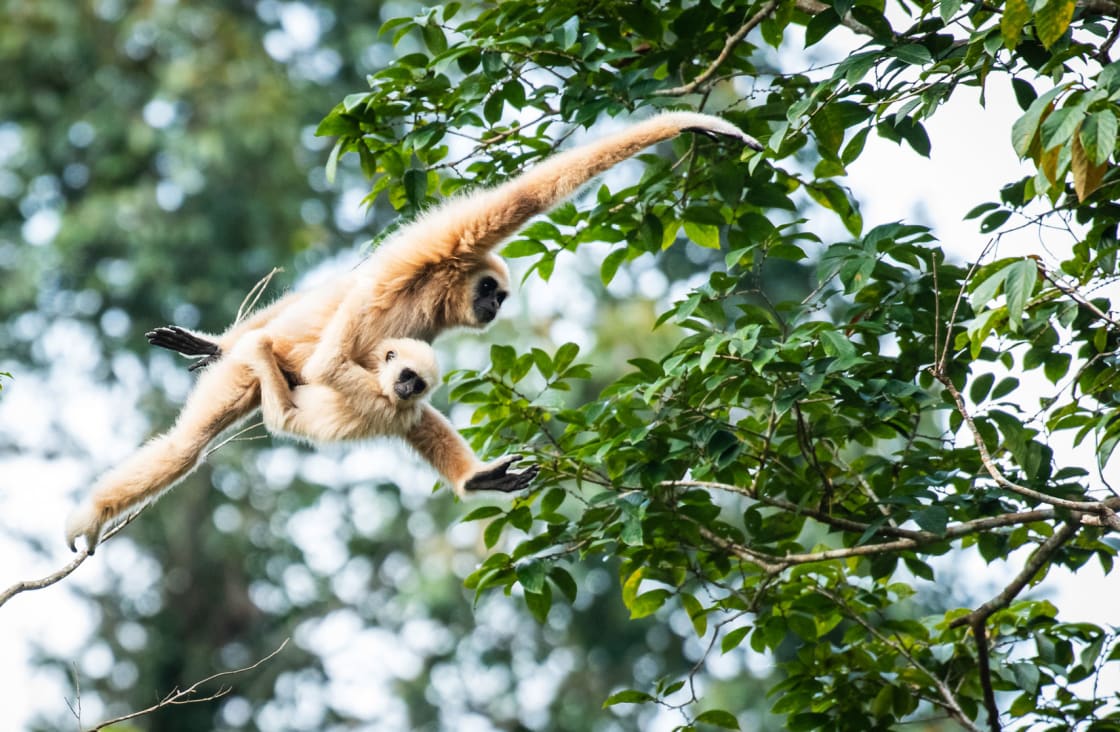
If you are heading to West Papua in search of birds of paradise performing their elaborate courting rituals, go in the dry season between September and October, when the lowlands are more accessible and birds most active. March through October is the ideal time to see Borneo’s endangered orangutans. Southern Thailand’s Khao Sok National Park is a great place to see leopards, sun bear, gibbons, tigers and elephants, with recommended tours taking place in October, November and May.
If you are a keen diver and want to spot Whale Sharks, it is important to know that these animals are migratory. For your best chances of spotting them, head to Myanmar’s Mergui Archipelago between late January through April, Thailand’s Koh Tao between March and May or September and October, or West Papua’s Cenderawasih Bay where they can be seen year-round but best observed between August and October.
River Water Levels and Sea Conditions
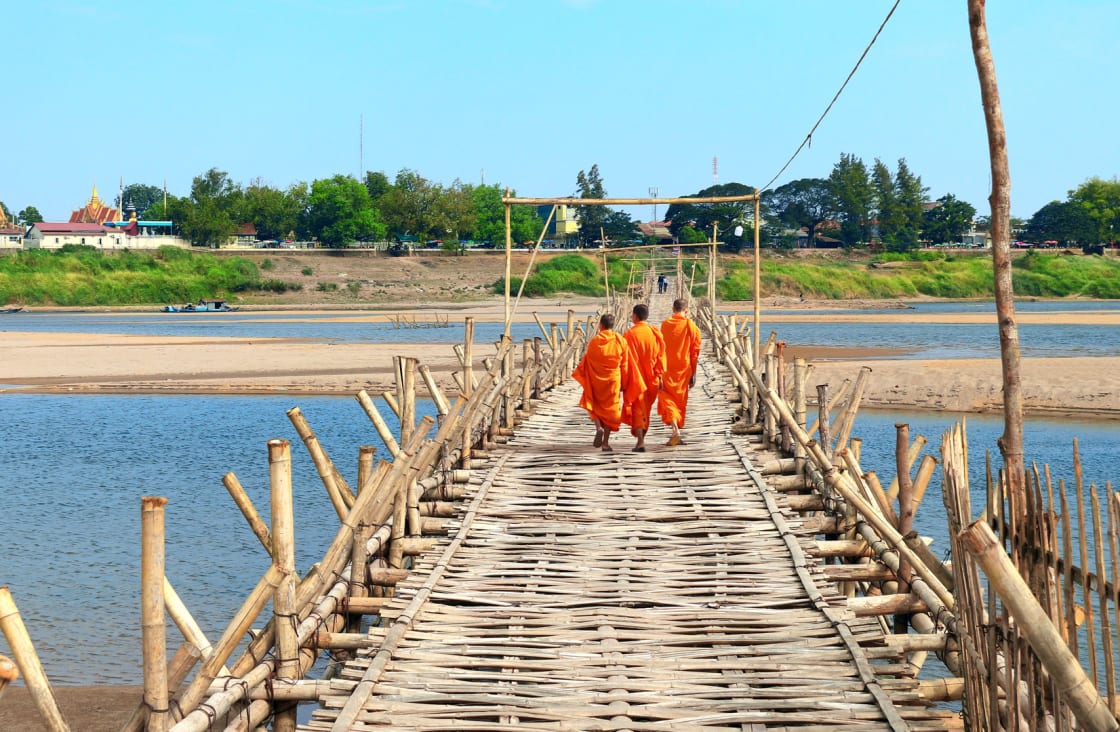
Weather-wise, the best time to cruise the Mekong in Vietnam and Cambodia falls anywhere between November and March, November being quite cool with not too much rain and temperatures rising to reach their peak around April-May. The rains will start in late May or June, and most ships will suspend operation for yearly maintenance around June and July.
When planning the Lower Mekong cruise , it isn’t only the weather that you should think of. If you hope to cruise across Tonle Sap lake, choose the months right after the rainy season (high water season) between August and mid-November, when the waters are high and ships can enter Tonle River and Tonle Sap lake. In the low water season, the river is too shallow and the boats take a different route – to Kampong Chhnang and Kampong Cham.
Traveling on the Upper Mekong in L aos is best between November and January when the weather is good and the water levels high after the rainy season, which starts around May and subsides around October.

Generally, Indonesia has great weather year-round, but it does experience heavier rains from October through April. The monsoon is not even throughout the archipelago, therefore cruises are operated accordingly to the best conditions in the region.
Bali and Komodo areas are great to visit from May to September, with dry and warm weather (and Bali festivals in place). Borneo is always hot and humid but will see less rainfall in the same months as Bali.
Raja Ampat is great for divers in September to April, due to the high number of manta rays, but the calmest waters and best visibility is in November-March, and this is when many cruise lines decide to reposition to that area.
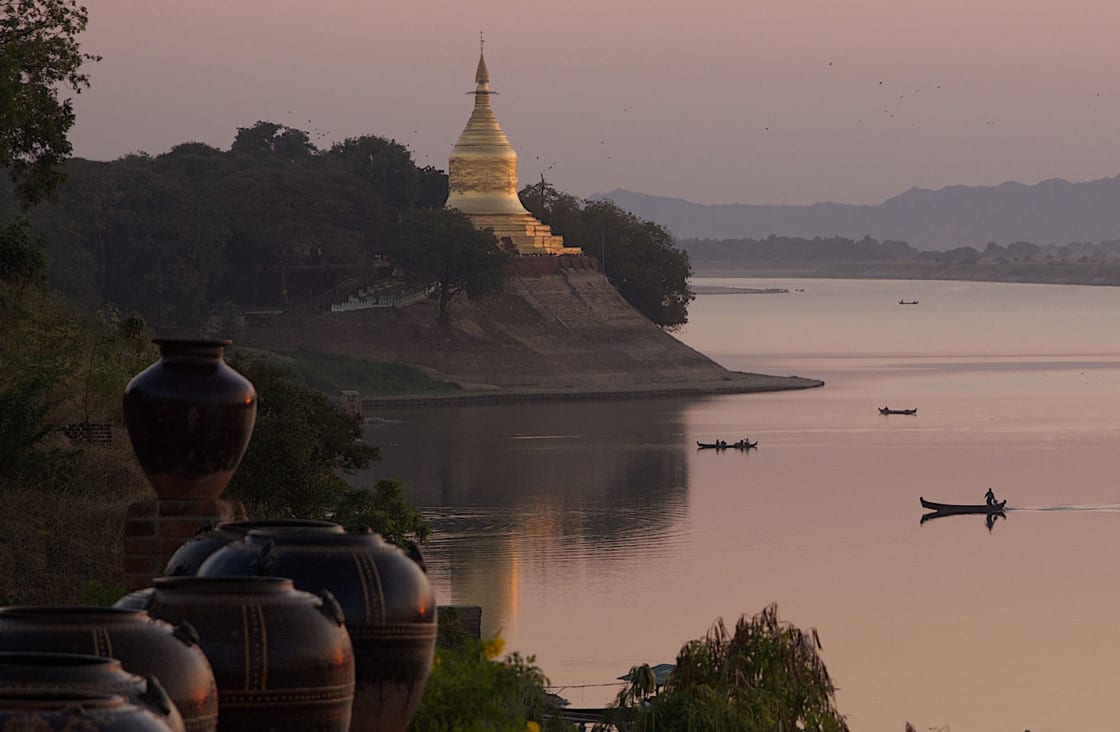
Myanmar, being a tropical country, is either hot or super hot, with dry and rainy seasons, but the weather across the country is not consistent and varies between regions (Inle Lake or Yangon might have different weather than Mandalay at the same time).
When it comes to cruising on the Irrawaddy , the best time for it is between November and April. In May the rains start in Yangon, but Bagan is still dry and extremely hot. Starting in June the rains will increase across the country and August-September will be the wettest.
Lower Mekong
Weather-wise, the best time to cruise the Mekong in Vietnam and Cambodia falls anywhere between November and March, November being quite cool with not too much rain and temperatures rising to reach the peak around April-May. The rains will start in late May or June, and most ships will suspend operation for yearly maintenance around June and July.
When planning the Lower Mekong cruise, it isn’t only the weather that you should think of. If you hope to cruise across the Tonle Sap Lake, choose the months right after the rainy season, when the waters are high and ships can enter Tonle River and Tonle Sap lake. In the low water season, the river is too shallow and the boats take a different route – to Kampong Chnang and Kampong Cham. High water season starts in August and lasts approximately until mid-November.
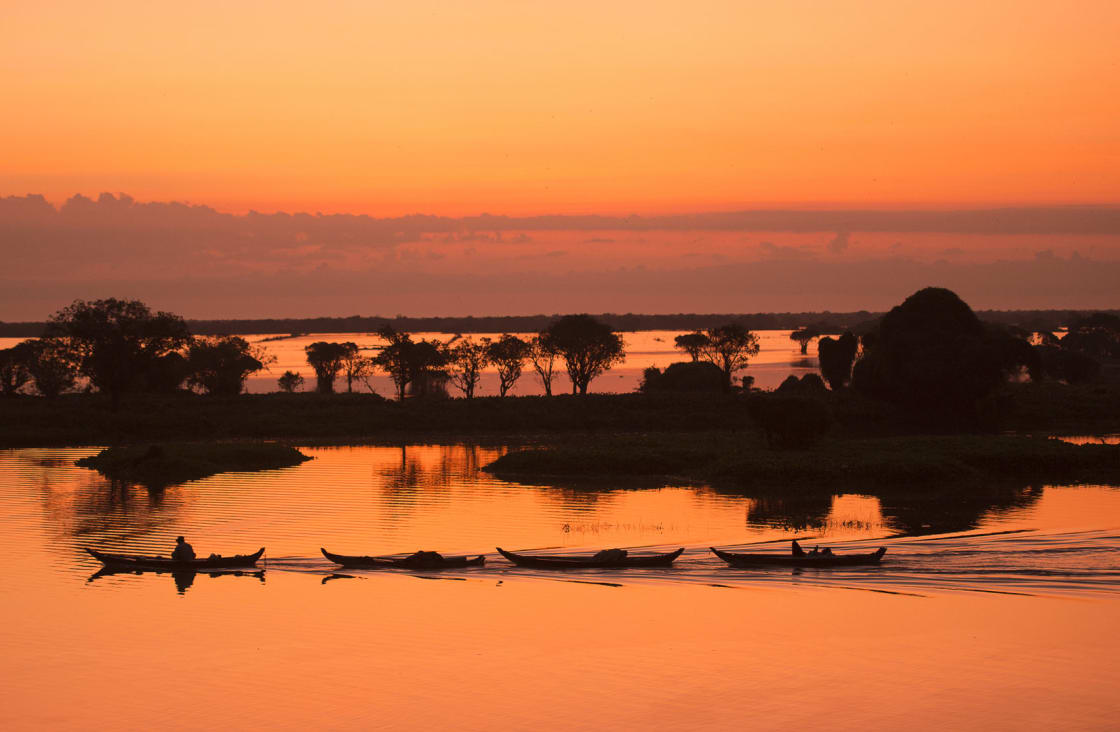
Upper Mekong
Traveling on the Upper Mekong is the best between November and January when the weather is good and the waters are high. The rains start around May and subside around October. The temperatures will be at the lowest in August-November and will spike in May-June.
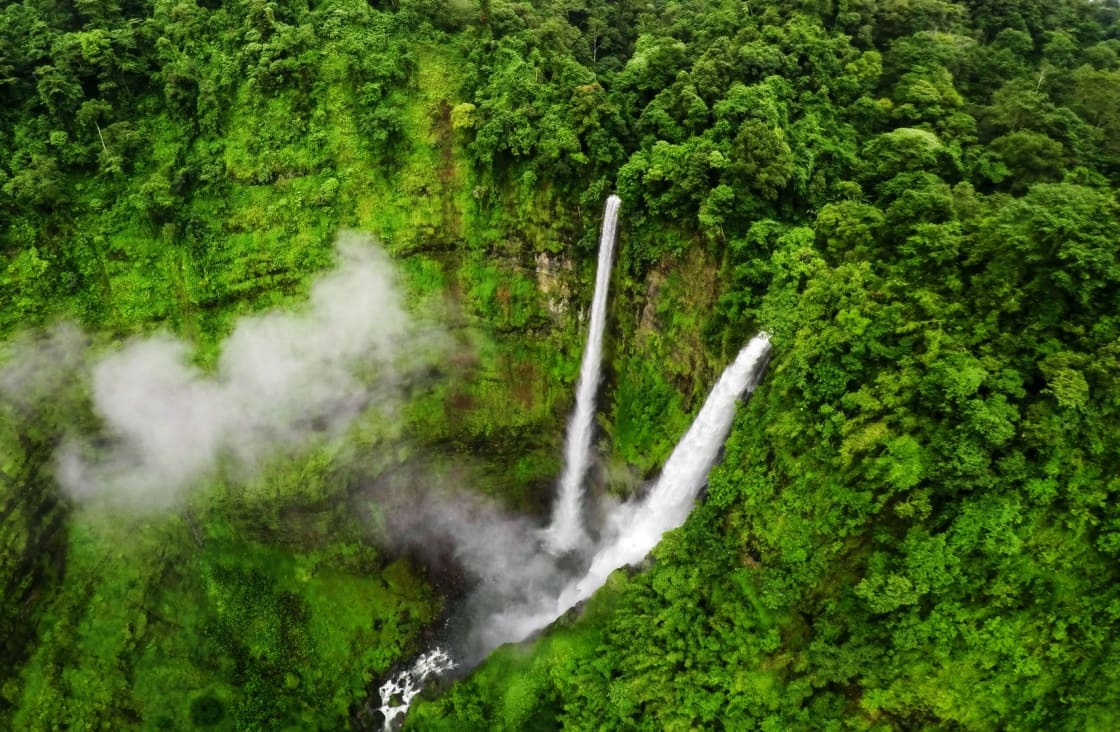
Landlocked Laos is rarely affected by coastal storms. The dry season has two sub-sections: a cool dry season from November to February and a hot dry season, March to late April. The wet (monsoon) season runs from around May to October, with August and September generally the wettest months. March and April can be blisteringly hot, while November to February are the cooler months.
Best to visit: Laos’ cool dry season – and peak season – has relatively low temperatures, cleaner air, and ideal river travel conditions. However, during the wet season, rivers are high and rapids submerged, meaning slow boats can make better paces and there are also lower temperatures but fewer crowds. Choosing the best time to visit Laos , consider the activities you plan.
To consider: during the hot dry season, inevitable smoke haze covers most of Laos, caused by farmer’s slash and burn traditional agricultural practices.

Cambodia’s dry season runs from late October to April, with November to January bringing cooler, more comfortable temperatures. March to June is Cambodia’s hottest time of the year, peaking in April and May. The wet season runs from May to October, around three-quarters of Cambodia’s annual rainfall, with rains generally heaviest from July to September.
Best time to visit: the dry season, especially November to January, is Cambodia’s peak travel time , due to the relative lack of rain and cool temperatures and southern islands brilliant sunshine with clear, calm waters – ideal for snorkeling and diving.
To consider: some might find the hottest months, April and May, uncomfortable for sightseeing. During the peak wet months, July to September, it can rain every day, with flooding and rough seas. On the upside, there are fewer crowds, less dust and lush greenery abound – sights like Angkor Wat look magnificent post-tropical downpour.
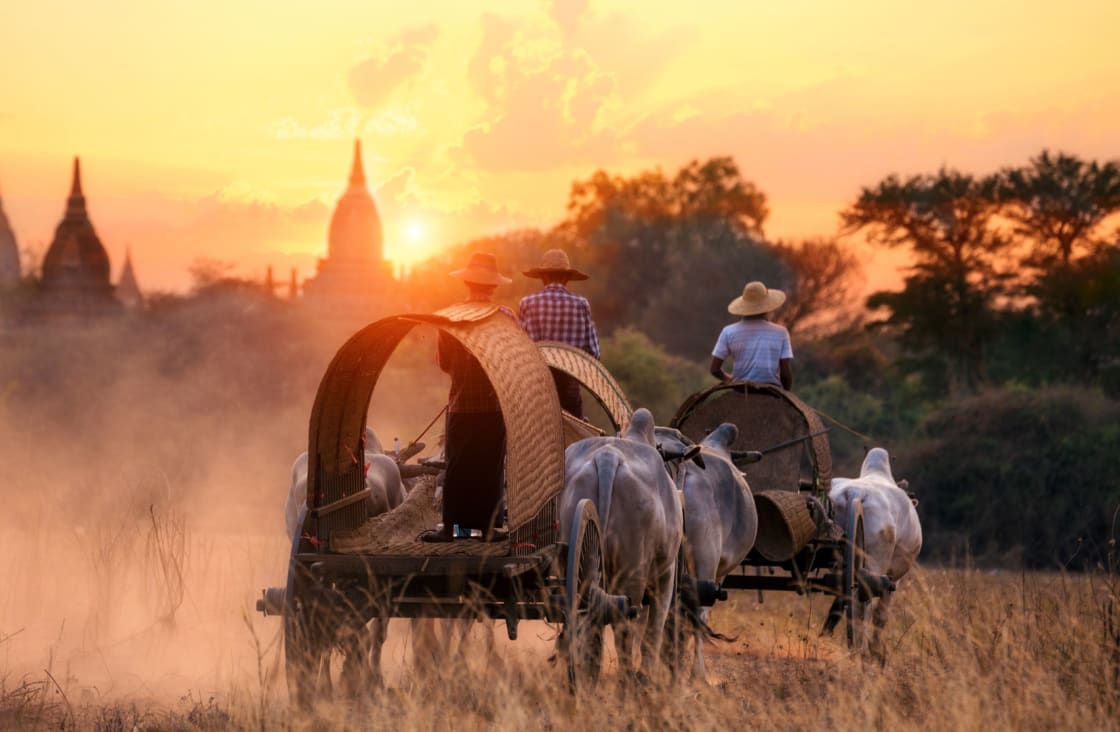
Myanmar’s dry season runs from October to late April and the wet (monsoon) season, from May to early October, with the hottest months, late February to June
Best time to visit: late November to February are probably the most comfortable months to travel in Myanmar , with the least rainfall, clearer skies and lower temperatures, and post-monsoon, the country is at its most lush green – why this is peak tourist time.
To consider: From June to September, southern islands are in the throes of monsoons and many shut down their services and transportation.
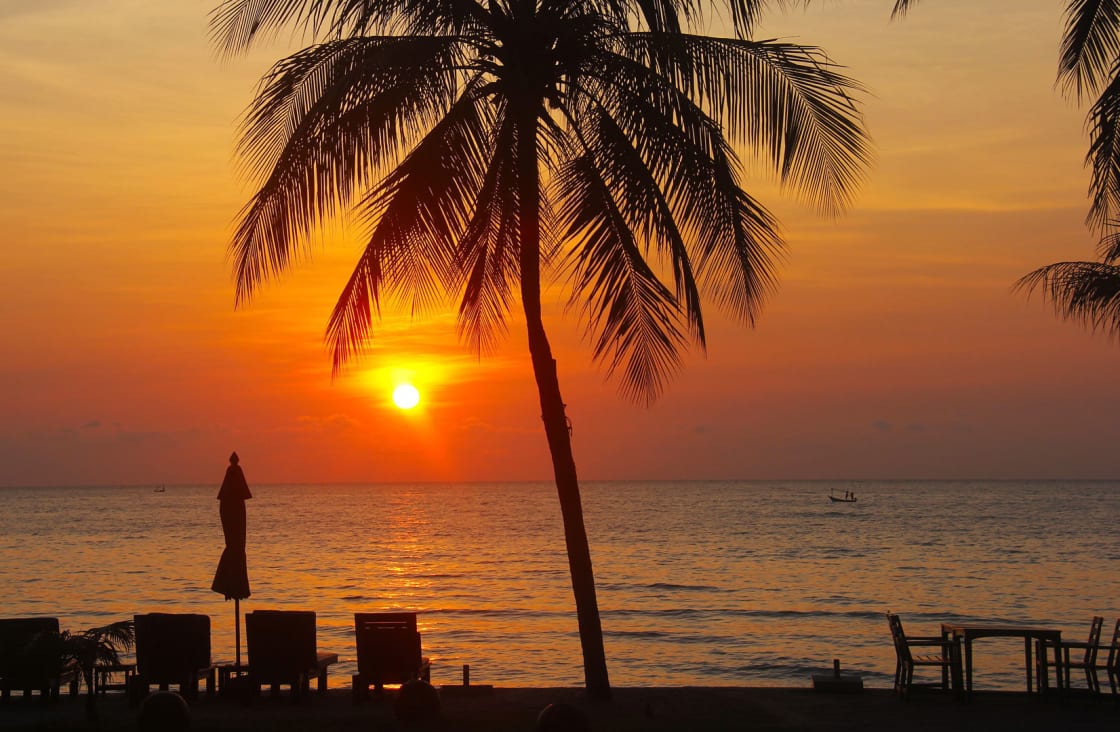
Although with regional variations, Thailand is tropically hot and humid for the majority of the country through most of the year. The wet, monsoon season runs from July to October, bringing most of Thailand’s annual rainfall and flooding is not uncommon in many parts. April is the hottest month. The best time to visit Thailand in a way is anytime, but when planning your holiday, do consider the region and activities you’re planning on.
Central and Northern Thailand has two seasons. The dry season is from November to May-June; cooler temperatures are generally felt from October to January and the main dry season runs from March to May. The wet season is June to October- November with Bangkok experiencing its wettest month in September.
Southern Thailand
The south has two wet and dry seasons, but with east-west variations. The southern west coast (Andaman Sea) has a wet season and most rainfall from April to October. The southeast coast (Koh Phangan, Koh Samui, etc) is wet from September to December, rains can get torrential from October to November, making diving and beach life a no-no. Overall Thailand’s southern parts receive the country’s biggest rainfall, but other times of the year is dry, hot and sunny, with peak seasons, December and January.

Vietnam’s diverse weather patterns vary depending on the time of year and geographic location, with several microclimates to consider. Generally, the wet season runs from April to October, and the dry season from November to March. When planning your Vietnam holiday and considering the best time to travel , do consider the activities and regions of interest.
Northern Vietnam: has a cool to cold season, from November to March and a warm to hot, wet season (from April to October). December and January can get quite frosty in the far north mountains and heavy mists around this time can reduce visibility in tourist favorites, Sapa and Halong Bay. The wettest months are July and August, the driest, December and January.
Central Vietnam: while the coastal areas see rainfall between April and September, it’s less than other parts of Vietnam, but from August to early January, northern-central Vietnam (Hoi An, Danang and Hue), can receive considerable rain; Hoi An’s Ancient Town invariably floods ctober and November. This region can also be greatly affected by typhoon season, August to November, with severe storms lashing the coasts. The southern-central coastal strip, from Nha Trang to Mui Ne, is less affected with a longer dry, sunny season, albeit Nha Trang undergoes a wet, windy micro-climate November to January when beaches and diving are greatly impacted.
Southern Vietnam: sees much of its rain in the wet, monsoon season, roughly June to November. Best time to visit: Northern destinations, such as Hanoi and Sapa are best in the spring and autumn months, with little rain, clear skies, temperate conditions, and beautiful flowers. The coastal stretch from Hue/ Hoi An down to Nha Trang is best from January to June, while southern Vietnam’s HCMC, Mekong Delta and Phuc Quoc are ideal, November to April.
To consider: Typhoons from July to September-November can sometimes wreak havoc across Vietnam, especially the north and central regions, affecting boat journeys. Winds and rough seas from June to September curtail beach and diving activities on Phu Quoc Island.

A volcanic archipelago of 17,500-plus islands across the equator, Indonesia is hot throughout the year and with minor regional exceptions, has two distinct weather seasons . The dry season runs from April-May to September and the wet, monsoon season, late October to late March, with the heaviest rains in January and February. By March to April, Indonesia’s most popular tourist regions, including Bali and Lombok, are finishing-up their rainy seasons.
Best time to visit: The dry season months, around May to October should guarantee sunny, dry conditions with few exceptions, perfect for surfing, diving, and trekking. Bali’s second peak season July and August coincides with the European vacationers, with cooler evening temperatures than earlier in the year.
To consider: During the wet season, Indonesia experiences heavy rains especially January and February and Bali suffers serious ocean plastic pollution; however it’s still the peak season for Christmas and New Year vacations. Conversely, Raja Ampat (Papua) experiences rough seas and windy conditions from June to September-October, making dive sites limited or inaccessible. As the world’s largest Muslim nation (with exceptions, such as Hindu Bali) expect some service and travel disruptions during Ramadan (fasting month) between April and July.
While Rainforest Cruises aim to provide accurate and up-to-date information, we make no representations as to the accuracy or completeness of any information herein or found by following any link on this site. Rainforest Cruises cannot and will not accept responsibility for any omissions or inaccuracies, or for any consequences arising therefrom, including any losses, injuries, or damages resulting from the display or use of this information.
You may also like

Jungle Packing List: What To Pack For The Amazon Rainforest
For many travelers, visiting the Amazon jungle is a once-in-a-lifetime adventure, and since the Amazonian environment isn’t like anywhere else, it can be difficult to know what to pack. Knowing what to […]

Total Solar Eclipse Cruise 2023
What will you be doing on April 20, 2023? Imagine being on a tropical island paradise in the remote southern reaches of Indonesia’s Banda Sea and witnessing one of the most profound […]

Raja Ampat Diving: Best Dive Sites, Season, Resorts & Liveaboards
Straddling the Equator off the extreme north-western tip of Indonesia’s Papua province, Raja Ampat is an archipelago of 610 islands; a figure that can be boosted to more than 1500 if you […]
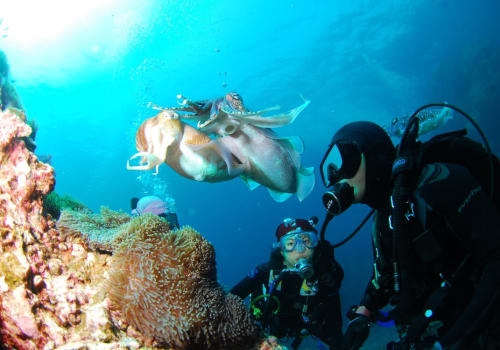
Diving Komodo vs Raja Ampat: Which is Better?
If you had to choose between diving Komodo and diving Raja Ampat, which would you choose? Which is best? Both are stellar locations; Komodo is unique due to the top side dragons, […]
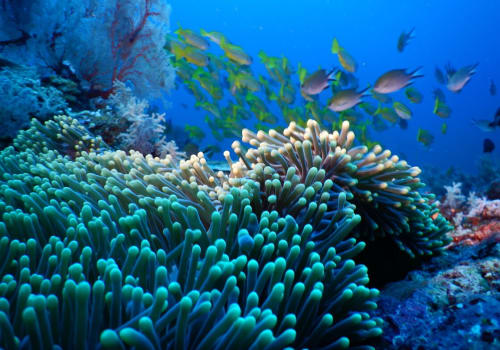
9 Best Diving Spots in Southeast Asia
With the Indo-Pacific Coral Triangle at its heart, Southeast Asia offers some of the most spectacular scuba diving in the world. As a consequence of the immense tidal changes from the North […]
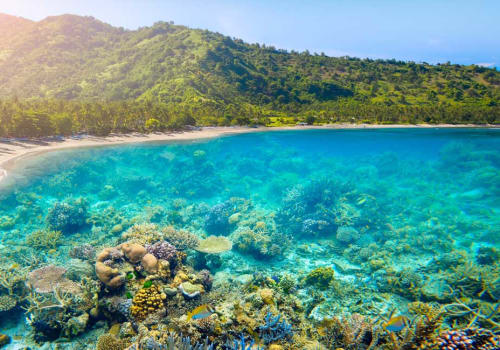
Diving Indonesia: Best Dive Sites, Season & Liveaboard Routes
With 17,508 islands, 50,000 miles of coastline, 98,000 square nautical miles of territorial sea, 20,000 square kilometers of coral reefs and some 600 species of coral, 30,000 square kilometers of mangroves forest, […]
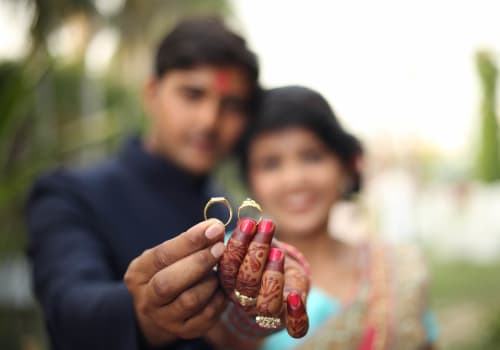
19 Best Honeymoon Destinations & Resorts In India
Whether you are looking for a romantic beach break, or a more active adventure, India is the honeymoon destination that truly has it all. There’s no better place to fall in love […]
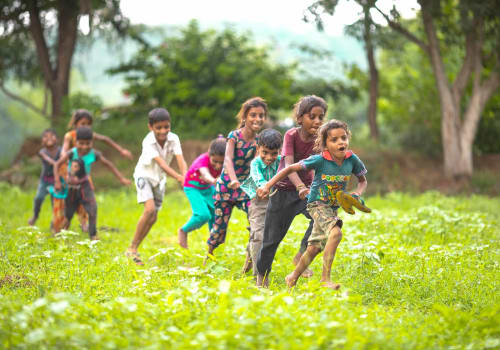
Best Family Trip Destinations & Things To Do With Kids In India
India might not be the most obvious family cruise holiday choice, but for those intrepid families who yearn for something different, India may be one of the most captivating countries you encounter, […]
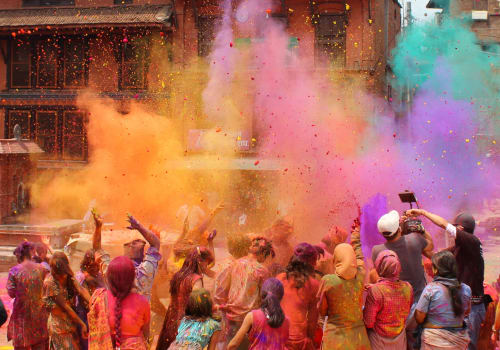
Indian Festivals: Color, Lights, Painted Elephants & Poo?
India is a land of festivals, and it is said that over a thousand take place every year – some celebrated religion-wide, some at a state level, others just within a local […]
On the Lookout for Expert Advice & Offers?
Join over 20,000 discerning travelers and be the first to receive our monthly exclusive discounts, inspiring travel content and expert tips, straight to your inbox.

- Charter (Private)

DEAL FLASH: 2 For 1 On Luxury 4-Day Amazon River Cruise Thanksgiving Departure
Best Time To Visit South Asia
Best Time: September - November Read More
Budget: Cheap
September - November is the best time to visit South Asia
During this time, the heat has subsided enough to be able to bear the temperatures. At the same time, it is dry which makes travelling convenient.
South Asia in South Asia in Monsoon Season (May - September)
Most places will heat up during the day but can be navigated comfortably in the mornings and evenings. However, certain parts of the Bhutan and Nepal become completely inaccessible, and clouds can obscure mountain peaks. The west coast of Sri Lanka will be hit by monsoons during this period so it is good time to explore the east coast.
South Asia in South Asia in Warm and Dry Season (March - May & September - November)
It is mostly sunny and dry throughout the day making travelling easier. However, the temperatures can get very high in certain areas.
South Asia in South Asia in Cool and Dry Season (December - February)
In Nepal and Bhutan, the snow makes a lot of the trekking routes inaccessible. Most places in India have a pleasant weather during this time, except for the Himalayas which can be a bit too cold. It the best time of the year to visit the west and south coast of Sri Lanka as monsoon approaches the east coast.
Top Countries In South Asia

Nearby Regions

Get the best offers on Travel Packages
Compare package quotes from top travel agents
Compare upto 3 quotes for free
- India (+91)
*Final prices will be shared by our partner agents based on your requirements.
Log in to your account
Welcome to holidify.
Forget Password?
Share this page

Southeast Asia Itineraries:How Long to Spend in 2024/2025
Southeast Asia is a great choice for honeymoons, anniversaries, relaxing holidays, family gatherings, and trips with friends due to its stunning scenery, exotic cultures, amazing food, and affordable prices.
But, how long do you need for your trip to Southeast Asia? From this article, you will get a general idea of the length of the Southeast Asia trip you want and how to plan it.
- How Long Should You Spend Southeast Asia?
- How to Make the Most of Your Time?
Southeast Asia Itineraries: 2 Weeks
- Southeast Asia Itineraries: 3 Weeks
Southeast Asia Itineraries: 1 Month
Southeast asia itineraries: 2 months or more, how long should you spend in southeast asia.
Based on our data from our over 10,000 customers, it appears that the ideal duration for exploring Southeast Asia varies among different traveler demographics. Couples tend to find a three-week itinerary most satisfying , allowing for a comprehensive exploration of the region's diverse attractions.
On the other hand, families with children often find a two-week timeframe more suitable , striking a balance between experiencing key destinations and accommodating the needs of younger travelers.
In Southeast Asia, Thailand and Vietnam are relatively big, so plan to spend about 10-12 days exploring each. For smaller countries like Cambodia, Laos, and Myanmar , a week is usually enough, especially if it's your first visit. This way, you can enjoy and experience the best of each place without feeling rushed.
- Thailand requires about 10 to 12 days. It is popular to visit two cities (Bangkok and Chiang Mai) and an island. If you want something different, like a forest park, you may need about 2 weeks.
- Vietnam needs about 10 days to 2 weeks to travel from Hanoi in the north to Hoi An in the middle and Ho Chi Minh in the south.
- Cambodia usually requires about a week for the main attractions, Siem Reap and Phnom Penh.
- Laos needs about 1 week. Luang Prabang is the main tourist city.
- For a trip to Myanmar , 7 days is enough to visit three of its best destinations — Mandalay, Bagan, and Yangon.
- In Indonesia , if you just go to Bali only, you may need about 7 to 10 days. If you want to extend to Java or other places, you may need a few more days.
- In Singapore, three days is enough to visit the highlights.
- Malaysia is good for a one-week trip. You are recommended to spend 2–3 days in Kuala Lumpur and 3–4 days in Penang.
>>>Further reading:
- How to Plan a Trip to Southeast Asia: A Beginner's Guide
- How to Plan a Family Trip to Southeast Asia
- How to Plan a Trip to Thailand, Malaysia, and Singapore
Discover real reviews of Highlights Travel Family 's best-rated service across trusted platforms.
How to Make the Most of Your Time in Southeast Asia?
Southeast Asia boasts over 10 diverse countries, and the key to an enriching experience is to mix destinations with unique features and vibes. For a standout adventure, consider combining countries that offer distinct flavors .
For example, Thailand stands out as a top destination, known for its diversity and excellent travel amenities. To complement your Thai experience, choose a country with a different vibe, like Vietnam. Vietnam offers stunning natural wonders like Halong Bay and the cultural richness of the Mekong Delta, providing a unique contrast to Thailand's temples, beaches, and rainforests.
One of the most popular travel combinations in Southeast Asia is Thailand, Cambodia, and Vietnam. If you're unsure about your itinerary, we'll provide some inspiration to help you plan your trip.
- If your vacation is short and you're looking for good value, our 12-Day Essential Thailand, Cambodia, and Vietnam Tour is recommended for you.
- If you seek a comfortable pace of travel, you can consider our 15-Day Best of Thailand, Cambodia, and Vietnam Tour .
- If you prefer an in-depth trip in Southeast Asia, the 19-Day Thailand, Cambodia, and Vietnam In-Depth Tour is best for you.
Embarking on a 2-week journey in Southeast Asia presents a myriad of options.
1. Focused Exploration: Opt for a deep dive into one destination with specialized tours like the 2-Week Thailand Getaway Tour for Couples or the 13-Day Vietnam Family-with-Teenagers Holiday .
2. Two-Country Adventure: Perfect for those craving variety, a two-country trip is not only feasible but comfortable. Key combinations include:
- 14-Day Classic Thailand + Vietnam : Islands, Mekong River cruise, temples & buildings
- 11-Day Best of Thailand + Cambodia : Islands, elephants, temples, and Angkor Wat
- 12-Day Vietnam + Cambodia : Mekong River cruise, historical buildings, and Angkor Wat
3. Triple Delight: Visiting three countries in 2 weeks is also possible. The classic trio of Thailand, Vietnam, and Cambodia beckons, offering a blend of efficiency and value. Check out our thoughtfully crafted 12-Day Essential Thailand, Cambodia, and Vietnam Tour for a time-smart itinerary. For a more leisurely pace, consider the 15-day option .
A Sample 2-Week Southeast Asia Itinerary:
- Days 1–7: Vietnam
Spend 2 days in Hanoi, the capital, then cruise overnight in Halong Bay. Plan 2 days in Hoi An to see Hoi An Ancient City with a basket-boat-ride experience. The last two days in Ho Chi Minh City are enough to see its historical attractions like the War Remnants Museum.
- Day 8–14: Thailand
Spend 2 days exploring Bangkok's highlights like the Grand Place and have a long-tail boat ride. Then fly to Phuket or Koh Samui to enjoy some beach time.
You could also check options for 2 weeks in Thailand and Vietnam , 2 weeks in Vietnam and Cambodia & 2-Week Thailand-and-Cambodia Itineraries >>>
A Sample 15-Day Southeast Asia Itinerary Covering 3 Countries:
If you want to travel at a comfortable pace, you may need to add one or two days. The classic combo is Thailand, Vietnam, and Cambodia: spend 6 days in Thailand, 6 days in Vietnam, and 3 days in Cambodia.
- Days 1–5: Thailand (Bangkok, Chiang Mai)
Spend two days in Bangkok. Explore the Highlights of Bangkok City like the Grand Palace and China Town. Chiang Mai takes 3 days to explore its famous temples and mountains with an elephant experience.
- Days 6–11: Vietnam (Hanoi, Halong Bay, Ho Chi Minh City)
Have a day tour to explore Hanoi's city highlights, then an overnight cruise on Halong Bay. Spend two days in Ho Chi Minh City to visit its top attractions like the Cu Chi Tunnels. Finally, take a one-day Mekong Delta trip by motorboat.
- Days 12–15: Cambodia (Siem Reap, Angkor Wat)
Spend 4 days exploring Cambodian spirituality — Angkor Wat and some cultural treasures like Banteay Srei, which is the jewel of Khmer art.
Suggested reading:
- Top 3 2-Week Itineraries in Thailand, Cambodia, and Vietnam ;
- 2 Weeks in Southeast Asia: Top 5 Trip Itineraries
Southeast Asia Itineraries of 3 Weeks
2 weeks is a limited time, so if you want to explore more places and have a deeper experience, 3 weeks or more would be better.
Touring three countries in 3 weeks allows a comfortable pace . For most first-time visitors to Southeast Asia, it's best to choose destinations that are as multi-faceted as possible.
The most popular combination is Thailand, Vietnam, and Cambodia : 8 days in Vietnam, 3 days in Cambodia, and 8 days in Thailand.
A Sample 3-Week Southeast Asia Itinerary:
- Days 1–8: Vietnam
Spend two days to explore Hanoi's city highlights. Take an overnight cruise on Halong Bay and explore Sung Sot Cave. Take half a day to explore Hoi An Ancient Town. And finally, take three days to explore Ho Chi Minh City with a Mekong Delta trip.
- Days 9–11: Cambodia
Spend two days exploring Cambodia's national treasure — Angkor Wat — and some other attractions, like Tonle Sap Lake.
- Days 12–19: Thailand
Spend a day in Bangkok exploring the highlights of the city, like the Grand Palace.
Spend two days in Chiang Mai to explore its famous temples and mountains with an elephant experience. Spend the remaining 4 days at the beach in Phuket or Koh Samui.
If you want to explore more places , you could choose a combination of Thailand, Vietnam, and Cambodia plus Laos or Myanmar. Laos is more popular, because of its famous Luang Prabang cultural jungle and its current relaxed entry policy. Myanmar requires more entry documents.
If you want an in-depth discovery, learn more itineraries about 3 weeks in Thailand and Cambodia >>>
You could select your preferred destinations using our Create My Trip service, and then we will create your choice of itinerary based on your wishes.
Suggested reading: How to Plan a 3-Week Southeast Asia Itinerary
A month gives you some more days to explore and better achieve your SE Asia travel ambitions. 4 weeks is suitable for visiting about 5 countries. You can visit all countries of Indochina: Myanmar, Vietnam, Laos, Cambodia, and Thailand.
Spend 8 days in Myanmar to visit its three best tourist cities — Mandalay, Yangon, and Bagan — with a lake tour, and 9 days in Vietnam to tour from south to north, from Ho Chi Minh City to Hoi An to Hanoi.
Laos and Cambodia are smaller, so you can spend less time on them: 3 days in Laos' Luang Prabang and 2 days in Cambodia's Siem Reap. And finally take 7–9 days in Thailand to take in one or two cities and an island.
A Sample 1-Month Southeast Asia Itinerary:
- Days 1–8: Myanmar (Mandalay, Bagan, Yangon)
- Days 9–16: Vietnam (Hanoi, Halong Bay, Hoi An, Ho Chi Minh City, Mekong Delta)
- Days 17–19 : Laos (Luang Prabang)
- Days 20–21: Cambodia (Angkor Wat)
- Days 22–28: Thailand (Bangkok, Chiang Mai, an island)
While what we suggest is a more comprehensive option. The choice of destination varies from person to person. If you love the beaches, you could choose to spend a month in Thailand, Bali, Malaysia, and/or the Philippines. That could be the most wonderful option for you.
Just tell us your ideal destinations, how long you have to travel, group size, budget, and other requirements, and we will create a perfectly-fitting itinerary for you together.
Suggested reading: The Ultimate 4-Week Southeast Asia Itinerary for You!
If you are planning a Southeast Asia trip lasting 2 months, 3 months, or more, you could extend your travels to cover countries in Maritime Southeast Asia — Indonesia, Malaysia, Singapore, the Philippines… (as well as the Indochina Peninsula).
Indonesia and the Philippines are great for beach fans, Singapore is an awesome city-state and a high-class hub for international flights, and Malaysia's beaches and food will not disappoint you.
Or you could enrich your Indochina time with more activities in Thailand, Vietnam, Myanmar, Cambodia, and Laos. There are still many little-known places that are well worth visiting: Mai Chao in Vietnam, home to the White Thai ethnic group, Sukhothai and Ayutthaya, ruins of former kingdoms in Thailand, and so on.
- 5-Week Southeast Asia Itinerary: 3 Options
- Best Southeast Asia Tour Packages
Get Inspired with Some Popular Itineraries
At Asia Highlights, we create your kind of journey — your dates, your destinations, at your pace. You can have any trip tailor made for your travel.
More Travel Ideas and Inspiration
Sign up to our newsletter.
Be the first to receive exciting updates, exclusive promotions, and valuable travel tips from our team of experts.
Why Asia Highlights
Where can we take you today.
- Middle East
- African Safari
- Travel Agents
- Loyalty Program
- Privacy Policy
Address: Building 6, Chuangyi Business Park, 70 Qilidian Road, Guilin, Guangxi, 541004, China

When’s the best time to visit Asia?
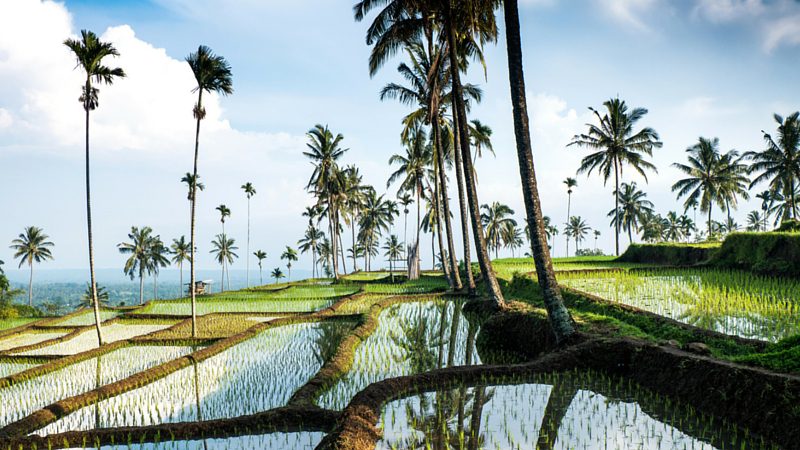
Spoiler alert: when it comes to Asia, there’s really never a bad time to visit.
From its picturesque beaches and dense jungle, to bustling markets and hushed temples, Asia puts on a great show , rain, hail or shine.
The only big thing to keep in mind is the monsoon season (it varies from country to country depending on latitude and a few other factors). But when you’re a continent of just over 44 million square kilometres that spans half the globe, there’s always a country where the rainy season doesn’t hit so hard. Pick any month on the calendar and there will be somewhere in all of Asia that’s hot, sunny and worthy of a postcard.
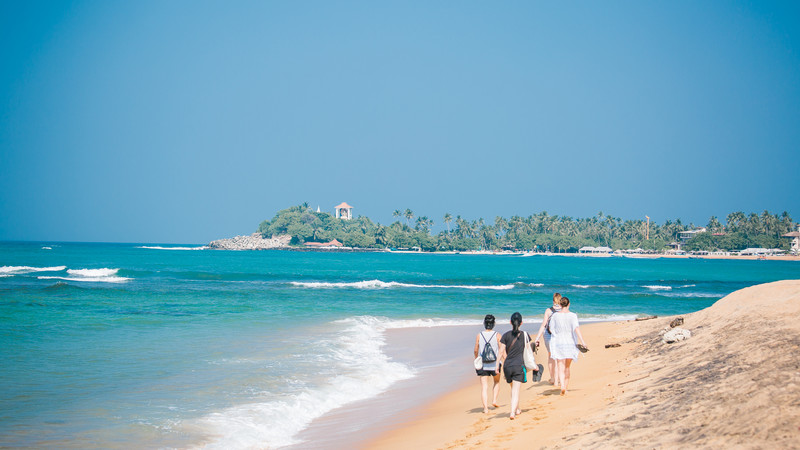
Unawatuna Beach, Sri Lanka
Here’s our basic guide to get you started:
Asia in January, February & March
Although it’s peak season between November and March, the first few months of the year are particularly great times to visit this stunning Southeast Asian country. Temperatures range from 20°C but can get up to a steamy 35°C in March (good excuse for a swim, if you ask us!). But it’s also worth mentioning it might be more busy and expensive than other times of the year.
If you’re on the hunt for other option, consider checking out Borneo , particularly in the south (away from the thunderstorms). Sri Lanka is also a great option during these months, especially along the southern coast
Asia in April & May
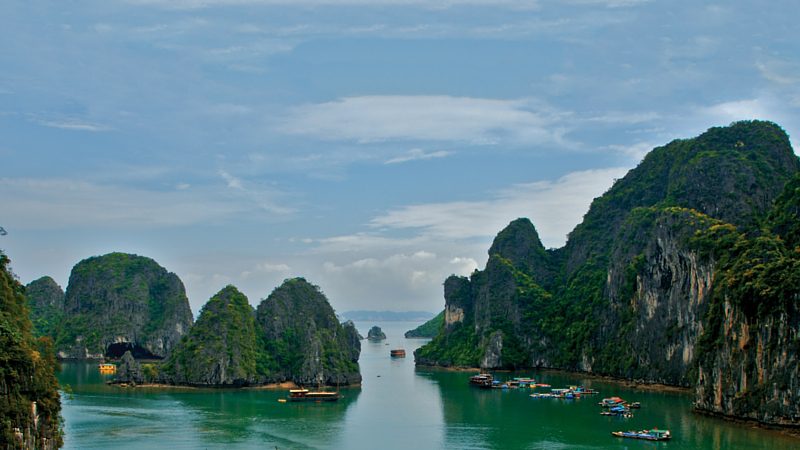
At this time of year, Vietnam is gearing up for some seriously steamy summer months. Rainfall hits its peak in June and July, so travel during April or May if you’re keen to see Hanoi before it gets too humid or you want to venture out onto Halong Bay under clear skies. The northern hill country around Sapa has pretty temperate weather all year round.
In April and May, the central coast (Hoi An, Hue and Da Nang) is in the thick of what can only be described as perfect beach weather – blue skies, warm sun and ever-so-gentle sea breezes. Slather on some sun block, pop on a hat, and relax on the sand with an icy beer in hand.
READ MORE: 8 BEACHES IN VIETNAM TO PUT ON YOUR BUCKET LIST
Feeling spontaneous? Book a trip to Nepal right now – it’s the perfect time to go. Temperatures in April are pleasant (28°C/82°F) and relatively dry; the rainy season arrives with the warmer months of May and June. April is also a great time to see wildlife and the gorgeous rhododendrons in bloom.
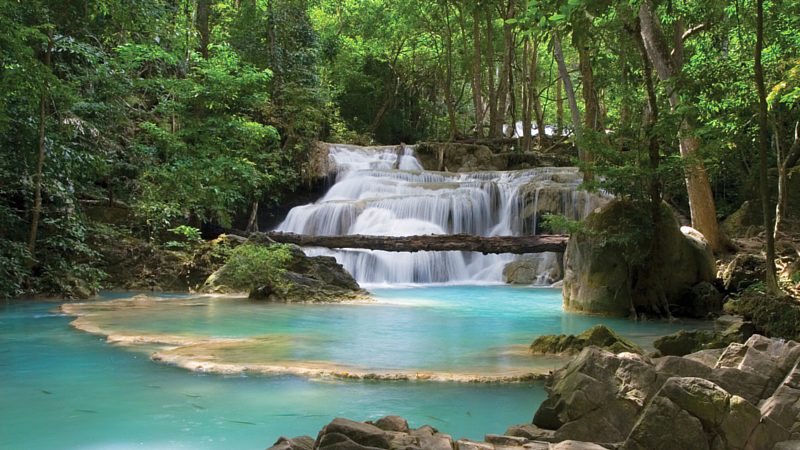
If it’s beaches you want, it’s beaches you’ll get – in Thailand, that is. Monsoons sweep through the country between July and October, but temperatures in the south – particularly around the coast – sit at a balmy 34°C/93°F throughout April and May. Expect the occasional drenching shower but don’t let the rain put a dampener on your trip; downpours are brief and it’s the perfect time for you to check out a temple or order yourself a big plate of pad thai .
READ MORE: 6 BEAUTIFUL BEACHES IN THAILAND YOU SHOULD VISIT
Asia in June & July
Cambodia is pretty hot and humid at this time of year, but the countryside blooms into emerald greens and vibrant pinks as the trees and flowers soak up all that summer rain. And there’s something pretty special about waiting out a downpour in the shelter of an ancient Angkor temple before hightailing it back to Siem Reap in a tuk tuk.
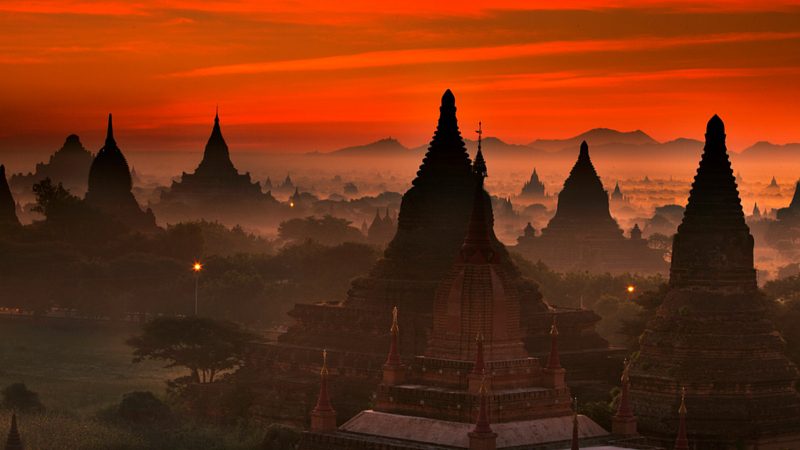
Myanmar tells a similar story: while the rains are just beginning to sprinkle their way across southern parts of the country, central Myanmar is looking fine, fine, fine (and not too hot either). It’s the perfect time to visit the temples at Bagan or spend a night or two at Inle Lake.
READ MORE: THE ULTIMATE GUIDE TO 7 DAYS IN MYANMAR
Asia in August & September
If Bali’s on your bucket list, now’s the time to tick it off . While the island paradise is still in its high season in August, things quieten down in September and it reclaims a laid-back feel. Ubud, situated in the mountains, enjoys pleasant days – perfect for guided walks through nearby villages, or sipping on fresh-made juices at a local café – and evenings that are made for wandering through night markets or watching traditional dance performances.

READ MORE: 9 UNDER-THE-RADAR DESTINATIONS IN SOUTHEAST ASIA WORTH A VISIT
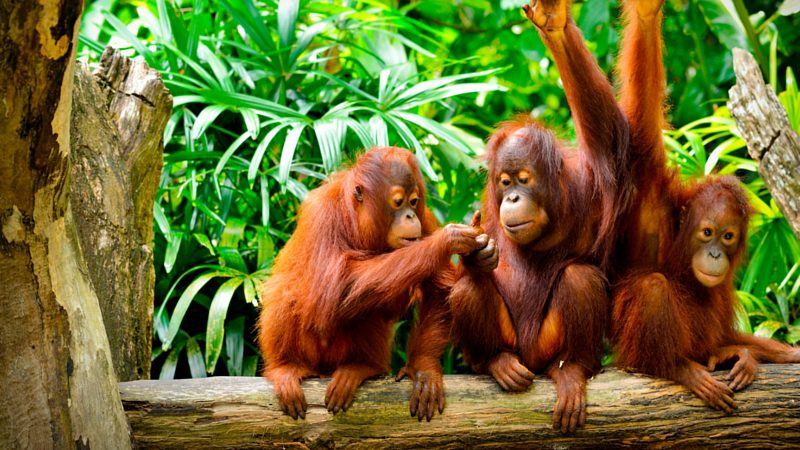
Wildlife lovers should make haste for Borneo , where beautiful weather abounds year round. Lowland areas are always pretty hot and humid, and rain tends to fall across the island – albeit briefly – every day of the year. Explore the heritage-listed Kinabalu National Park, cruise along the Kinabatangan River and come face to face with a big-eyed beautiful orangutan in Sepilok.
SUBSCRIBE TO INTREPID’S NEWSLETTER FOR MORE TRAVEL INSPO, COMPETITIONS, GIVEAWAYS & MORE
A word about monsoons:
Understandably, monsoons get a bit of a bad rap, but don’t let them put you off your Asia adventure. Caused by a reversal of wind, and cool sea breezes meeting warm land gusts, monsoons create strong winds, torrential rainfalls and some truly spectacular electrical storms. Serious monsoons have caused flooding and landslides, particularly in India and Mexico.
Almost all of Asia is gripped by soaking rains and fairly extreme humidity between May and September, but some areas are certainly less wet than others. If you ask us, it’s actually pretty refreshing, and a good excuse to head indoors to eat more food, drink more smoothies or have a sneaky nap.
Ready for an adventure? Check out our range of small group trips to Asia.
Feeling inspired?
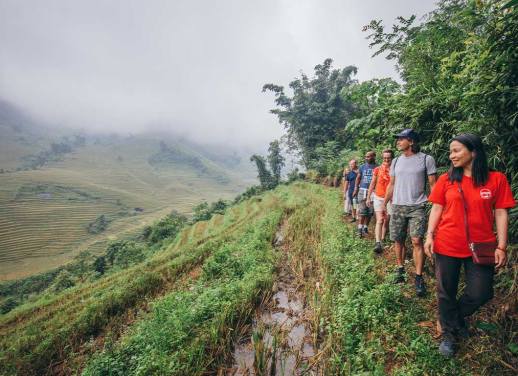
Emily Kratzmann
When I'm not riding a camel into the desert, robot dancing in a Venezuelan bar or kayaking through dugong-filled waters in the Philippines, you'll find me writing about travel, reading about travel, and planning my next travelling escapade.
You might also like
Best places to travel in march, best places to travel in may, best places to travel in february, best places to travel in april, best places to travel in june, how to secure your inca trail permit the..., best places to travel in july, best places to travel in january, best places to travel in november, best places to travel in october, best places to travel in september.
Revel in the bazaar
Marrakech is synonymous with sensory overload. But if you slow down and tune in to the everyday rhythm of local life – often found in the souks of the labyrinthine medina and the city’s vibrant main square – a distinctly Moroccan beat emerges.

Time and place: Djemaa El Fna, Marrakech
- Best of Morocco
- Premium Morocco Highlights
Best Time to Visit Asia: A Complete Guide
You’ve seen the photos of spectacular temples, laughed at your friend’s new Thai elephant pants, dug into your favorite noodle-based dishes and you want to take it one step further: it’s time to visit Asia.
Asia is home to some of the oldest civilizations, the most populous countries, the highest mountains, the largest deserts, and the most vibrant cities in the world. In short, it doesn’t really matter what you’re looking for: you’ll find it during a trip to Asia.
The largest and most diverse continent in the world, Asia offers an incredible range of experiences for all kinds of solo female travelers. Whether you want to explore ancient temples, hike through lush jungles, relax on tropical beaches, or immerse yourself in vibrant cultures, you’re practically guaranteed an incredible time here.
So: you know the continent’s a must-visit. But when’s the best time to visit Asia? The answer depends on where you want to go and what you want to do, as different regions have different climates and seasons.
To help you plan the perfect Asia adventure, we’ve pulled together a guide on the best time to visit Asia, covering each particular subsection as well as some pointers on what to do there.
Best time of year to visit asia
The best time of year to visit Asia depends on which part of the continent you want to explore, as each region has its own optimal seasons. Here’s a quick summary of the best time of year to visit each region:
- Southeast Asia: November to February (dry season)
- East Asia: March to May and September to November (spring and autumn)
- South Asia: October to March (winter and early spring)
- Central Asia: April to June and September to October (spring and autumn)
If you’ve wondered why we haven’t included North Asia, that’s because the region is pretty much entirely taken up by Sibera!
Best time of year to visit Southeast Asia
So, you’ve decided you want to visit Southeast Asia – great choice! This region includes the beautiful countries of Thailand, Vietnam, Cambodia, Laos, Indonesia, Malaysia, Singapore, and the Philippines.
Southeast Asia has a tropical climate, with warm temperatures and high humidity throughout the year. But, importantly, there are two main seasons: the dry season and the wet season.
The dry season runs from November to February, and it is generally considered the best time to visit Southeast Asia. During this period, the weather is cooler and drier, with less rainfall and more sunshine. This makes it ideal for all kinds of sightseeing as well as outdoor activities and days spent beach hopping.
You’ll see some of the region’s most colorful and festive events during this time, like the Loy Krathong Festival in Thailand, the Tet Festival in Vietnam, and Chinese New Year celebrations in various spots.
Rainy season doesn’t hold back in Southeast Asia and can easily dent your plans across the region. The wet season runs from June to October and, during this period, the weather is hot and humid, with frequent and heavy rainfall. This can cause flooding, landslides and travel disruptions both on land and at sea.
The few perks? Lower prices, smaller crowds and greener scenery. You’ll also be able to witness some of the region’s most spectacular natural phenomena during this time, including the majestic Angkor Wat reflecting pools in Cambodia, the rice terraces in Vietnam and the Komodo dragons in Indonesia.
Best time to visit East Asia
East Asia is a fascinating destination for any solo female travelers who want to discover rich history, culture, and nature. Here, you’ll find China, Japan, South Korea, and Taiwan, complete with a temperate climate and four distinct seasons: spring, summer, fall and winter.
The best times to visit East Asia are spring (March to May) and autumn (September to November), where you’ll be treated to mild weather and moderate temperatures. If you’re hoping to check out the Great Wall of China, the cherry blossoms in Japan, the palaces in South Korea and the night markets in Taiwan, March is your best bet for doing so.
There are plenty of unique culture events going on at this time too, like the Qingming Festival in China, the Golden Week in Japan, the Chuseok Festival in South Korea and the Mid-Autumn Festival in Taiwan.
Unless you’ve got a particular reason to visit then, the worst times to visit East Asia are summer (June to August) and winter (December to February). During these periods, the weather is extreme and unpredictable, with high temperatures, humidity, rainfall and snowfall.
Of course, if you’re visiting to see the ice sculptures in China or the ski resorts in South Korea, winter is the best time to visit!
Best time to visit central asia
Looking to venture somewhere a little less-well-traveled? Check out Central Asia: an adventurous destination for anyone who adores rugged and remote beauty. Here’s where you’ll find countries like Kazakhstan, Kyrgyzstan, Tajikistan, Turkmenistan and Uzbekistan, with their continental climate of hot summers and cold winters.
The best times to visit Central Asia are spring (April to June) and autumn (September to October). During these periods, the weather is warm and dry, with clear skies and mild winds. This makes it ideal for enjoying the region’s stunning mountains, deserts, lakes and valleys.
If you’re heading to Central Asia for hiking, camping, horse riding, and nomadic living, this is the best time to visit and keep the weather on your side. This time of year is when you’ll get to experience the Nowruz Festival, the Silk Road Festival and the Independence Day celebrations, too.
Central Asia during summer (July to August) and winter (November to March), can be a little crazy. Throughout these periods the weather is harsh and extreme: we’re talking scorching temperatures, dust storms and snowstorms. This can make traveling difficult and dangerous, as well as limit your options and access to some attractions and activities.
If you find yourself visiting Central Asia during this period, all is not lost: you’ll be able to check out the eagle hunting in Kazakhstan, the yurt stays in Kyrgyzstan, the Pamir Highway in Tajikistan, the Darvaza Gas Crater in Turkmenistan and the Registan Square in Uzbekistan. There’s still plenty to see and do!
best asian country to visit for first-time travelers
You may have been told that, as a solo female traveler, Asia is dangerous and you should visit somewhere closer to home. We’re here to tell you that’s not true and, actually, Asia is a great choice for solo female travelers.
We’ve got a whole guide on the safest Asian countries for solo female travelers , but if you’re looking to explore the regions and would prefer some on-hand guidance, we also run tours around the region.
solo female traveler trip to bali
Think gorgeous tropical beaches and a deep spiritual culture – that’s Bali. With instagrammable views, the freshest fruits you’ll ever eat and relaxing days on the beach, you won’t want to leave! Our women-only tour starts in Ubud, home to waterfalls and traditional dance.
We’ll explore rice paddies and volcanoes before hopping on a boat to the Gili Islands for a few days of R&R. Then, we’ll soak up the shopping and nightlife in Canggu before saying farewell to our new friends.
women-only tour to mongolia
Immerse yourself in Kazakh culture on this fascinating nine-day Mongolia tour that includes two full days at the festival site in the remote town of Ulgii.
Along the way, you’ll also experience the chaotic charm of Ulaanbaatar, learn about the history of Buddhism in Mongolia, enjoy exclusive access to special cultural performances, and sleep in a traditional Mongolian ger under the stars in the wildly untouched Terelj National Park.
female traveler meetup in japan
Feast not only your tastebuds but your imagination on this enthralling women-only tour to Japan seeing everything from street food finds to mesmerizing temples and jam packed city streets lit by the neon lights and the cozy flickers from tiny restaurants, street vendors, and shop windows.
solo female traveler network tours in india
We run two different women-only trips across India depending on where you’d most like to visit! Join us for Holi Festival to experience India’s rich culture as you indulge in luxurious accommodations, delectable food, and create memories that you’ll cherish forever.
Or, get ready for the adventure of a lifetime as we explore Northern India as a group . No stresses about where to stay, what to eat or waht to do: we’ve got all bases covered.
Frequently asked questions about the best time to visit asia
Rushed to the end to get the quick tips? We’ve got you covered:
when should i travel around asiA?
The best time to explore Asia varies by region. Southeast Asia: November to February (dry season), East Asia: March to May and September to November (spring and autumn), South Asia: October to March (winter and early spring), Central Asia: April to June and September to October (spring and autumn).
what time of year is best to travel to asia?
Generally speaking, March and April are the best time to visit Asia, especially if you’re exploring the whole region. For specifics of when to visit each part of Asia (and some guidance on what to do there throughout each part of the year) read our full guide on the best time to visit Asia.
where is the best weather in asia?
The best weather in Asia depends on your preferences and the region you want to visit. Generally, the dry season from November to February offers ideal temperatures in most Southeast Asian countries. For South Asia, October to March is ideal with mild temperatures and less humidity.
what is the monsoon season in asia?
The monsoon season varies across different regions of Asia, but generally it lasts from June to October in most Southeast Asian countries, and from October to March in Malaysia, Indonesia and Singapore. The monsoon season affects the climate heavily, so you’ll want to avoid traveling where possible.
We’ve finished talking you through the best time to visit Asia. Ready to head off and make some new friends while you’re there? The Solo Female Traveler Network’s Meetup Tours take place all over the world. See you there!
GET JUICY UPDATES DIRECTLY TO YOUR INBOX
By joining our email list, you’ll be the first to know about our newest Meetup Tours, special sales and discounts, as well as ways to get involved with the largest online community for solo female travelers.
Meetup Tours
Additional info.
- COVID Information Center
- Terms and Conditions
- Privacy Policy
WE EMPOWER WOMEN TO TRAVEL SOLO.
A community cultivating freedom, confidence, and a celebration of empowerment that breaches the glass ceiling.
When's the Best Time to Visit Southeast Asia?

Although relatively compact, Southeast Asia has a seemingly infinite amount of climates to match its varied mountains, beaches, religions and cuisines. Weather patterns vary wildly even within the same country -- in Thailand, for instance, when it’s the sunny dry season in Phuket, it’s time for monsoons less than 200 miles away on the island of Koh Samui.
Whether planning a weeklong beach holiday or a three-month trek around the region, it’s useful to know what weather to expect. Here’s a handy guide to high and low seasons in some of Southeast Asia’s most popular spots.
Bali, Indonesia
When to go: April to October. Temperatures average 75-86 F, and the weather is mostly dry. July to September is peak holiday season and when you can expect to pay the highest rates.
Rainy season: December to February. These months average 12 inches of rain, though it’s more akin to short, intense showers than daylong deluges, meaning you can still enjoy an excellent (and cheap) holiday.
When to go: January to March and June to September. Malaysia straddles the equator, so it’s hot and humid year-round but these months have the lowest average rainfall.
Rainy season: October to December, though monsoons continue through to February in Borneo.

Create an account.
Just one more thing..., check your inbox., create your password..
- Access to exclusive travel, entertainment, and lifestyle experiences
- Hand-picked offers, personally reviewed by our global team of deal experts, delivered to your inbox
- Dedicated club-member customer support
Sign in to your account.
Enter your password.
Please accept this confidentiality pledge:
I agree to maintain the strict confidentiality required to access Travelzoo’s confidential offers. I will not reveal details of these confidential offers publicly, which includes not posting about it on social media. I will not attempt to purchase a confidential offer for anyone else. I understand that violating these conditions can result in my access being revoked.
To view confidential offers, we require that you sign a confidentiality agreement.
Don’t know password?
You're all set, join travelzoo, sign in to unlock, don't miss out, our deal experts have negotiated member exclusive rates for people like you., and you’re in..
Welcome, Travelzoo Member . You now have access to confidential offers. To access Confidential Offers in the future, you can use the link from your email, or the link under My Account on the Travelzoo website. This page is only accessible to Confidential Offer members.
You now have access to all our deals.
Here are the details of the deal you were interested in.
Sign in to save and manage your deal alerts
Sign in to save this deal to favorites., already a member, not a member yet.

Best Time to Visit Asia
Asia is a vast continent. Consequently, it has a seemingly infinite number of climates. While weather patterns can vary drastically even within the same country, I sometimes felt a bit overwhelmed by this fact. Knowing what to expect from the weather is vital during any trip to Asia . What is the best time to visit Asia ? This is one of the most common questions I get asked by my readers. I have noticed that the climate of Asia heavily depends on the country. And while most of us go there to enjoy the nice sunny weather and avoid tropical rain showers, many countries in this region have a humid climate. So rains may occur even during peak season. However, these short bursts of heavy rain usually bring coolness and freshness.
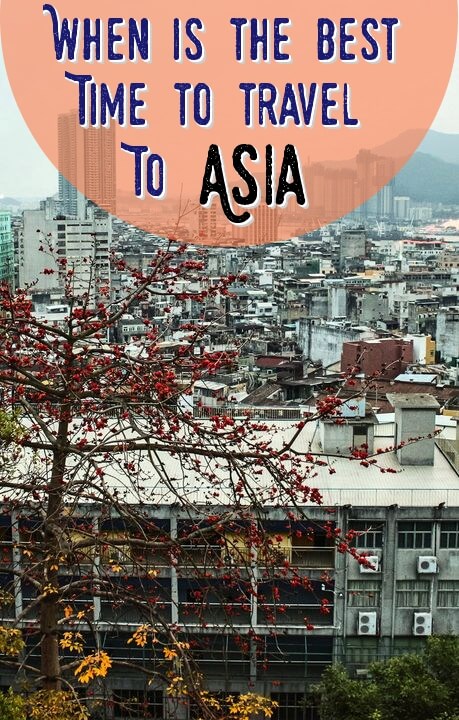
January is a good time for visiting South Vietnam and India. Myanmar, Laos, and Cambodia are also worth visiting because of the low humidity level and low chance of rain. Malaysia, as a country that doesn’t have pronounced seasonality, is also a right choice in January. Perfect places for vacation in January are Thailand , Sri Lanka , and the Philippines as countries with mild weather at this time. If you are planning a trip to the Middle East, then Oman and Egypt are your best options.
February is the month to visit beach resorts of Phan Thiet in Vietnam , Goa in India, Bentota in Sri Lanka . It’s the perfect time for visiting the Langkawi archipelago in Malaysia and exploring the ancient culture of Cambodia, Laos, and Myanmar. The Philippines would please those who look for a relaxing holiday. Egypt is good for sightseeing during this time, also it might be a bit cool for beach holidays.
Read More: Two Weeks In Thailand: The Perfect 14-Day Itinerary
March is the right time to visit ancient temples and pagodas of Thailand, Cambodia, Laos, Myanmar, and Vietnam. Spending a great vacation on the white beaches of the Philippines, Sri Lanka, Borneo (Malaysia, Indonesia), Hainan (China), Samui, Phuket , Krabi (Thailand), Fant Thiet, Nha Trang (Vietnam) and Langkawi (Malaysia). If you are planning to explore ancient civilizations and cultures, then consider visiting China or Japan .
April is a wonderful time for an Asian trip. Egypt attracts with mild weather. The Arab Emirates, Oman, and Jordan could be visited in order to avoid the tremendous summer heat. In April ends peak season in Goa and Kerala (India). The Philippines and Indonesia are the right places to visit in April. This month is the best time for sightseeing trips in Japan. Cherry blossom season starts at the beginning of the month when all parks are covered with the pink haze of cherry petals. The peak season in Sri Lanka ends at this time.
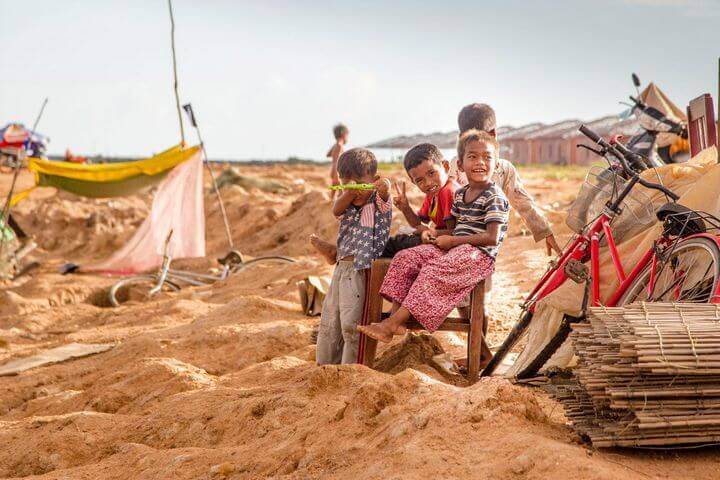
You Will Also Like: Things to do in London in Three Days
Beaches of Malaysia, Indonesia and Vietnam are the best choices in May. Vietnam is good not only for beach holidays but for sightseeing as well at this time. May is also the right time to explore the culture of China. It’s still worth to visit Japan, the city of Tokyo is especially beautiful in May. If you missed the opportunity to visit India earlier, make up for in May.
Summer brings the rainy season to most parts of South East Asia. However, it depends on a certain country, as weather conditions vary even within the same country. So, June is the right time to visit Indonesia, unlike New Year’s Eve when humidity levels reach its highest marks. The best regions to visit in Vietnam in June are Hoi An, Danang, Hue, Nha Trang, Quy Nhon, Dalat, and Central Highlands. To enjoy the Malaysian weather consider East Coast resorts of Kuantan, Tioman Island, Perhentian Islands, Terengganu, Redang and Kota Bharu.
July is the peak season in the Malaysian islands of Tioman, Terengganu, Redang Island, and the Perhentian Islands. It is the time of dry, sunny days and perfect sea conditions on the east coast. Weather conditions on the west coast islands ( Penang , Langkawi archipelago, and Pangkor Islands) are hot and humid, along with heavy downpours which are usually short living and bring a welcome drop to the humidity level. Indonesia pleases travelers with good weather conditions on Bali , Lombok Islands, on Sumatra Island as well. July is a peak season in China. While it’s too hot in Beijing as well as on the mainland, Hainan Island welcomes you with 80% humidity. The only exception is the Tibetan plateau with 22 degrees during the daytime.
Read More: How to Get a Decent Haircut in a Foreign Country
August is the time of perfect weather conditions for diving and beach vacation on Borneo, everywhere in Indonesia, central and southern Malaysia, central Vietnam. If you are planning to visit the island of Sumatra then expect mostly dry days, although be ready for some rainfall in the afternoons. The temperature usually fluctuates around 30°C while humidity level is rather high. During peak season, the limited availability of certain hotels means that it would be advisable to book them in advance to avoid disappointment. August is good for visiting China and Japan.
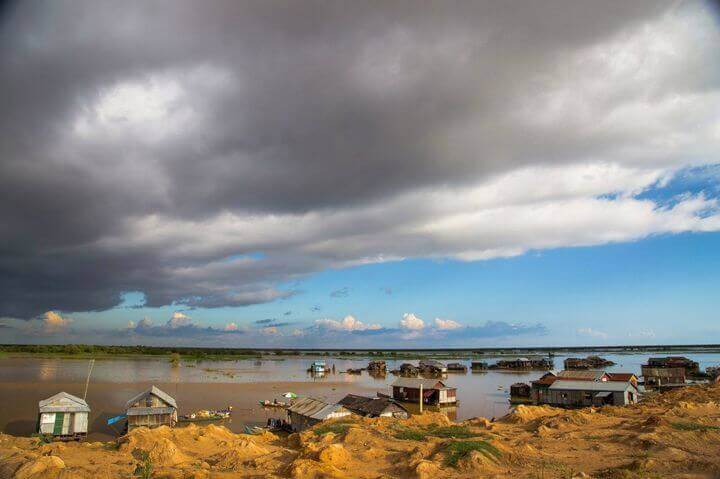
Read More: Best Time to Visit the United States
There is a slight change in weather conditions in Indonesia. The dry season is continuing so the average temperature is about 28°C. The weather is changing in Malaysia too, North-East Monsoon brings winds over the east coast that expressed in light sea disturbance and a slight temperature drop. However, the east coast is the best place to visit in Malaysia during September. September is the beginning of peak season in Jordan when soft warmth replaces summer heat.
In October you may consider visiting the Middle East. The most appropriate countries to visit are the UAE and Jordan. These are the countries with the perfect combination of water and air temperature at this time. October is the last month of the hot and rainy season in Vietnam. I would prefer visiting Northern regions of Vietnam. Langkawi archipelago would please you with the nice weather if you visit it in October as southeast monsoon is coming to an end.
Read More: Thailand Travel Guide
All autumn lovers should not miss the gold and purple October colors in South Korea. As this time is the autumn peak here, you can expect to enjoy picturesque panorama full of bright colors. Weather pleases with dry conditions and clear sky. Hainan Island is to be visited in October. Also, it’s a good time for exploring the northern regions of China. October is the last month of the dry season in Indonesia. The best place to visit is Sulawesi Island. The Rainy season begins in neighboring Malaysia. Frequent rains may occur, but the temperature is still high.
November is the best time to travel to the United Arab Emirates when the temperature fluctuates from 20 to 30°C. In November you can still enjoy South Korean autumn as it lasts from September to November with invigorating weather and sunny days. The period from November to December is ideal for visiting Indian cities of Delhi, Agra, Varanasi, Rajasthan, and Madhya Pradesh while the temperature in Goa and central India remain comfortable. For Cambodia trips, it is better to consider the period from November to April when the lowest chance of rain there. A western archipelago of Langkawi is a nice place to visit in Malaysia in November.
The best time to travel in India depends on your destination point . In December, the best place to go is the Goa (Indian Ocean), where you can enjoy peak season. For trips to Cambodia, Laos, and Myanmar it is better to consider December as an ideal month for traveling, the chance of rain is extremely low at this time. If you prefer a white beach view out of your hotel room go to Thailand or to the Philippines. Mild weather, clear water and local exotic that is what you find there. December is the ideal time for Sri Lanka sightseeing or relaxing vacation on picturesque beaches.
JOIN MY FREE WEEKLY NEWSLETTER!
Email Address *
YOU WILL ALSO LIKE
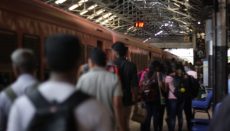
How To Avoid Pickpocketing On The Road

15 Fantastic and Easy Day Trips Close to Moscow
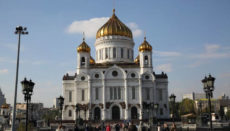
Travel Itinerary For One Week in Moscow
No comments.
Save my name, email, and website in this browser for the next time I comment.

- Privacy Overview
- Strictly Necessary Cookies
My website uses cookies so that I can provide you with the best user experience possible. Cookie information is stored in your browser and performs functions such as recognising you when you return to my website and helping me to understand which sections of Mind The Travel you find most interesting and useful.
You can adjust all of your cookie settings by navigating the tabs on the left hand side.
Strictly Necessary Cookie should be enabled at all times so that I can save your preferences for cookie settings.
If you disable this cookie, I will not be able to save your preferences. This means that every time you visit my website you will need to enable or disable cookies again.

IMAGES
COMMENTS
The seasons on each side of the peninsula are different. The best time to visit the western islands is from December to February, while the perfect time to visit the east coast is from June to August. 32-Day Grand Southeast Asia Expedition: Vietnam, Cambodia, Laos, Malaysia, and Indonesia Tour.
The best time to visit Southeast Asia, including Thailand and Vietnam, is from November to February, offering cool and dry weather. For South Asia, like India and Sri Lanka, October to March is ideal with milder temperatures and less humidity. East Asia, including Japan and China, is best in spring and autumn for cherry blossoms and colorful ...
November to February: As with most of Southeast Asia, the dry season is considered the best time to visit the Philippines. The weather is at its coolest, hovering around the mid to low 20s across most of the country. This is a great time for beach lovers as the rains are few and far between.
The best time to visit Asia depends on which country you go to. While winter is a good time in general, here is a guide to the seasons and weather in Asia. ... vibrant Chiang Mai in the north and the gorgeous beaches of Phuket in the south. View Vacation Java, Indonesian Borneo & Bali Islands: Culture, Wildlife & Nature 14 Days from ...
Visiting Southeast Asia in August. A great time for wildlife enthusiasts to visit Borneo, the weather is hot and dry in August with turtle hatchlings on the beaches and great trekking but busy hotels. It's peak season in Indonesia with great weather for temple visits, jungle hikes or relaxing on the beach, and the Malaysian east coast beaches ...
The second worst time to visit South Korea is in winter, from December to February. January is the coldest month of the year, with temperatures in Seoul sometimes dropping below -10°C (14°F) and occasionally falling below -15°C (5°F). Suggested reading: Plan a Family Trip to South Korea>>> Best Times for Pleasant Weather and Fewer Crowds
Beginner travelers should check out these travel tips and follow this Southeast Asia travel advice when considering a visit to the region for the first time. 1. Pick your countries wisely. While it's tempting to visit many countries and cities on a single trip to Southeast Asia, it's worth taking it slow and digging into the culture of a single ...
Last Updated: August 6, 2024. Backpackers have been traveling through Southeast Asia since the late 1960s and early 1970s, leaving a well-worn trail around the region. Starting in beautiful Thailand, the trail makes its way to up-and-coming Laos, through Vietnam, and to the temples of Angkor Wat. It then winds back into Thailand, where people ...
Worst Time to Visit mainland Southeast Asia (Northern Thailand, Laos, Cambodia, Vietnam) May to September is the period when you will probably experience the most rain on an extended trip across Southeast Asia. However in general, March to May are the hottest months when sightseeing and getting around can be quite uncomfortable everywhere apart ...
The best time to visit Southeast Asia is between November and February. There's drier, less humid and slightly cooler weather in most of the region, with average temperatures around 30°C. Bring a warm jacket for evenings, though. The rainy season in Southeast Asia is between June and October, meaning flooding in the Mekong Delta and lush ...
15 Best Places to Visit in India, According to Travel Experts 22 Best Things to Do in Bali — From Volcano Treks to Luxe Spa Days Singapore's Candy-Colored Shop-Houses Are a Record of the City's ...
Explore Southeast Asia holidays and discover the best time and places to visit. Explore Southeast Asia holidays and discover the best time and places to visit. Lonely Planet. Destinations. Planning ... 7 of the best places in Southeast Asia for solo travelers. Jul 12, 2024 • 11 min read.
2 months is the perfect minimum time to enjoy all four countries in mainland Southeast Asia and travel through them overland without having to rush. With at least 6 to 8 weeks you can follow the complete so-called Banana Pancake Trail , a famed Southeast Asia backpacker route that mainly runs through Thailand, Laos, Cambodia, and Vietnam ...
1. Choose Where to Go. Among all our couples' and family clients' choices, the best-selling itineraries cover the Southeast Asia travel hubs of Thailand (Bangkok, Chiang Mai, Phuket / Koh Samui), Vietnam (Halong Bay, Hanoi, Hoi An, Ho Chi Minh) and Cambodia (Angkor Wat). >> How to Plan a 3-Week Thailand, Cambodia, and Vietnam Tour.
They organize all kinds of events and tours, so it's easy to make friends here. Days 27-29: Siem Reap. Follow the Siem Reap and Angkor Wat itineraries from above. If you have time, visit Tonle Sap, Southeast Asia's largest freshwater lake and UNESCO nature reserve. It is 52 kilometers (32 miles) from Siem Reap.
Here's a handy guide to high and low seasons in some of Southeast Asia's most popular spots. Bali: July-September is the driest period, but December-February is best for deals. April to October. Temperatures average 24-30°C and the weather is mostly dry. season and when you can expect to pay the highest rates. December to February.
Sampling the food and drink in a new country is all part of the travelling experience and one of the best parts of visiting Southeast Asia is to eat the local food. Here's a few tips to keep you safe and avoid the dreaded traveller's belly! 26. Don't drink the tap water.
The best time to visit Southeast Asia is an important consideration in vacation planning for such a vast region, with its diverse countries, colorful Destinations Experiences Deals About Search Contact +1.888.215.3555 Agents
Best Time: September - November Read More. Budget: Cheap. September - November is the best time to visit South Asia. During this time, the heat has subsided enough to be able to bear the temperatures. At the same time, it is dry which makes travelling convenient.
A Sample 15-Day Southeast Asia Itinerary Covering 3 Countries: If you want to travel at a comfortable pace, you may need to add one or two days. The classic combo is Thailand, Vietnam, and Cambodia: spend 6 days in Thailand, 6 days in Vietnam, and 3 days in Cambodia. Spend two days in Bangkok.
Asia in January, February & March. CAMBODIA. Although it's peak season between November and March, the first few months of the year are particularly great times to visit this stunning Southeast Asian country. Temperatures range from 20°C but can get up to a steamy 35°C in March (good excuse for a swim, if you ask us!).
Here's a quick summary of the best time of year to visit each region: Southeast Asia: November to February (dry season) East Asia: March to May and September to November (spring and autumn) South Asia: October to March (winter and early spring) Central Asia: April to June and September to October (spring and autumn) If you've wondered why ...
Central Vietnam/beaches (including Da Nang, Hoi An, Hue and Nha Trang):When to go: January to May. This is the driest time of year and temperatures average 70-86 degrees. June to August is also fairly dry, but gets increasingly hot and humid. Rainy season: June to July and September to November in Da Nang.
The verdict: the best and worst times to visit South Korea, revealed! After considering the weather, crowd levels, and cultural events, the best times to visit South Korea are spring and autumn. These periods offer mild temperatures, beautiful landscapes, and a range of cultural festivals, making them ideal for a well-rounded travel experience.
Spring heralds the tourist season and the best time to visit Bhutan is from March to May when the landscape is a riot of colours with all the flowers blooming. The monsoon season overlaps with summer, so look out for flash floods and heavy rains if you travel during that time. ... South Asia. Best Time To Visit Bhutan: Choosing The Perfect ...
Best Time to Visit Asia . January. January is a good time for visiting South Vietnam and India. Myanmar, Laos, and Cambodia are also worth visiting because of the low humidity level and low chance of rain. Malaysia, as a country that doesn't have pronounced seasonality, is also a right choice in January.
The best time to visit Southeast Asia is between November and February. There's drier, less humid and slightly cooler weather in most of the region, with average temperatures around 30°C. Bring a warm jacket for evenings, though. The rainy season in Southeast Asia is between June and October, meaning flooding in the Mekong Delta and lush ...